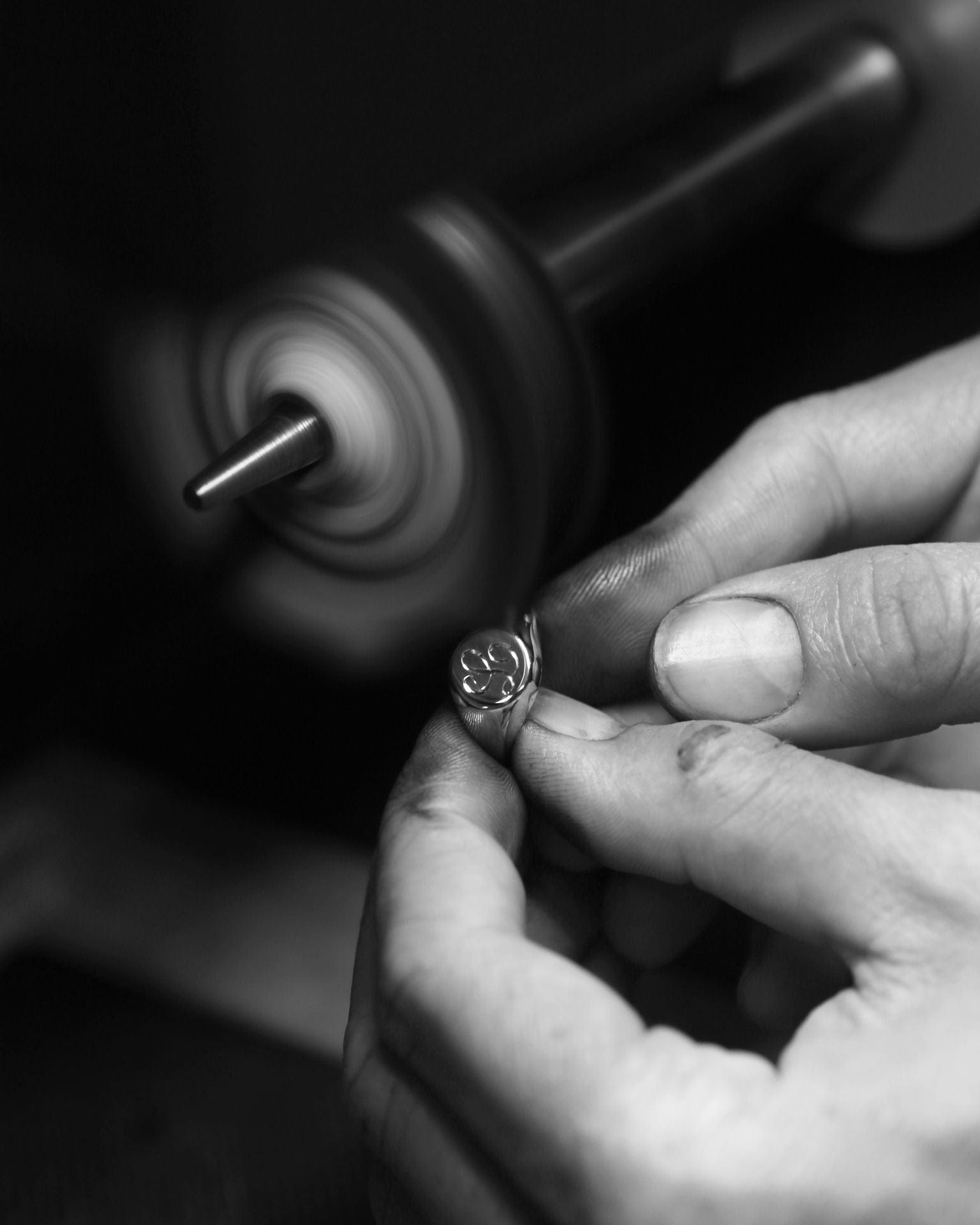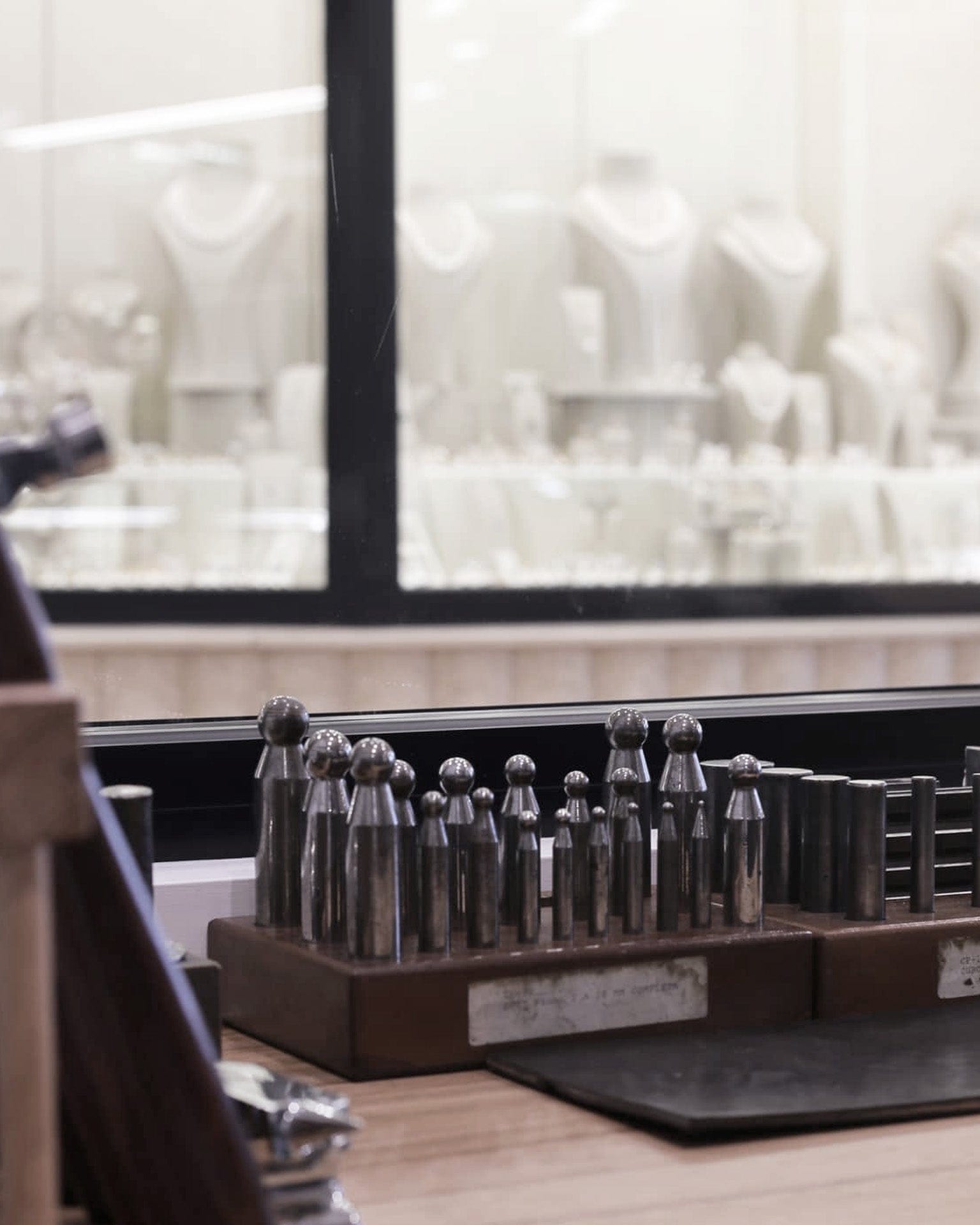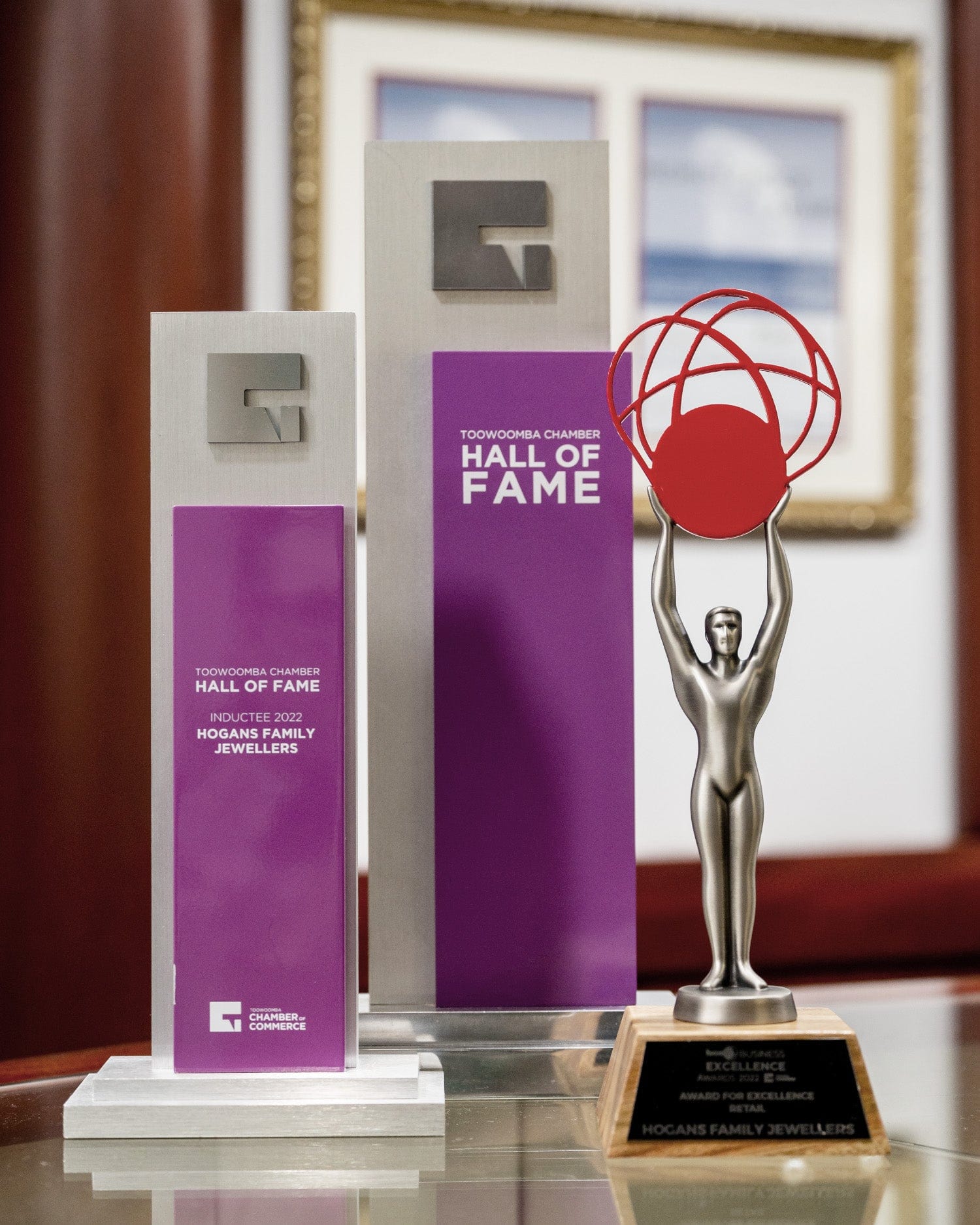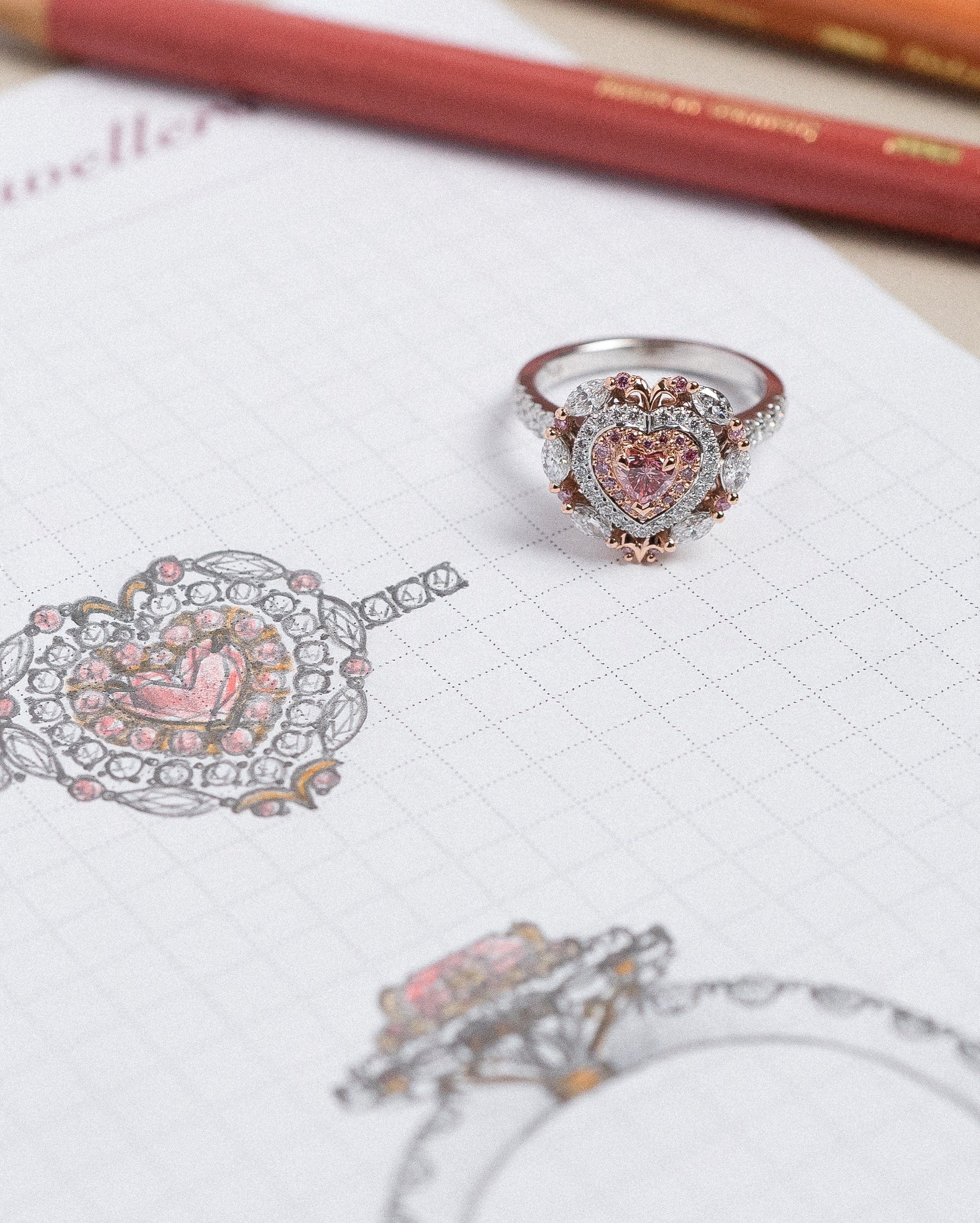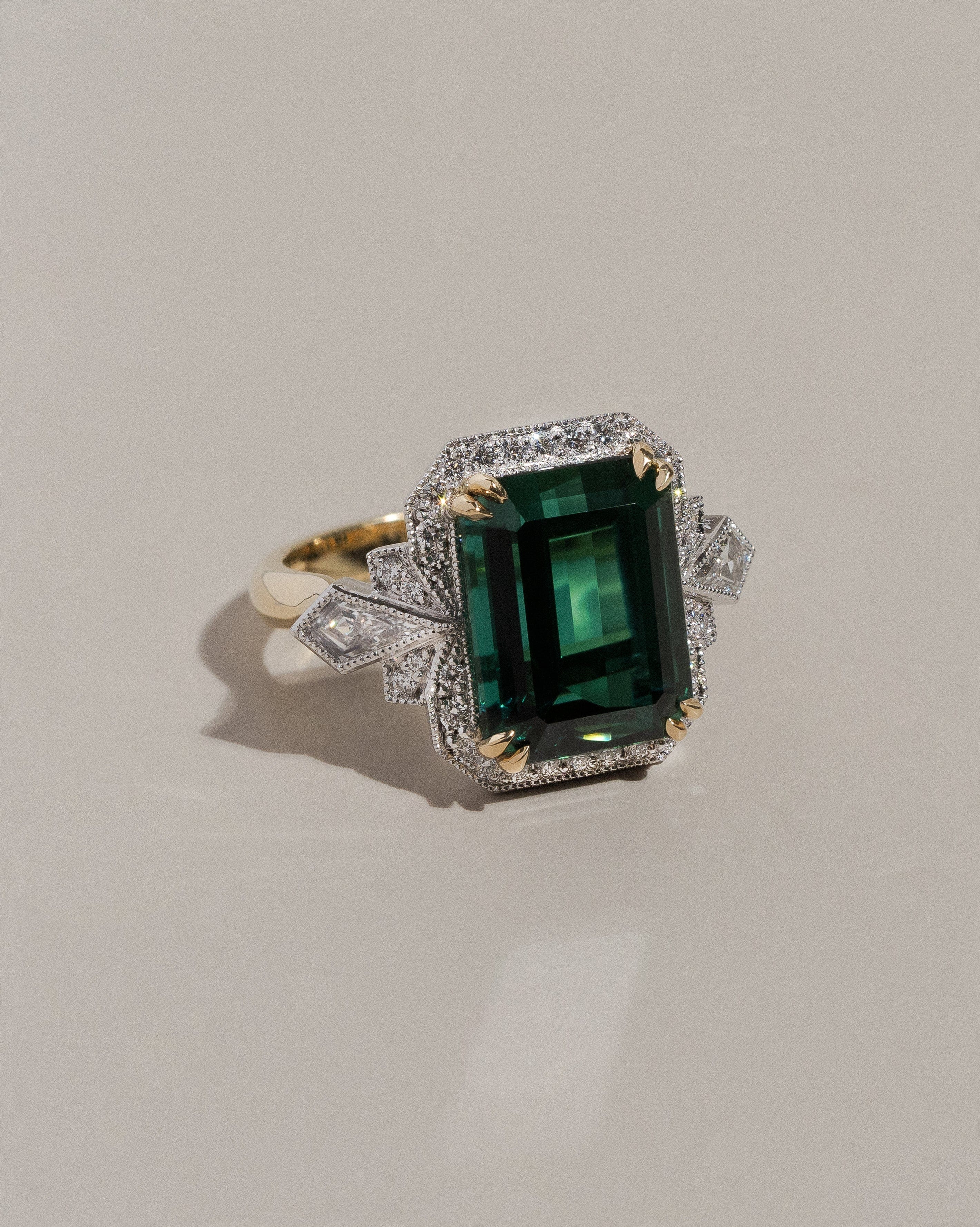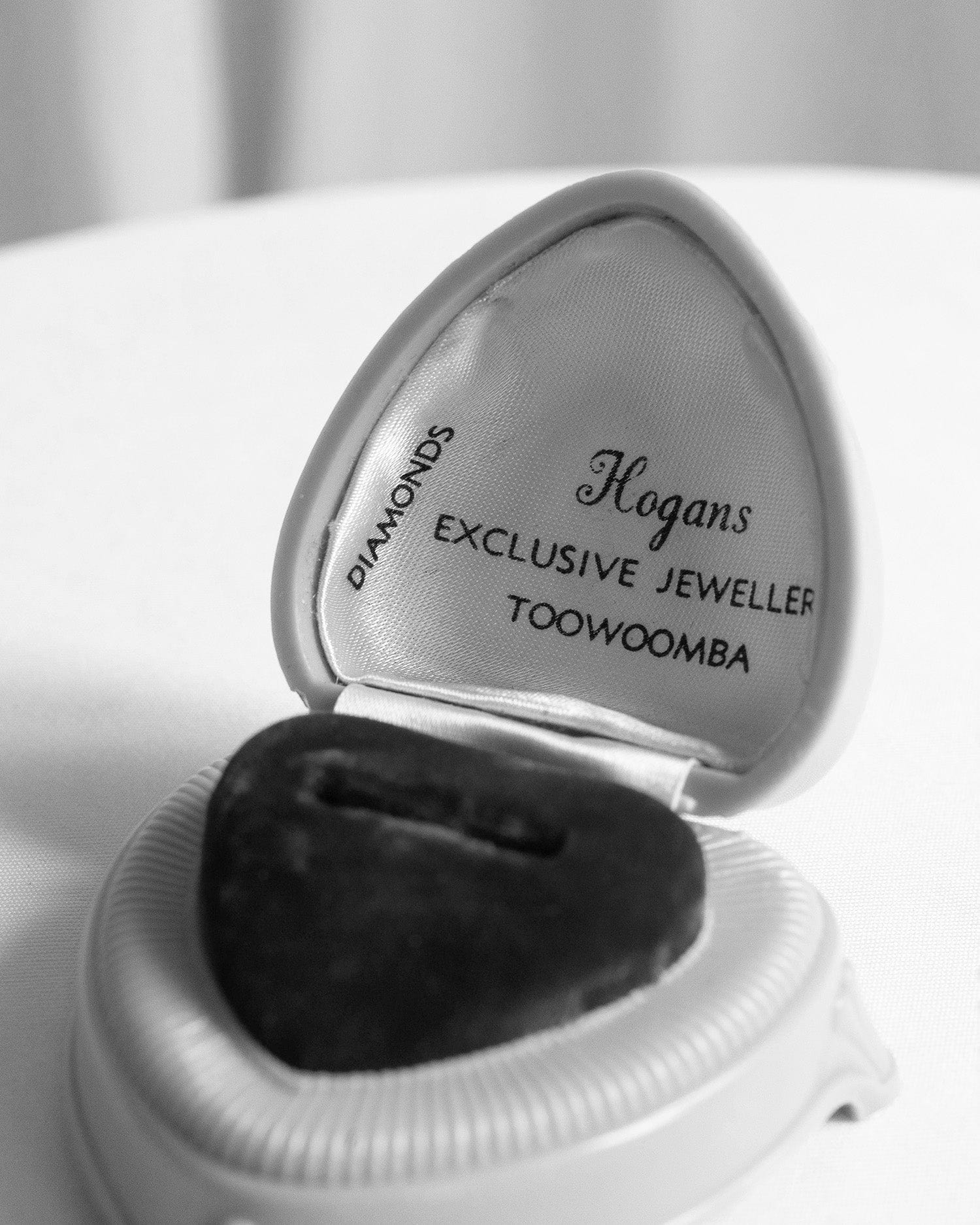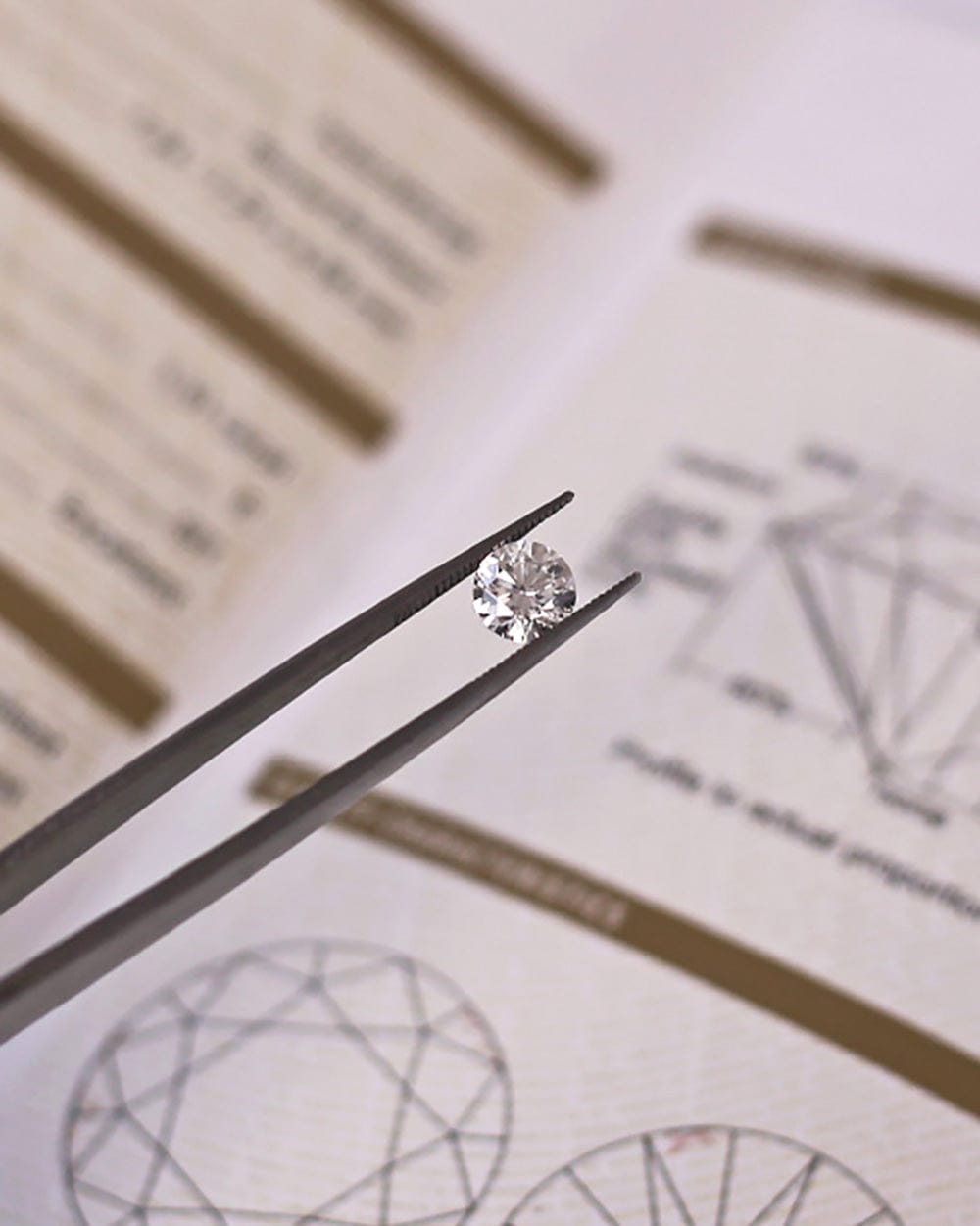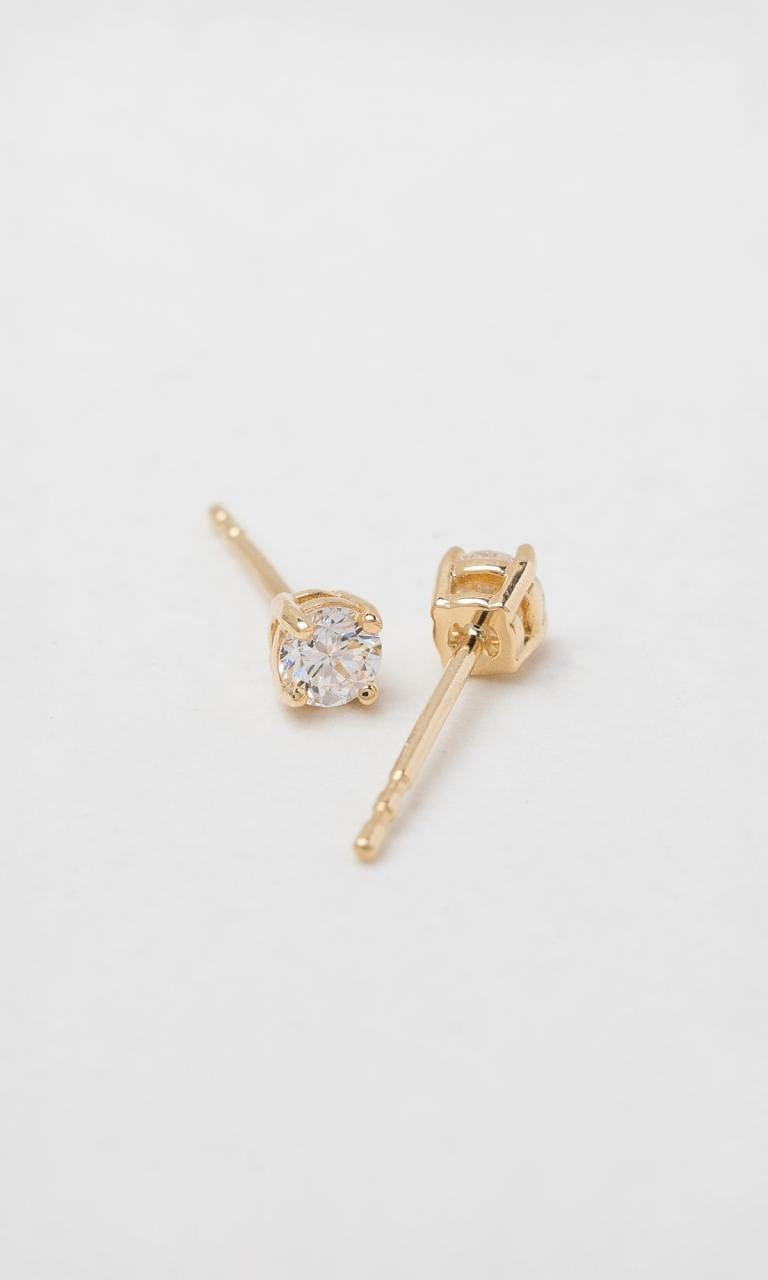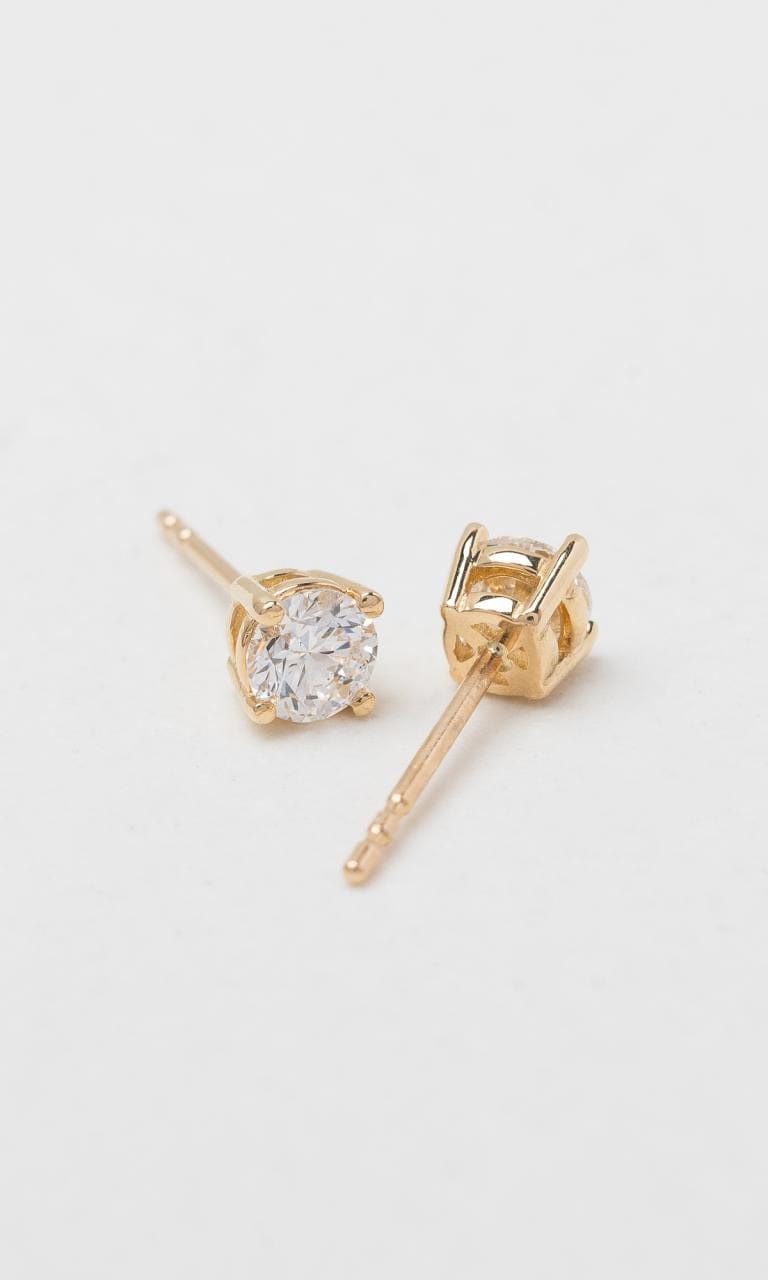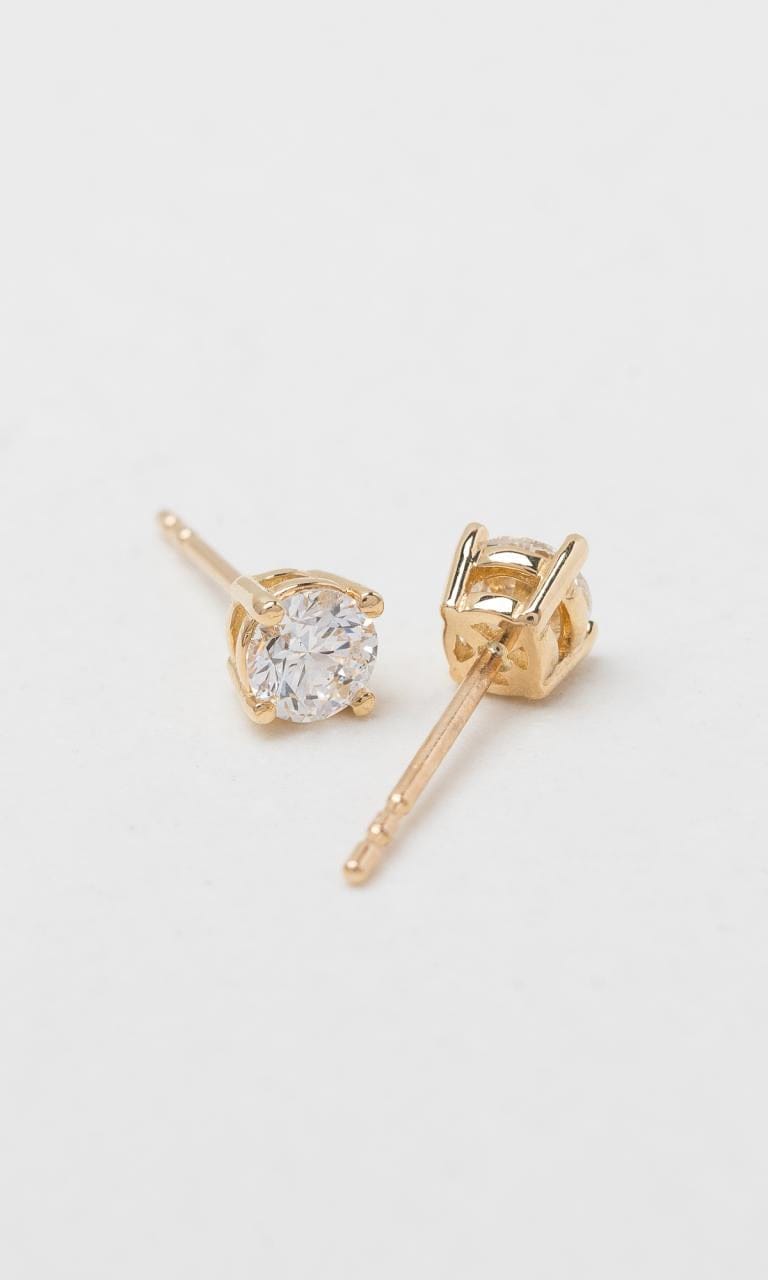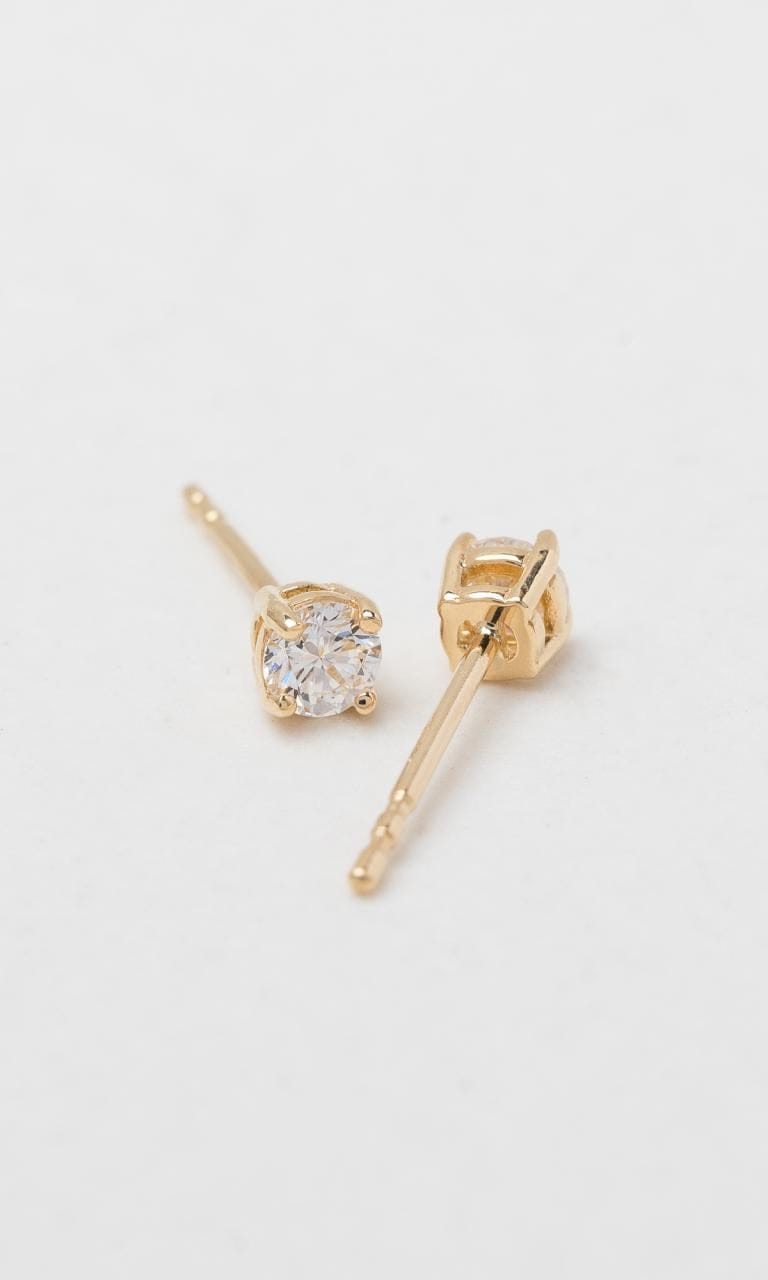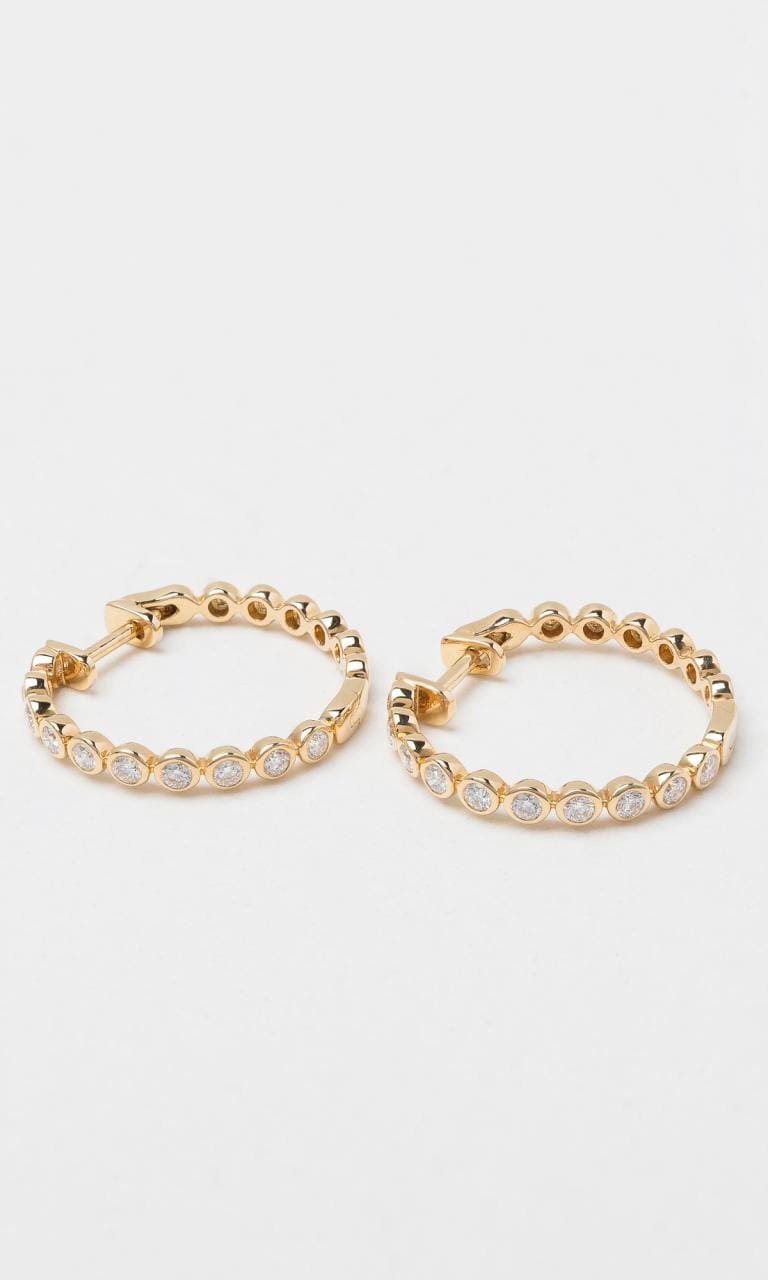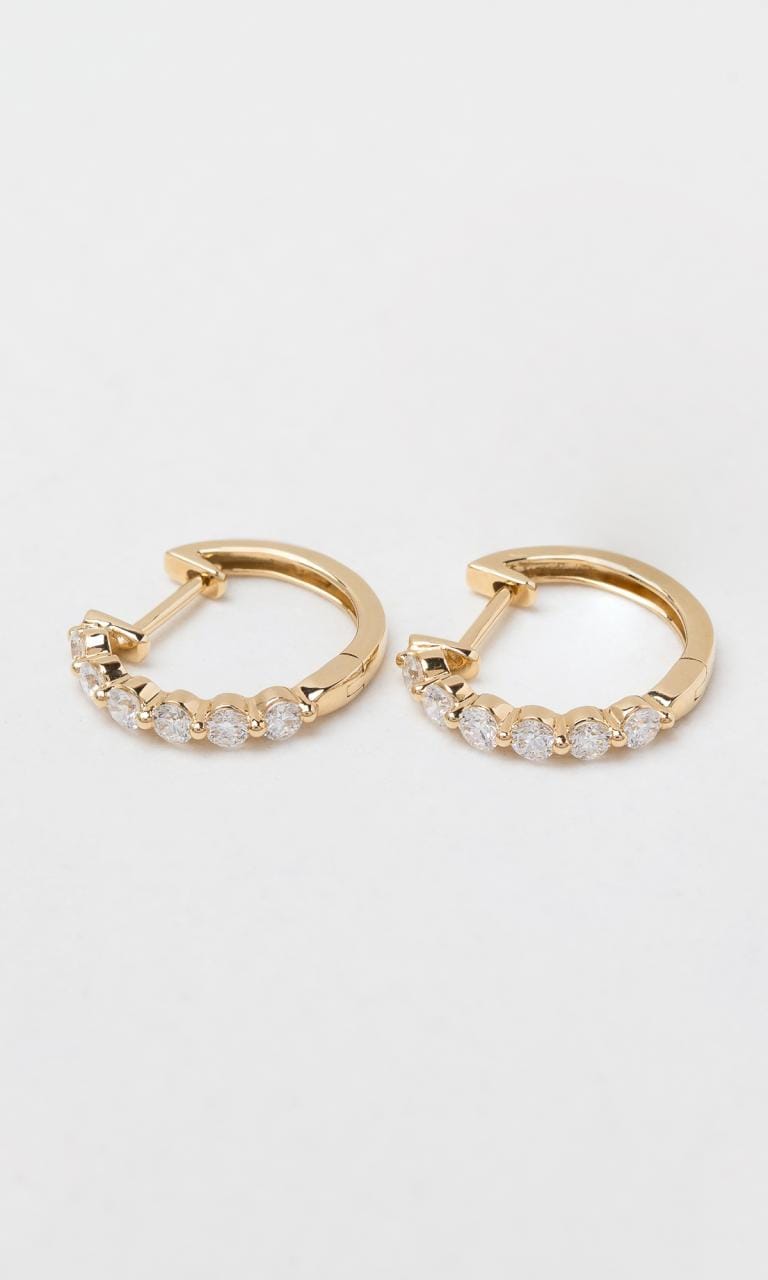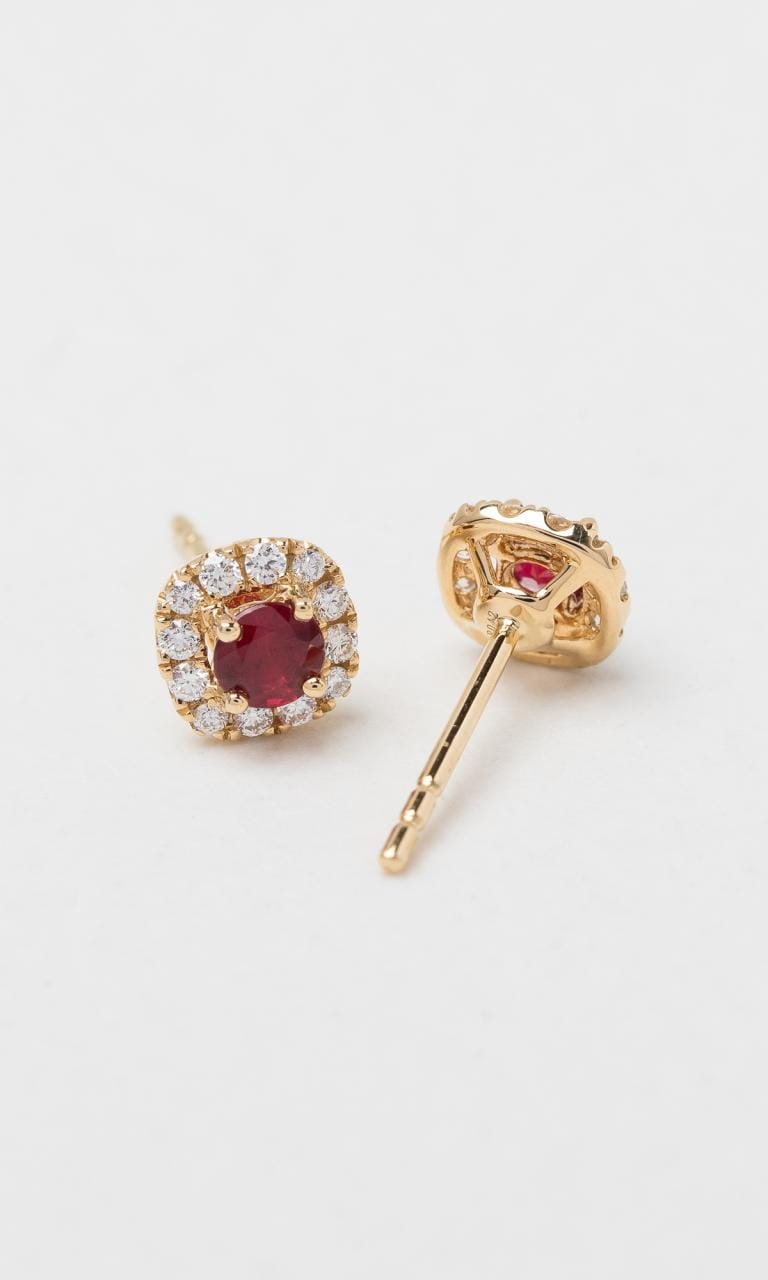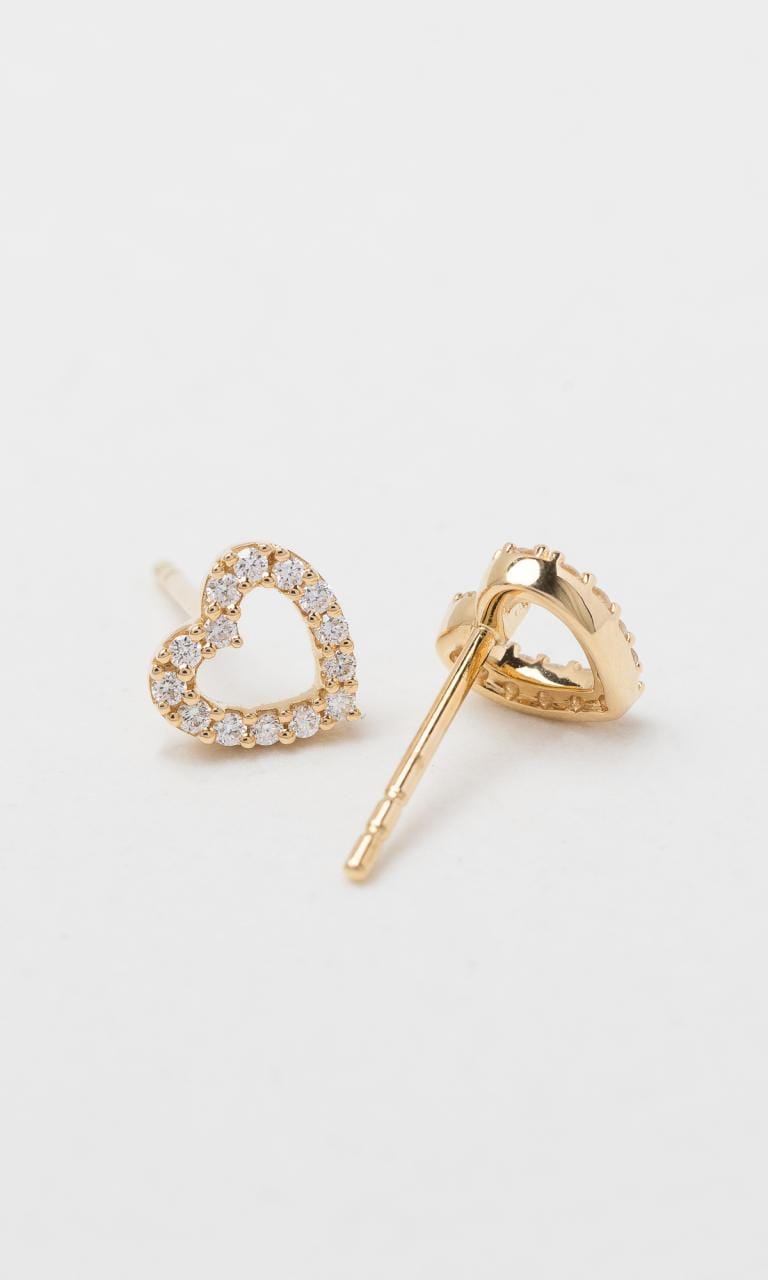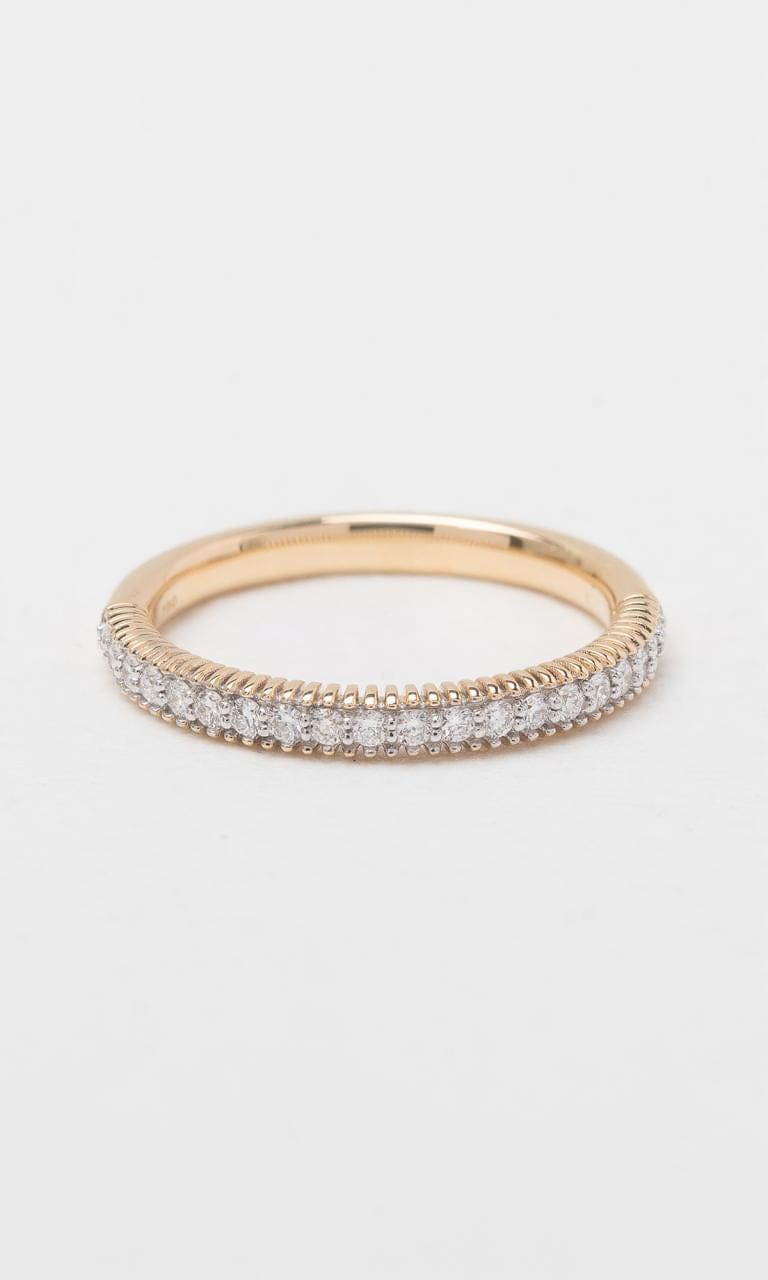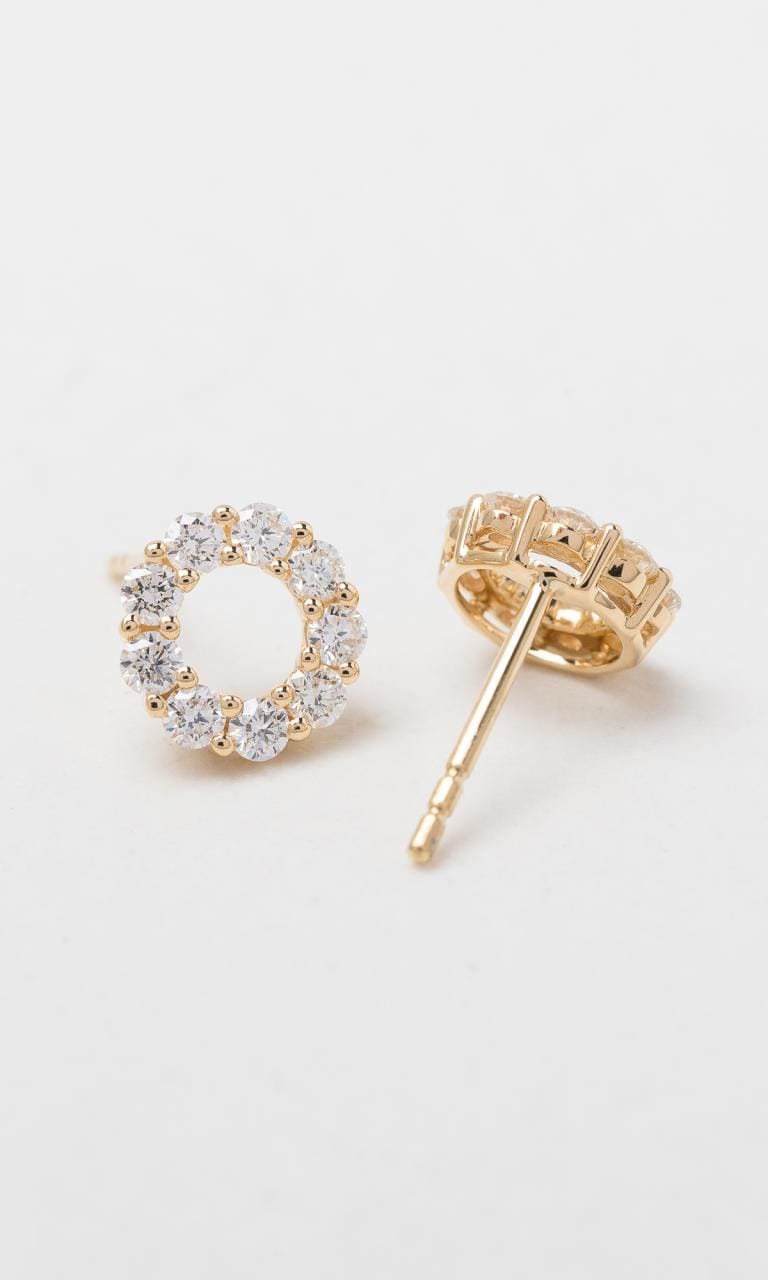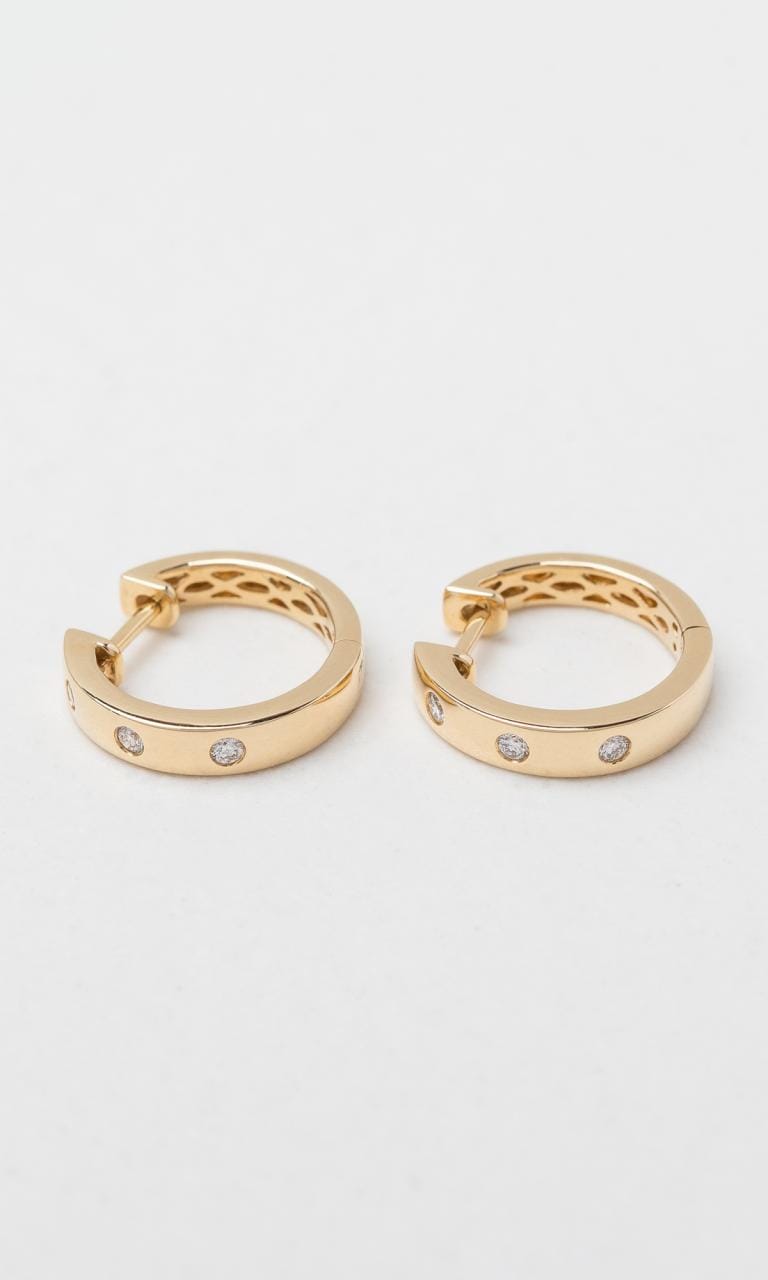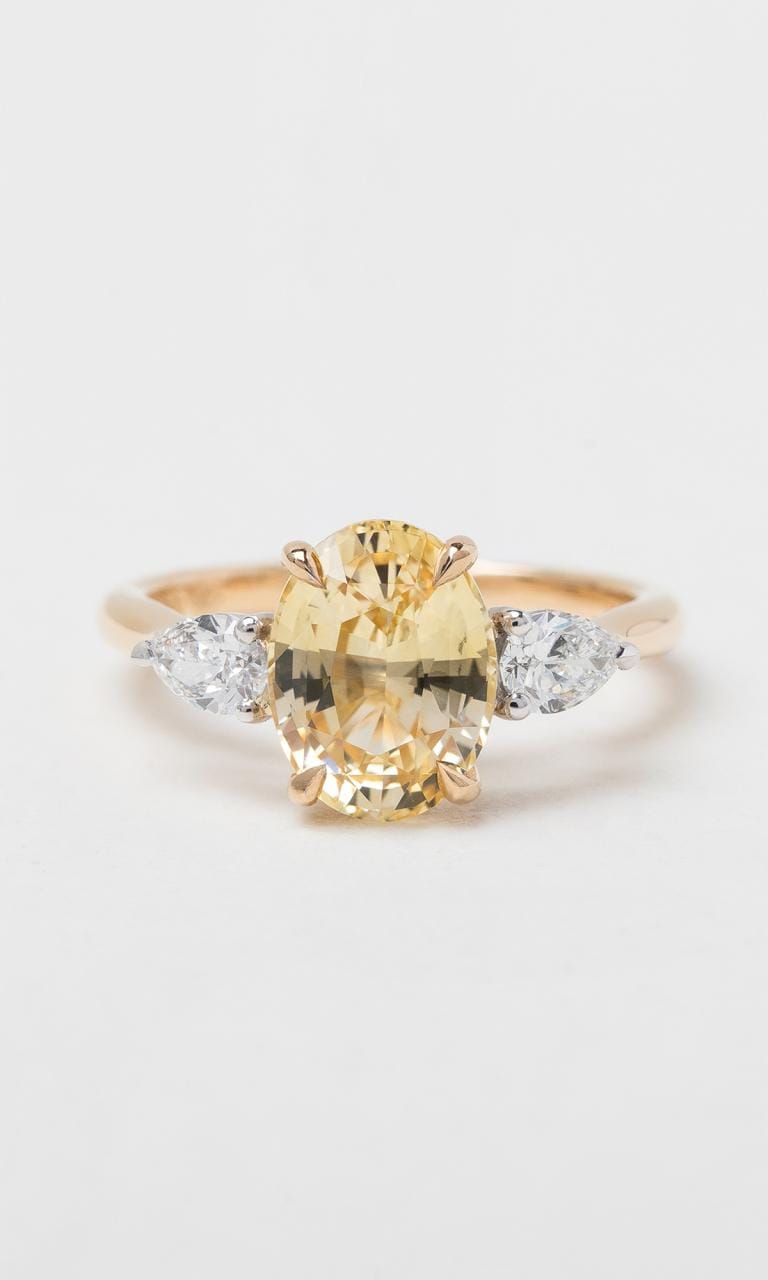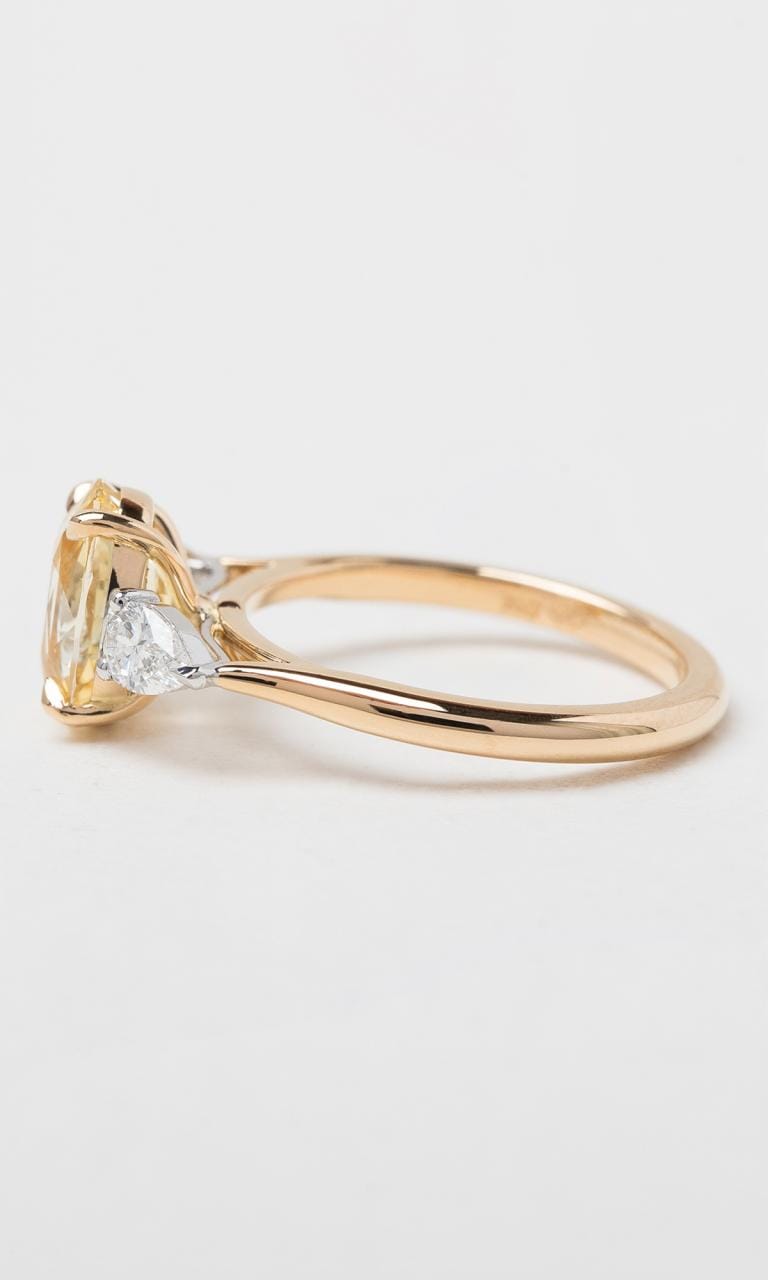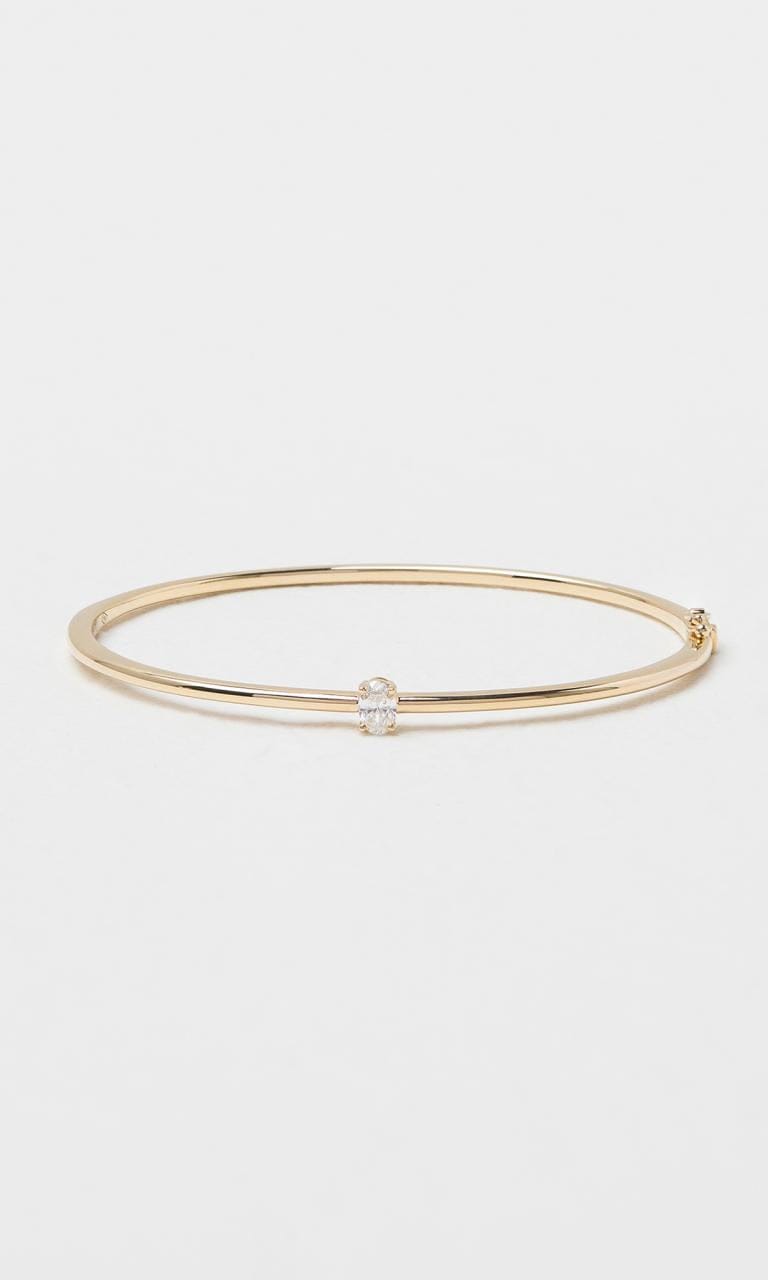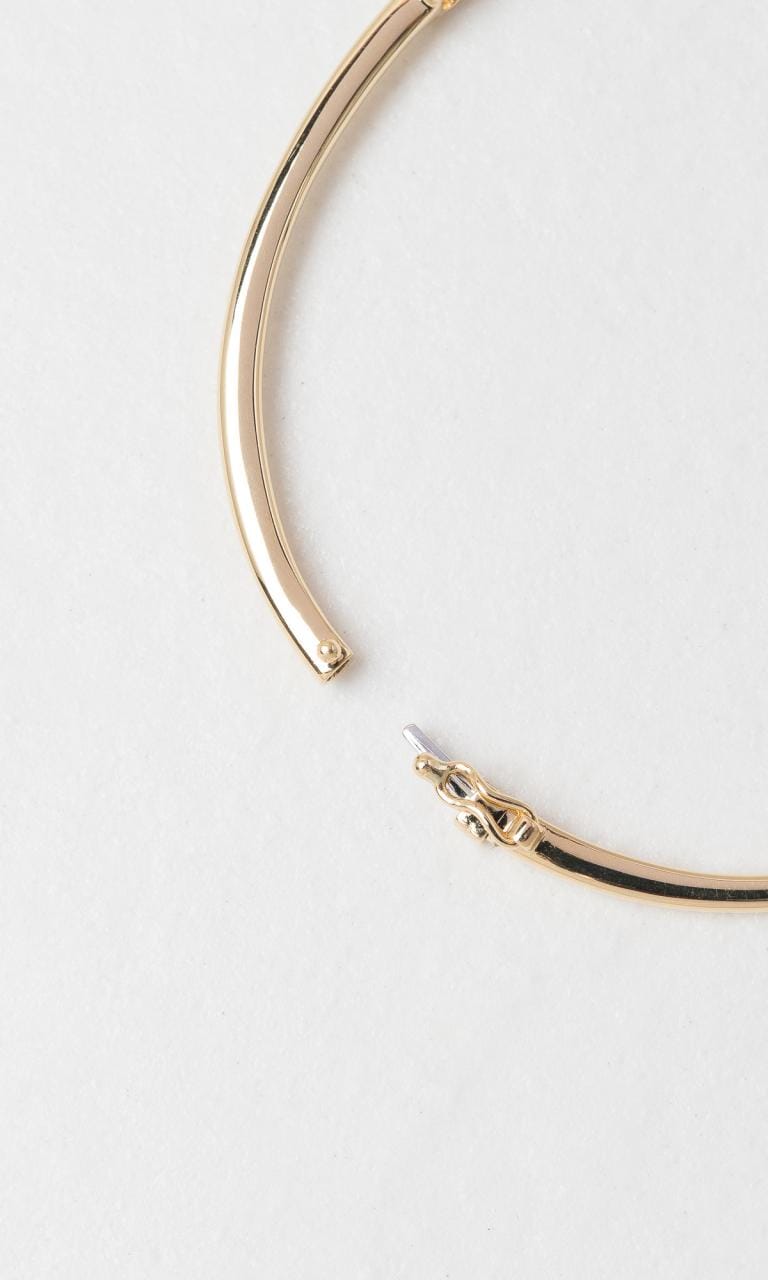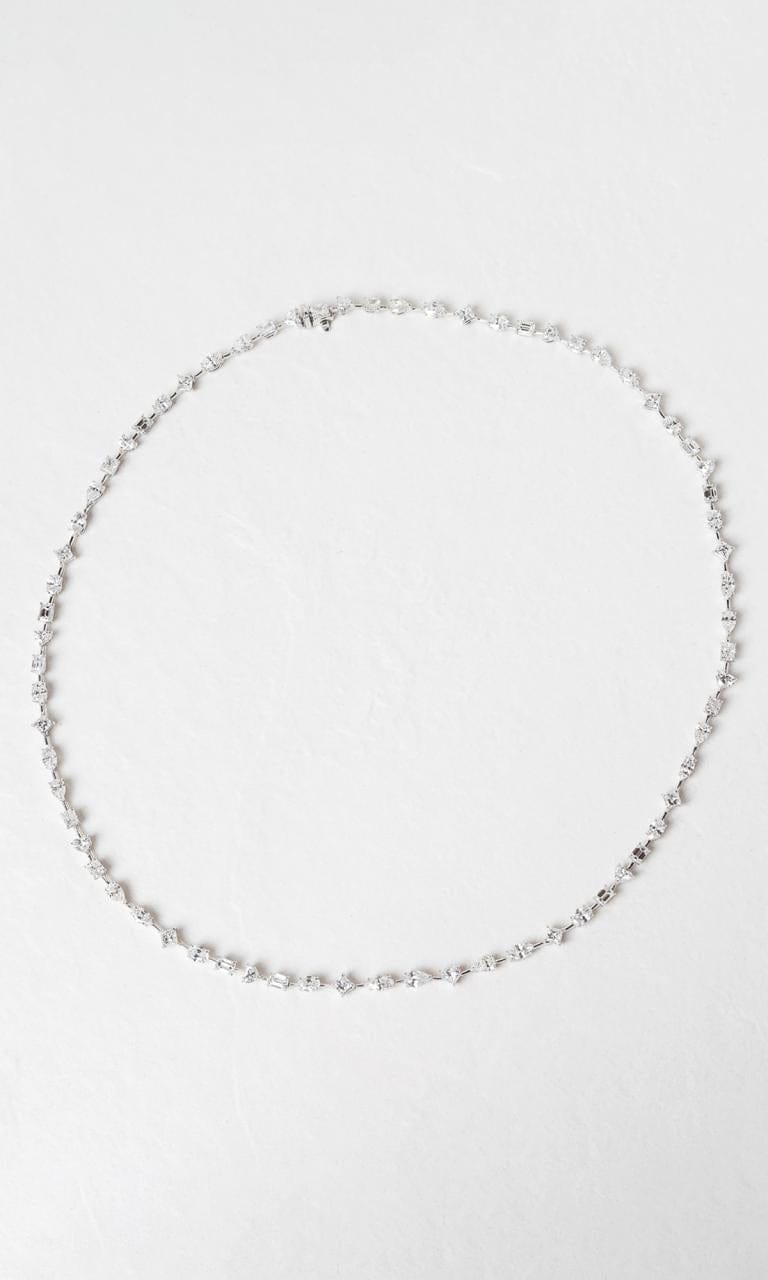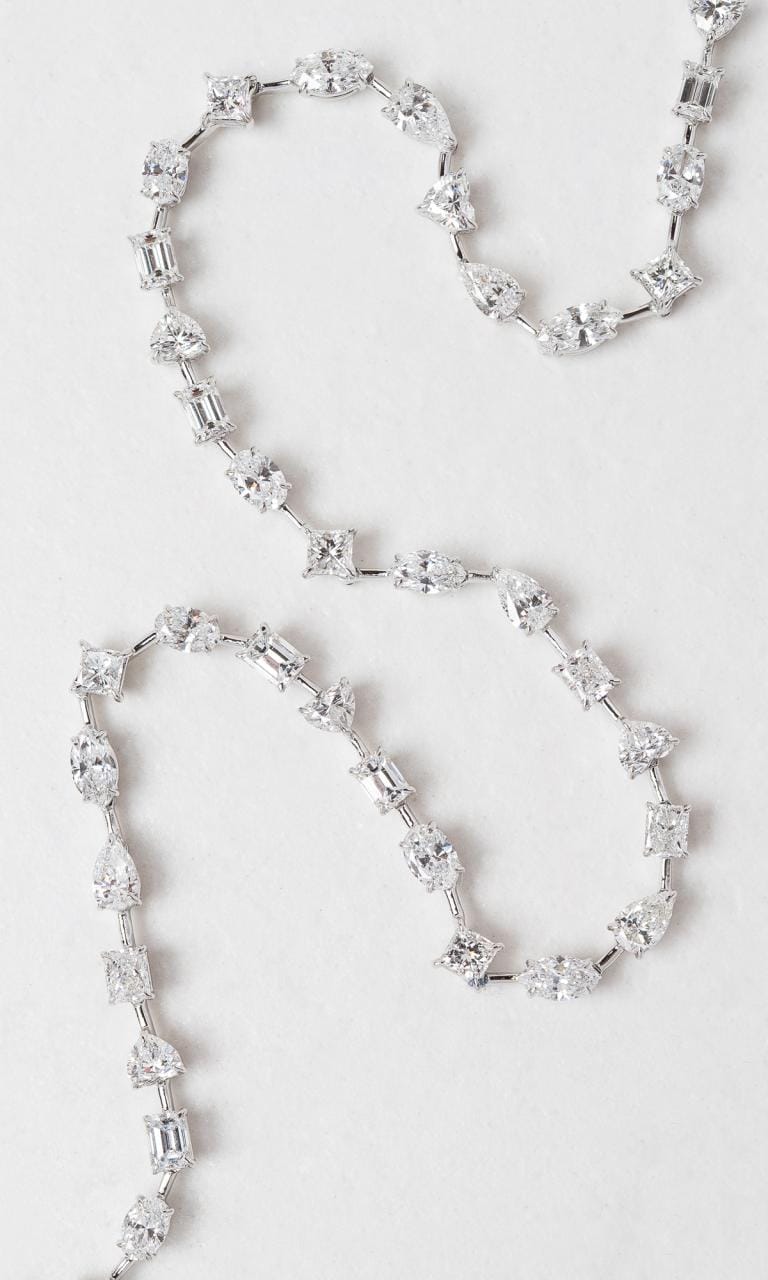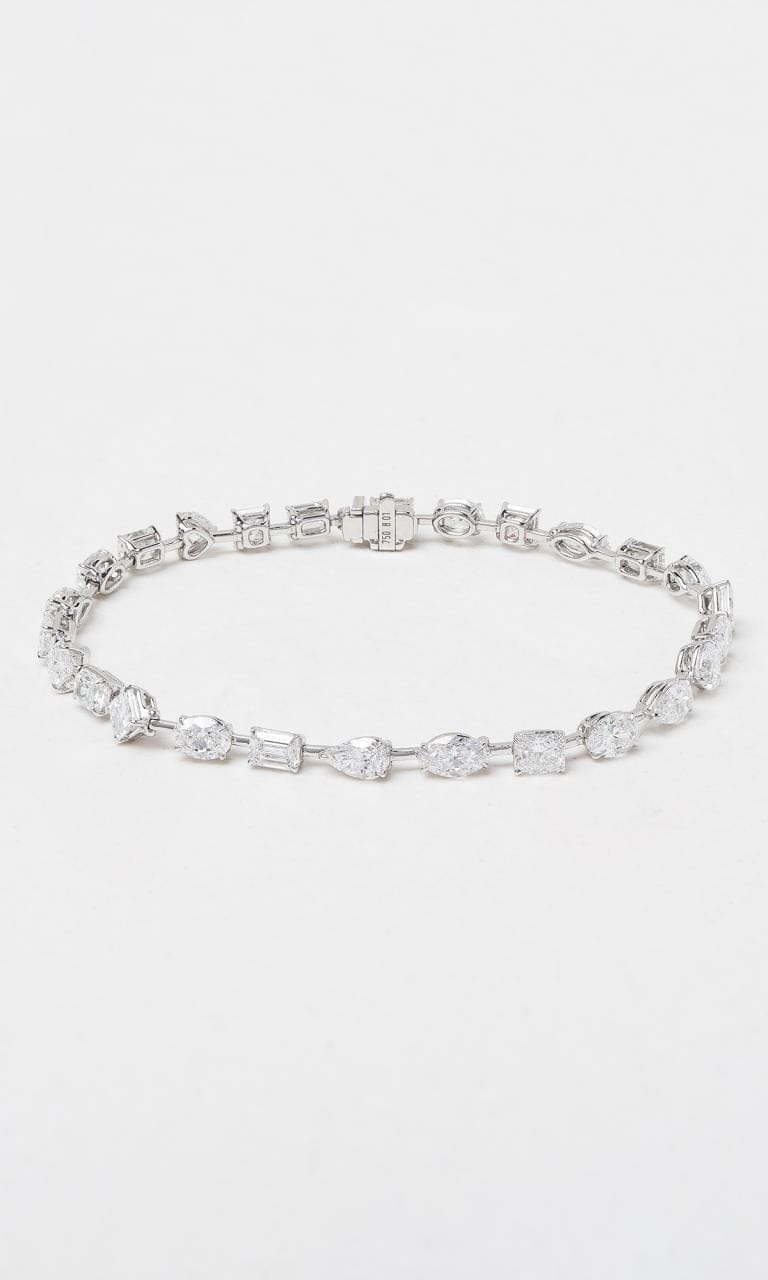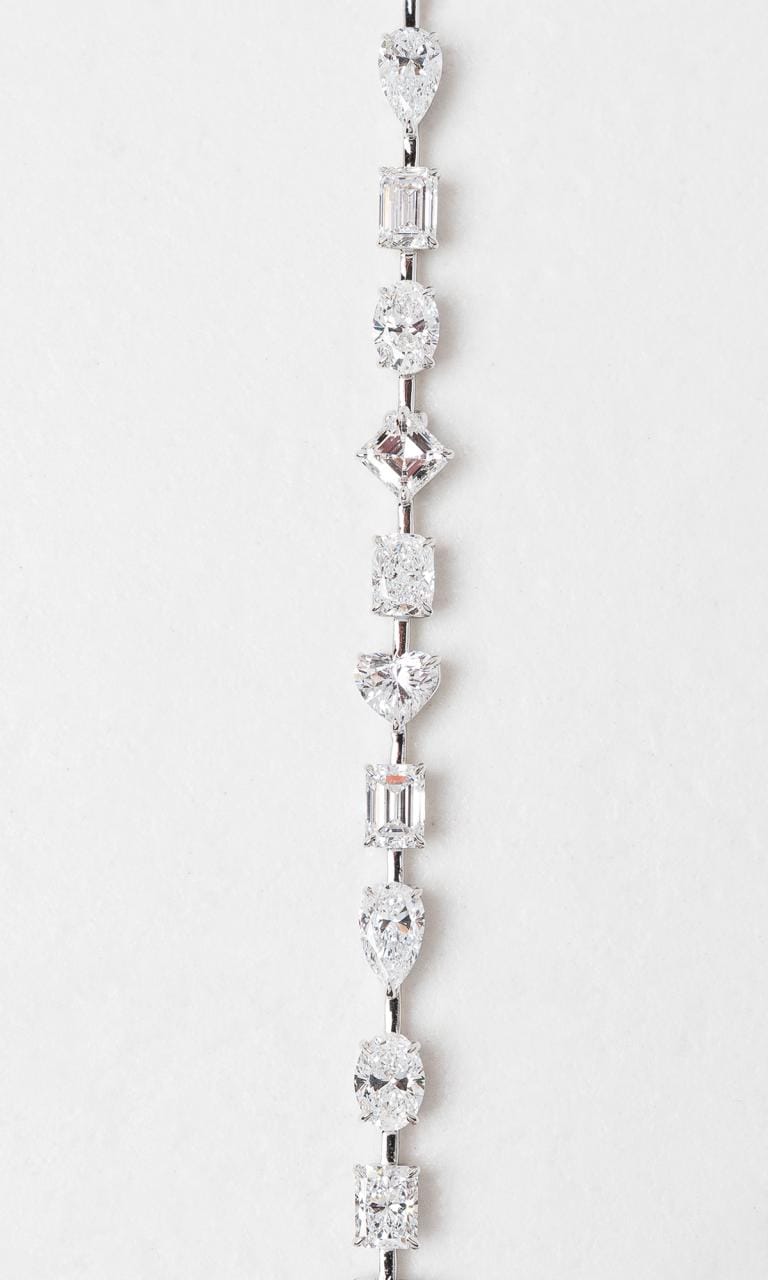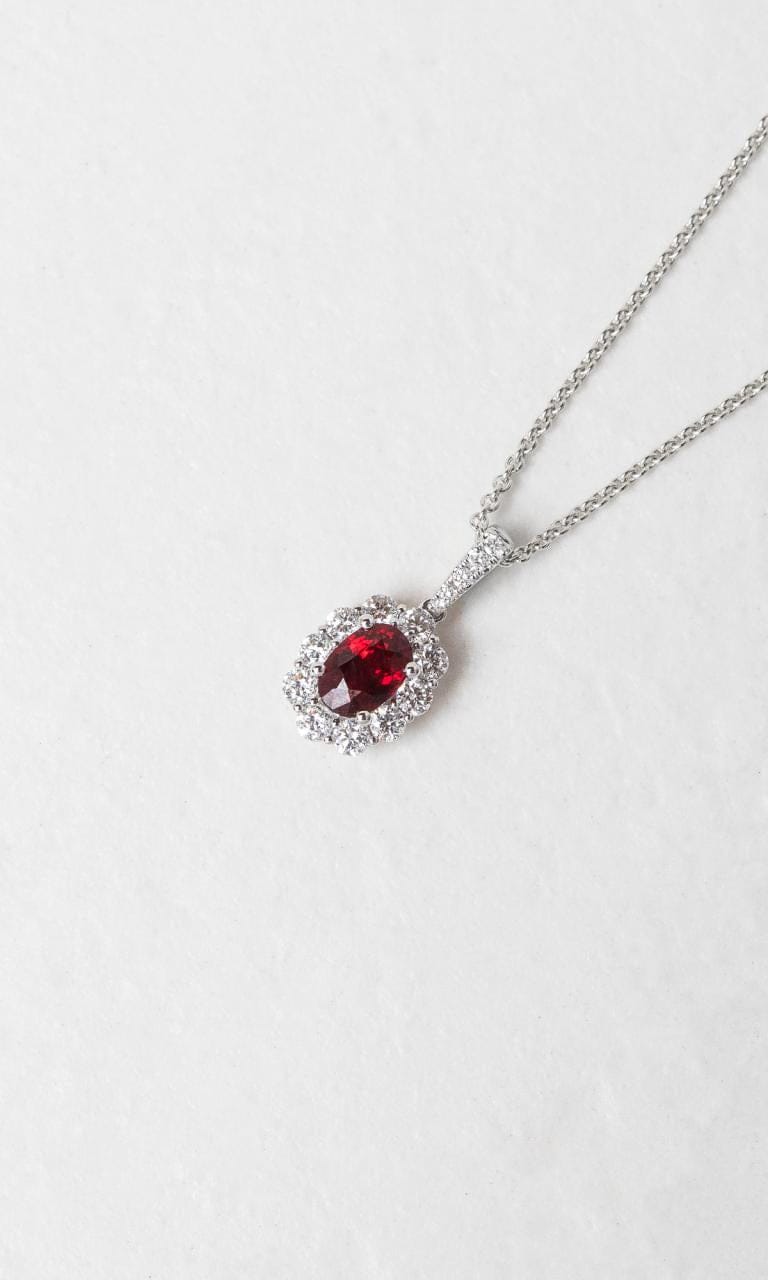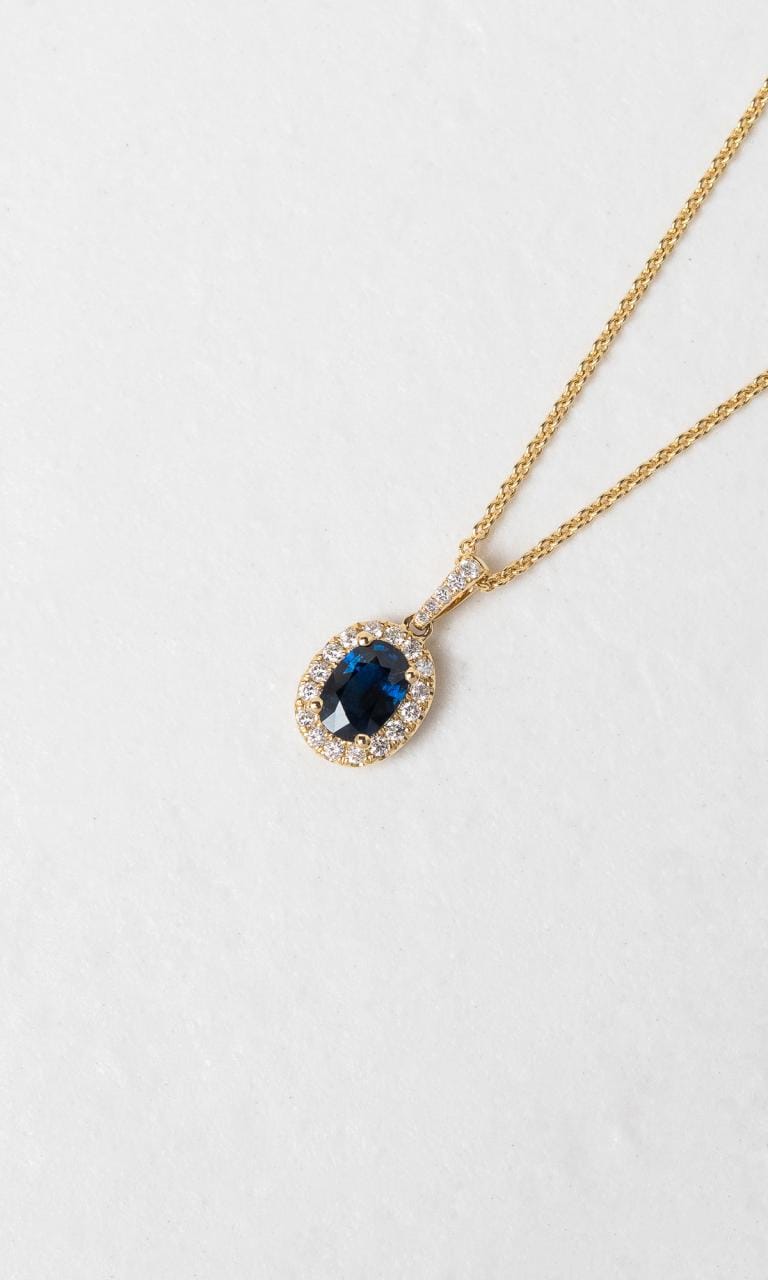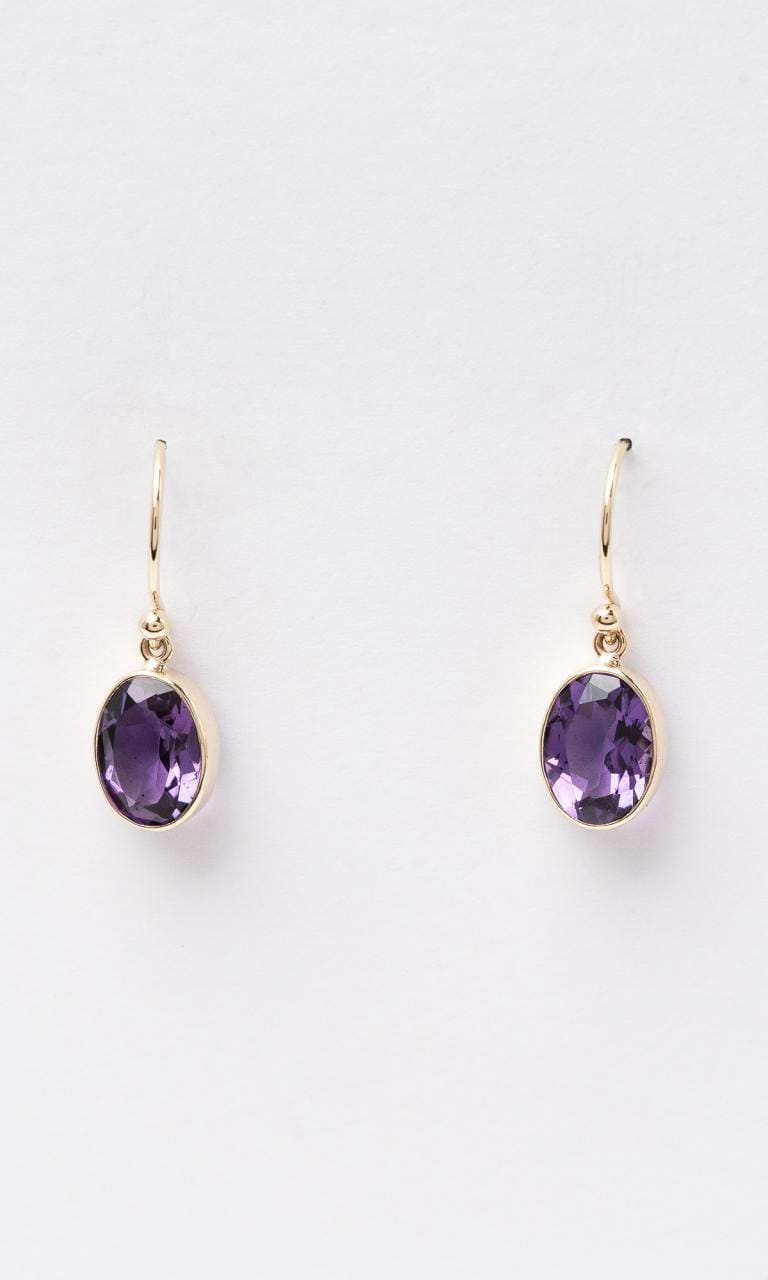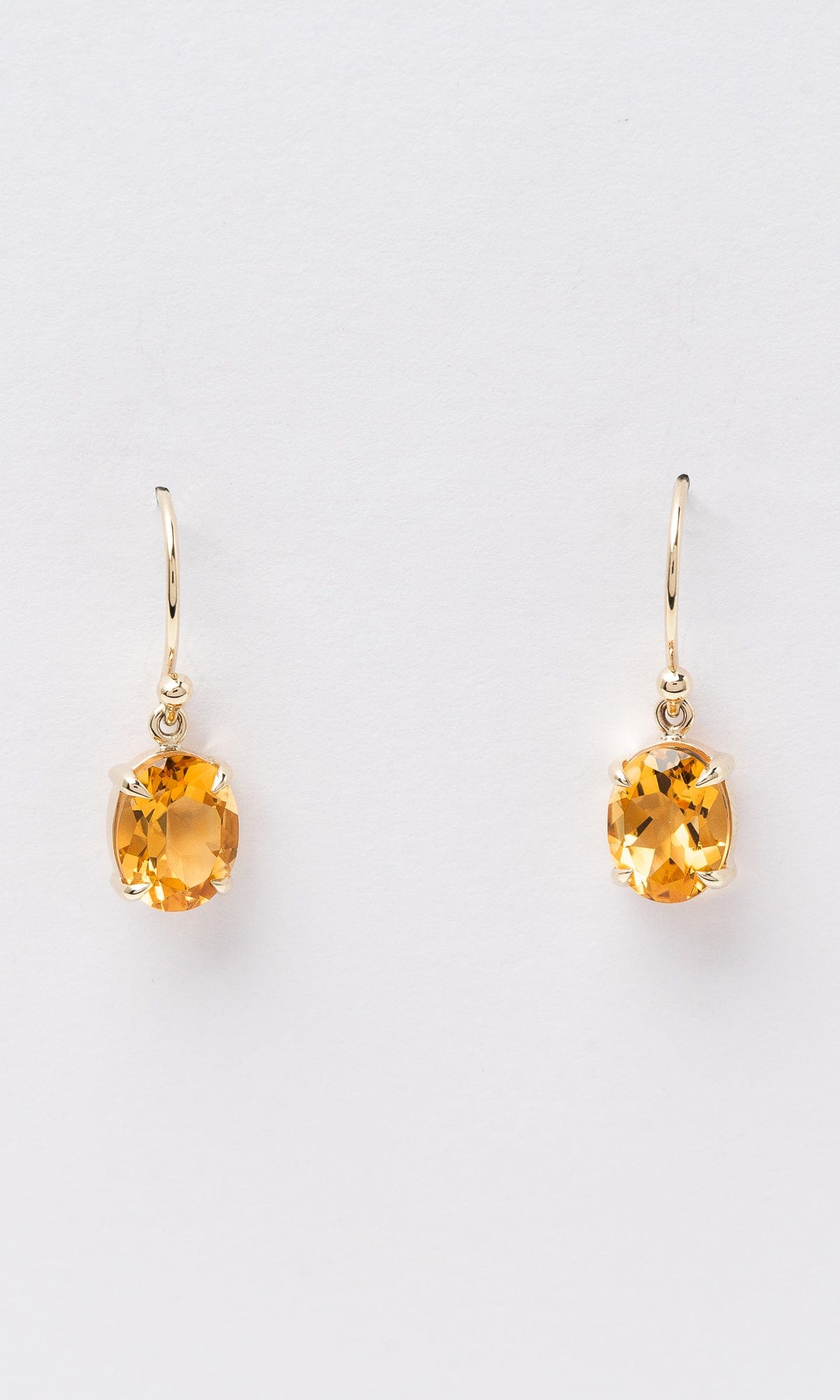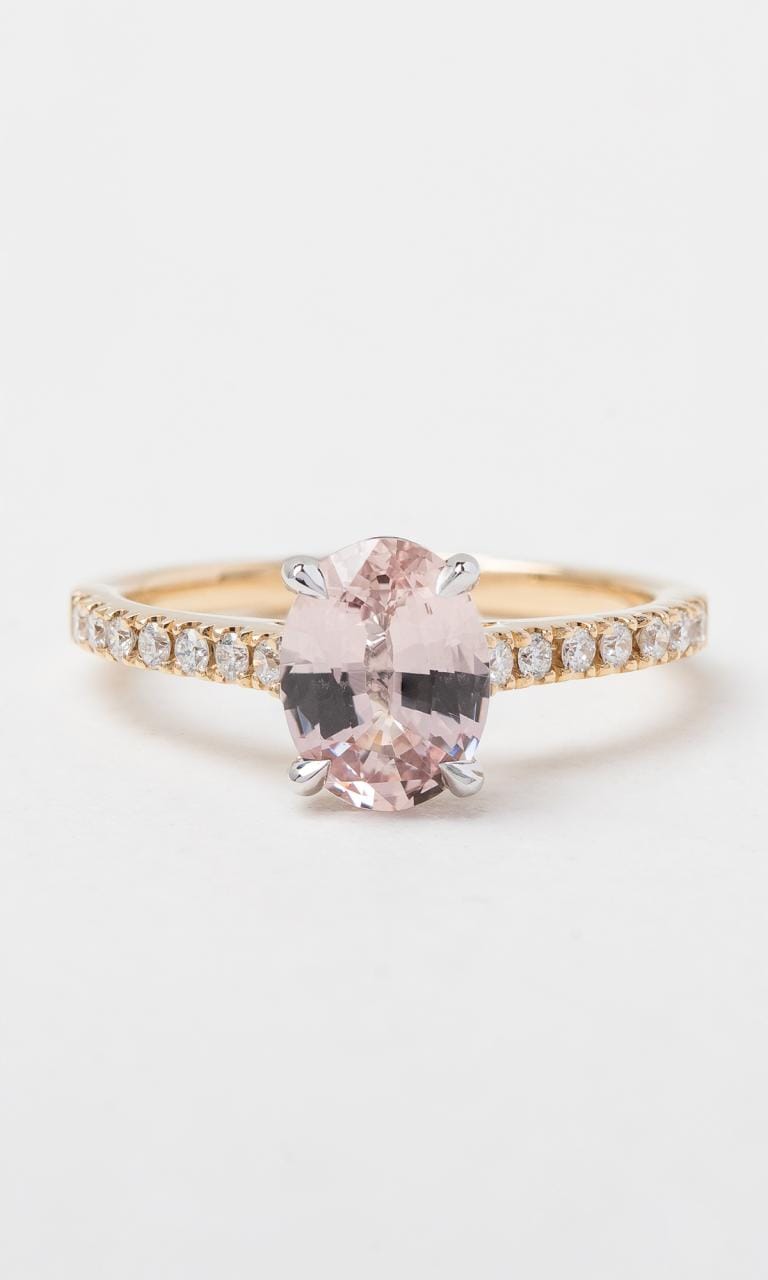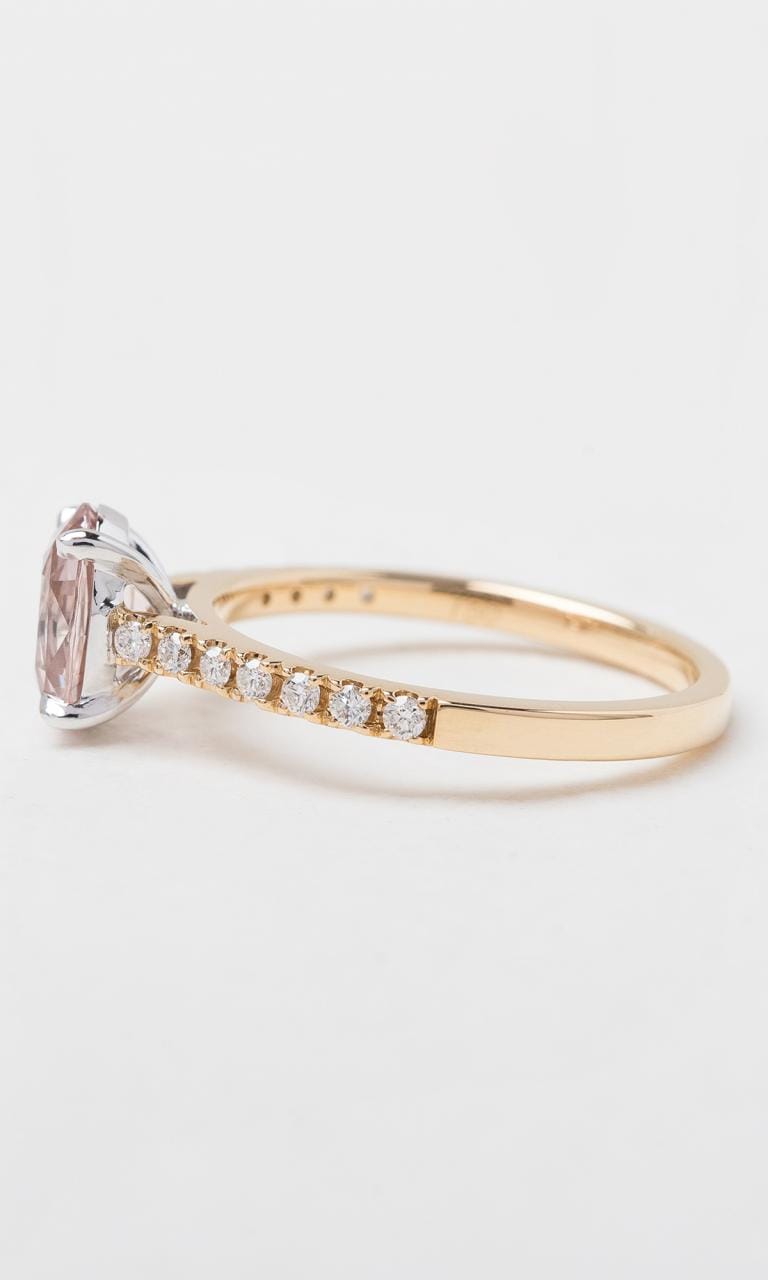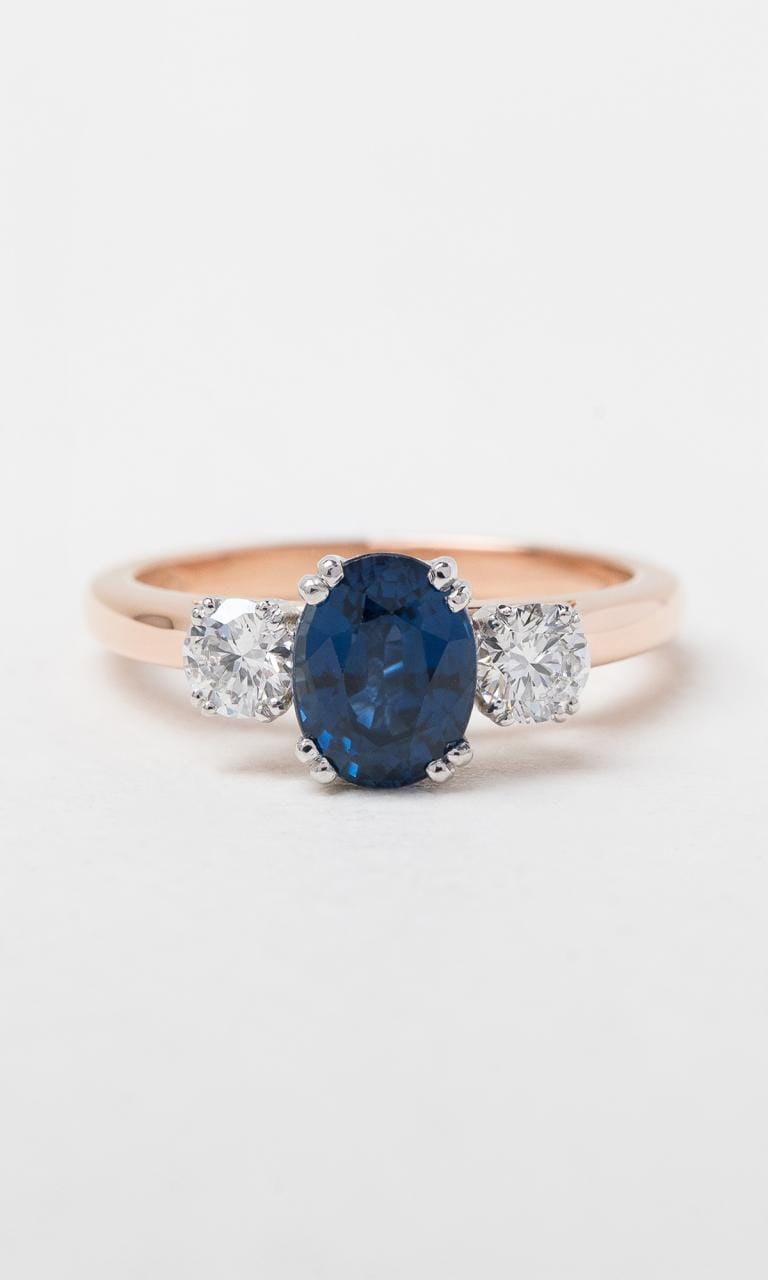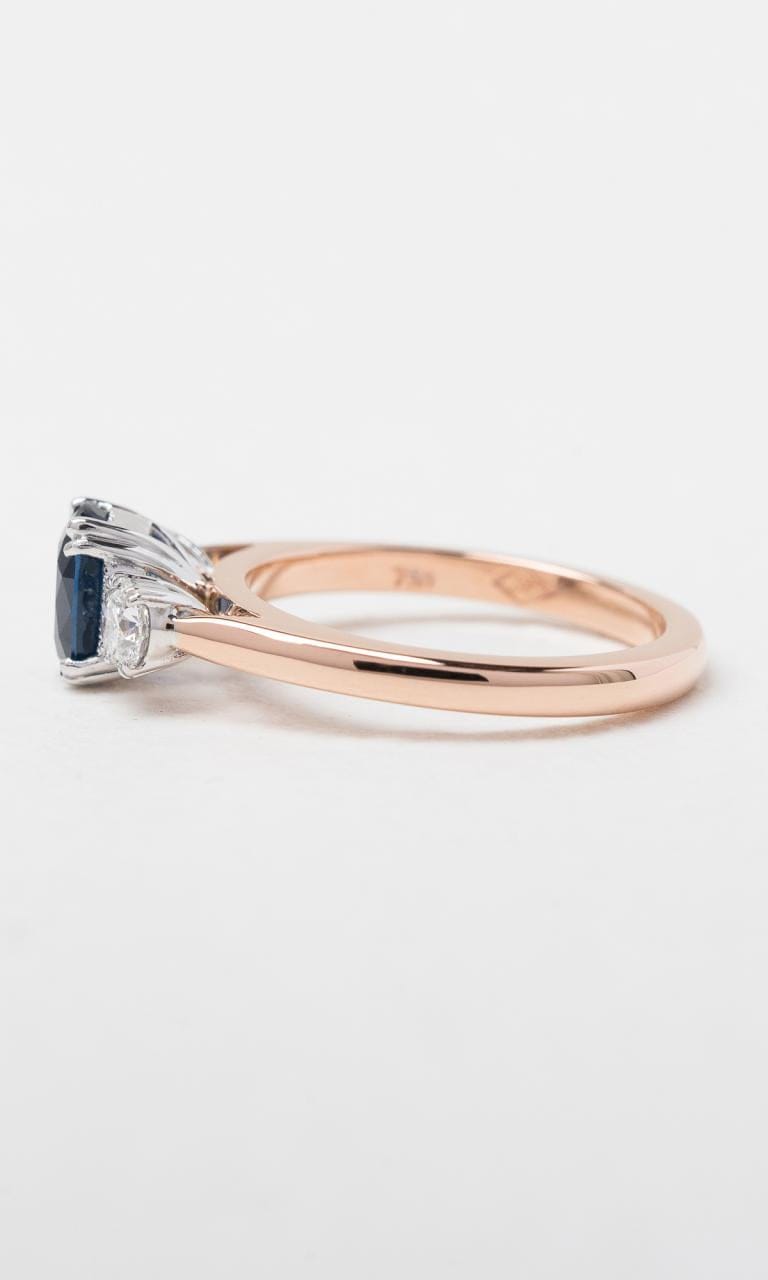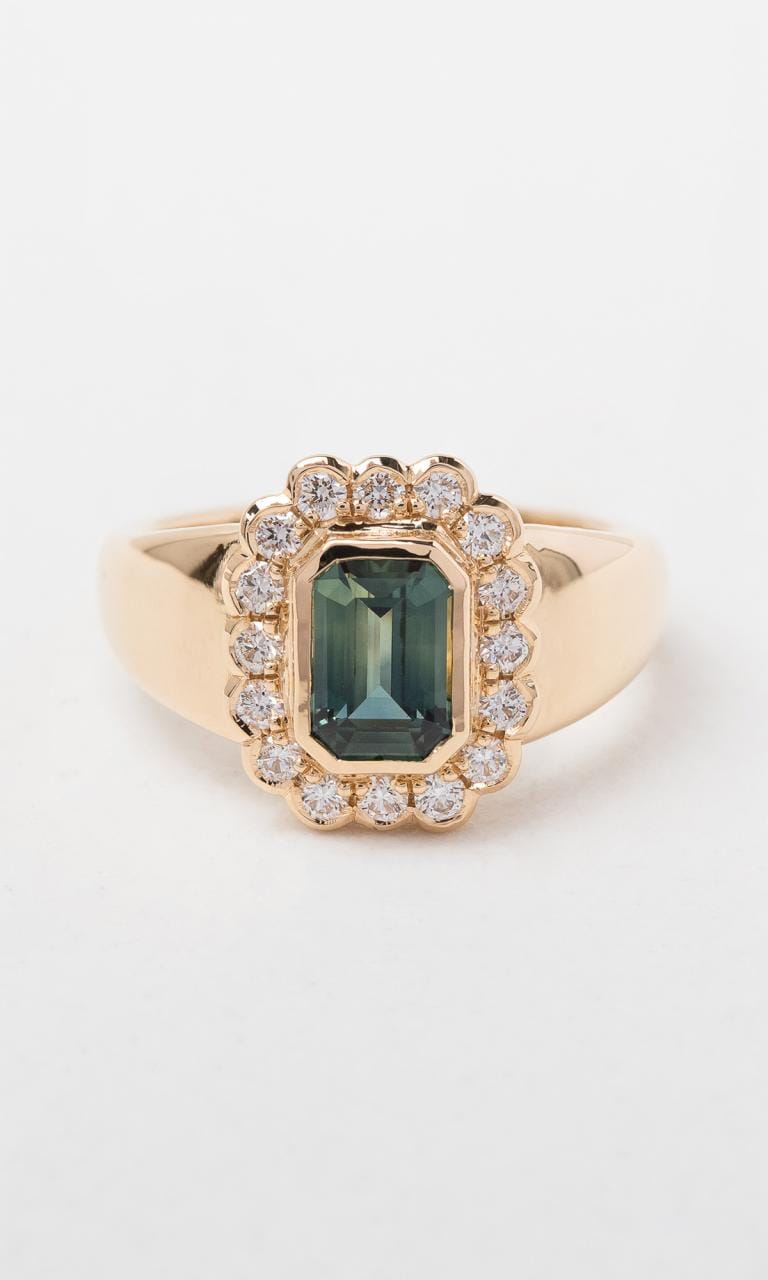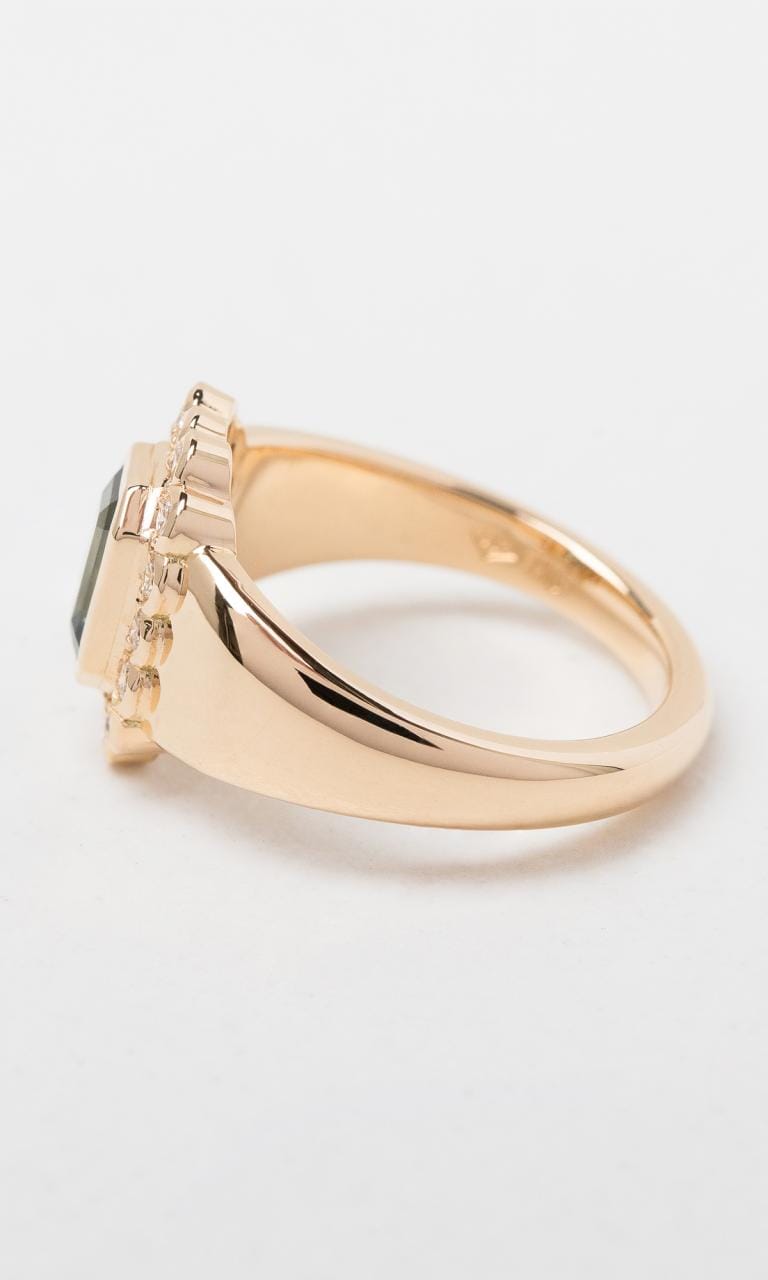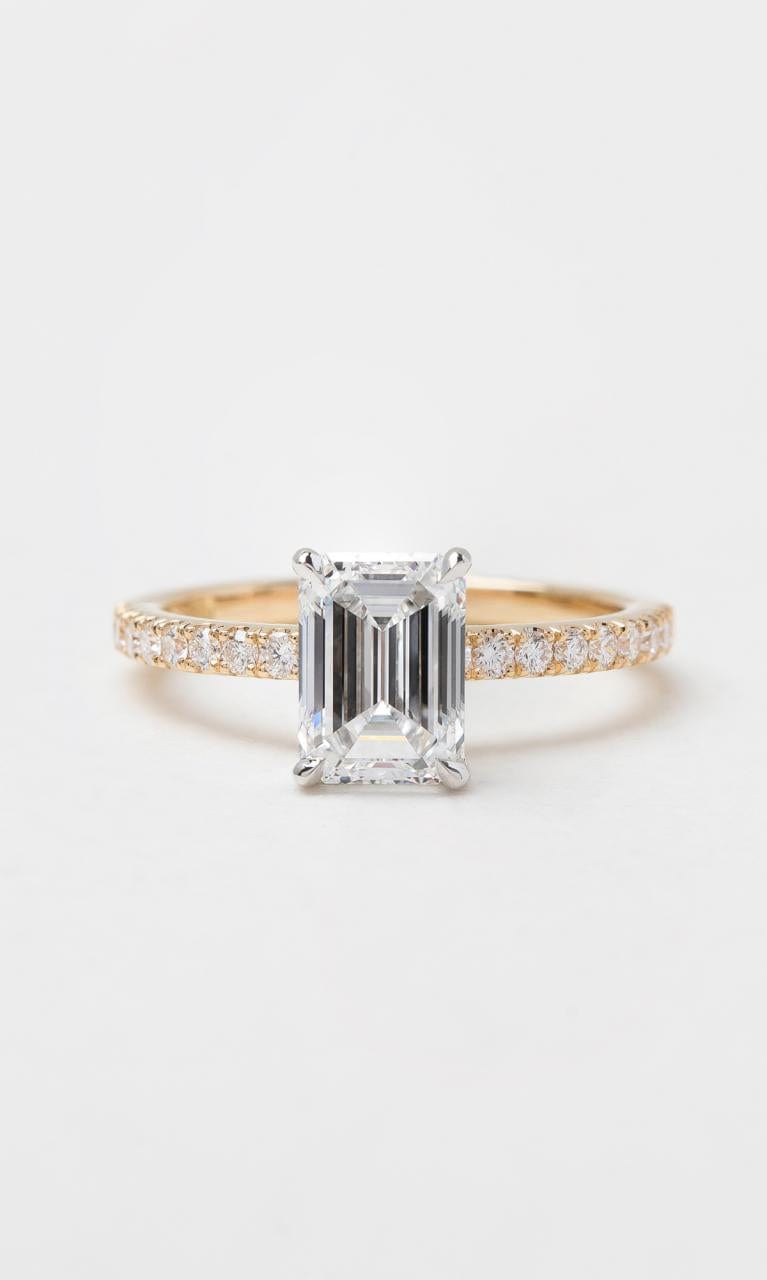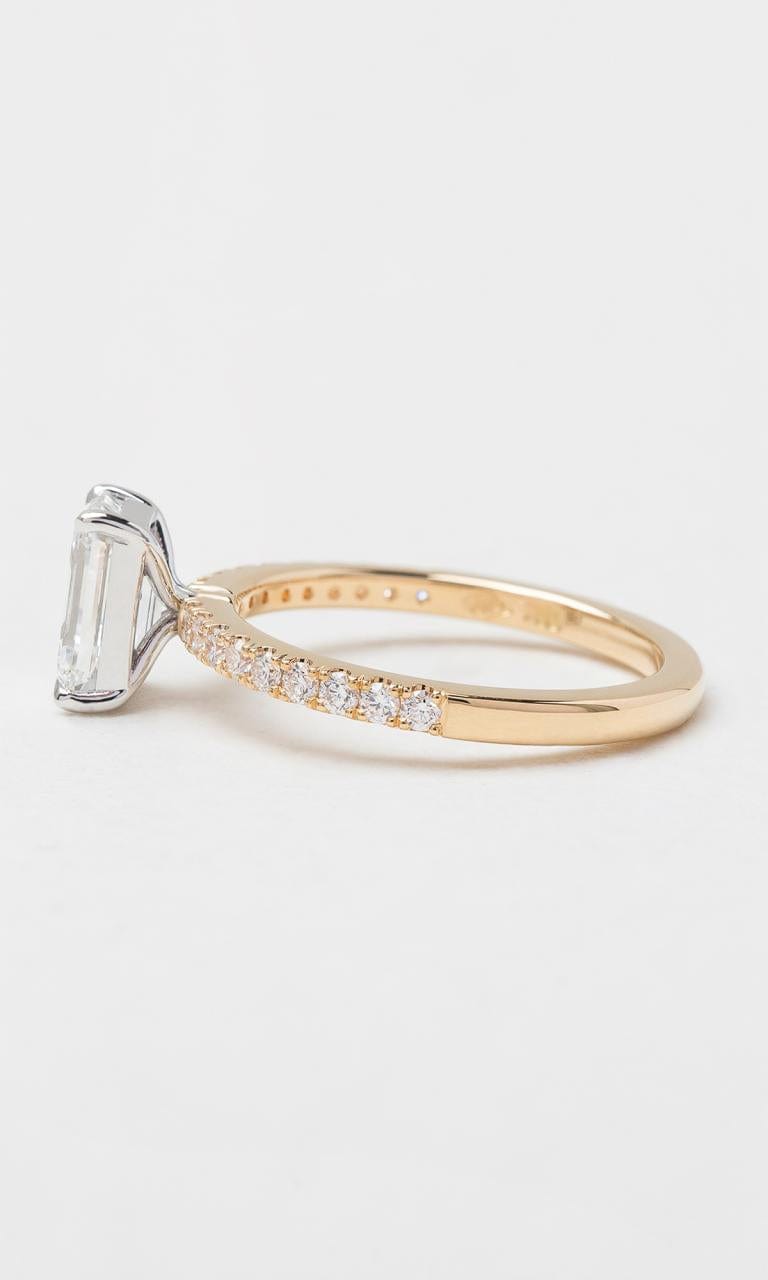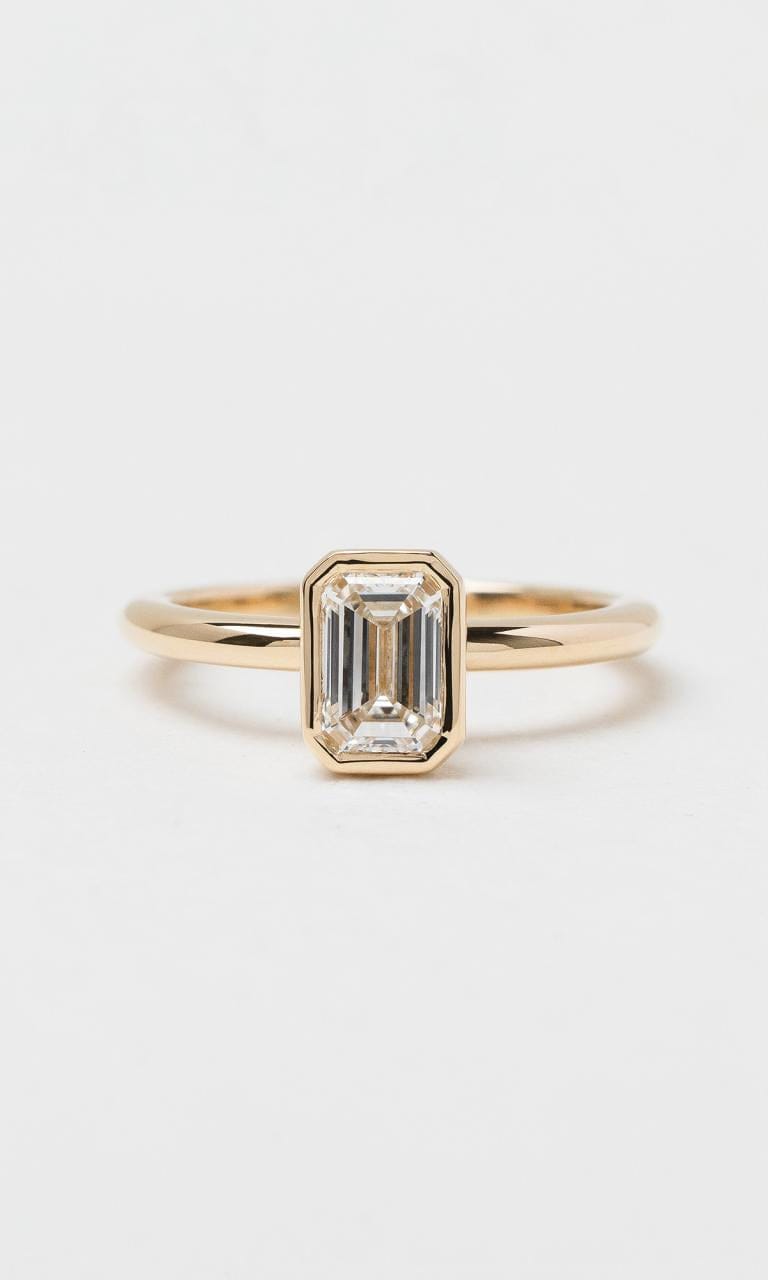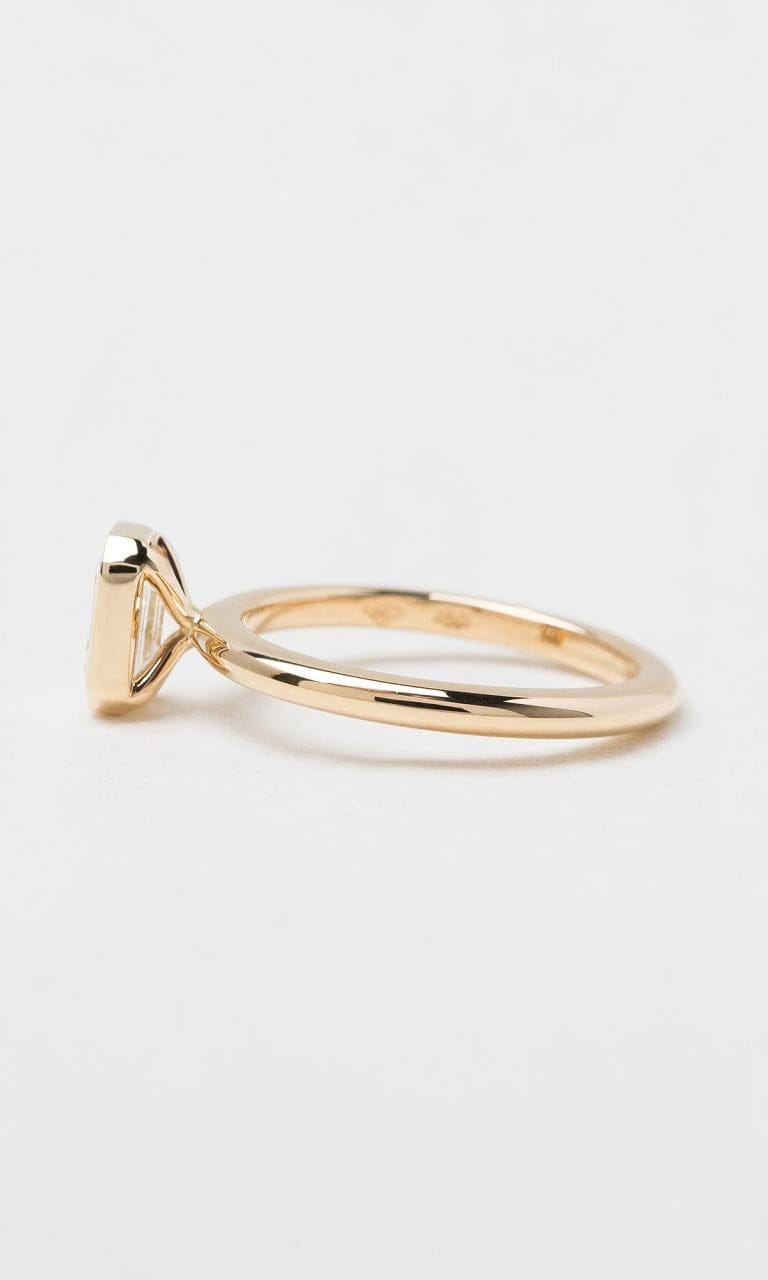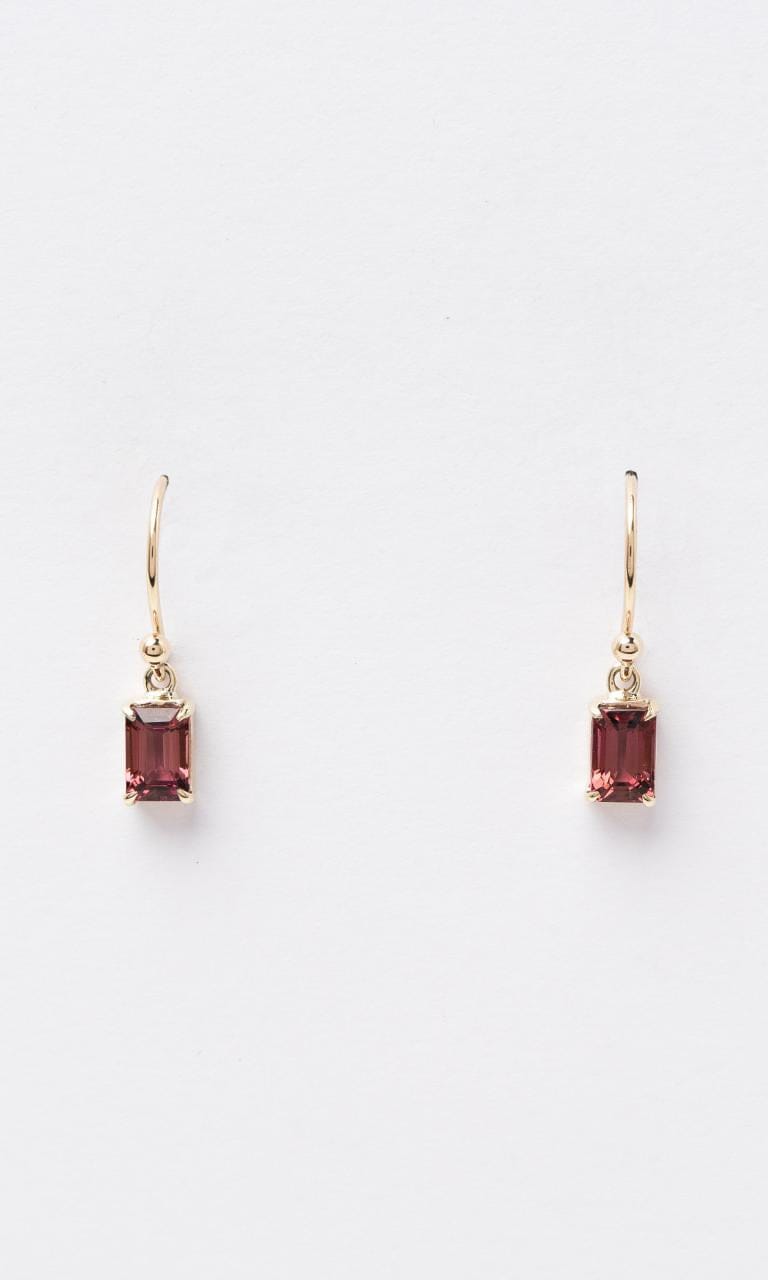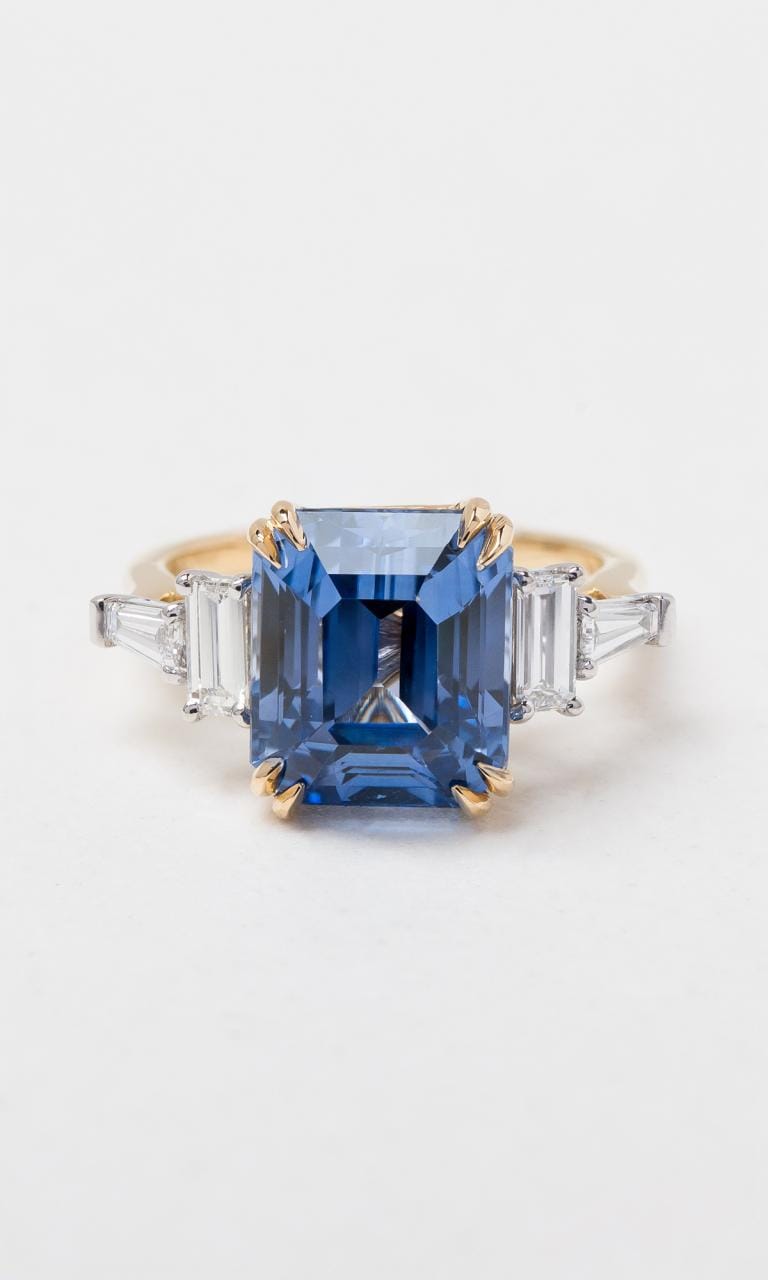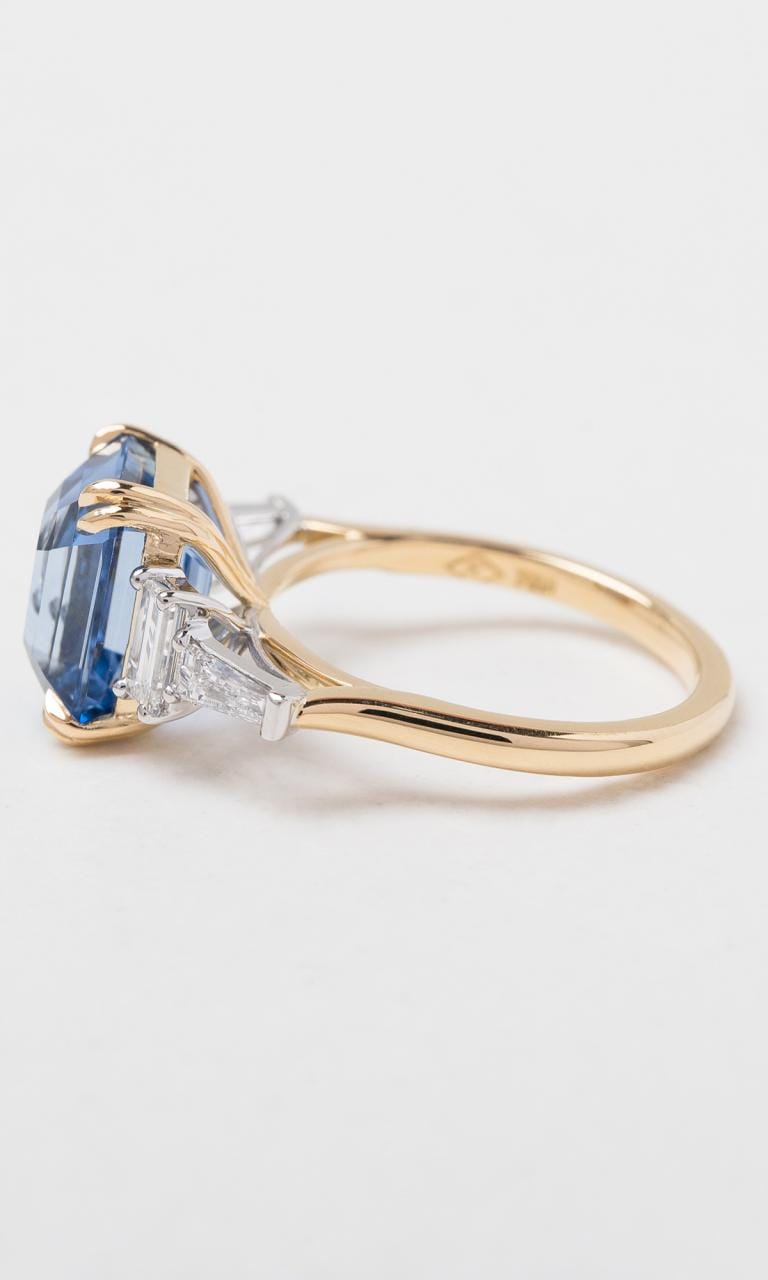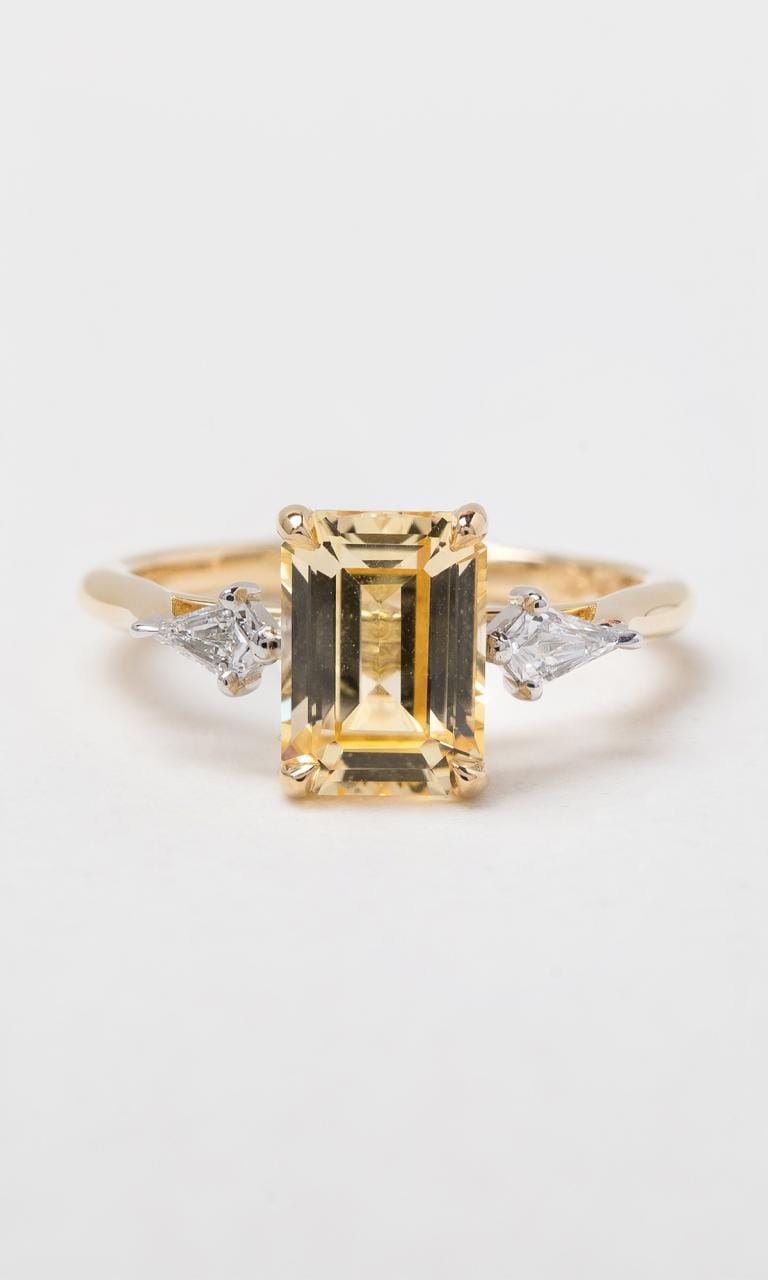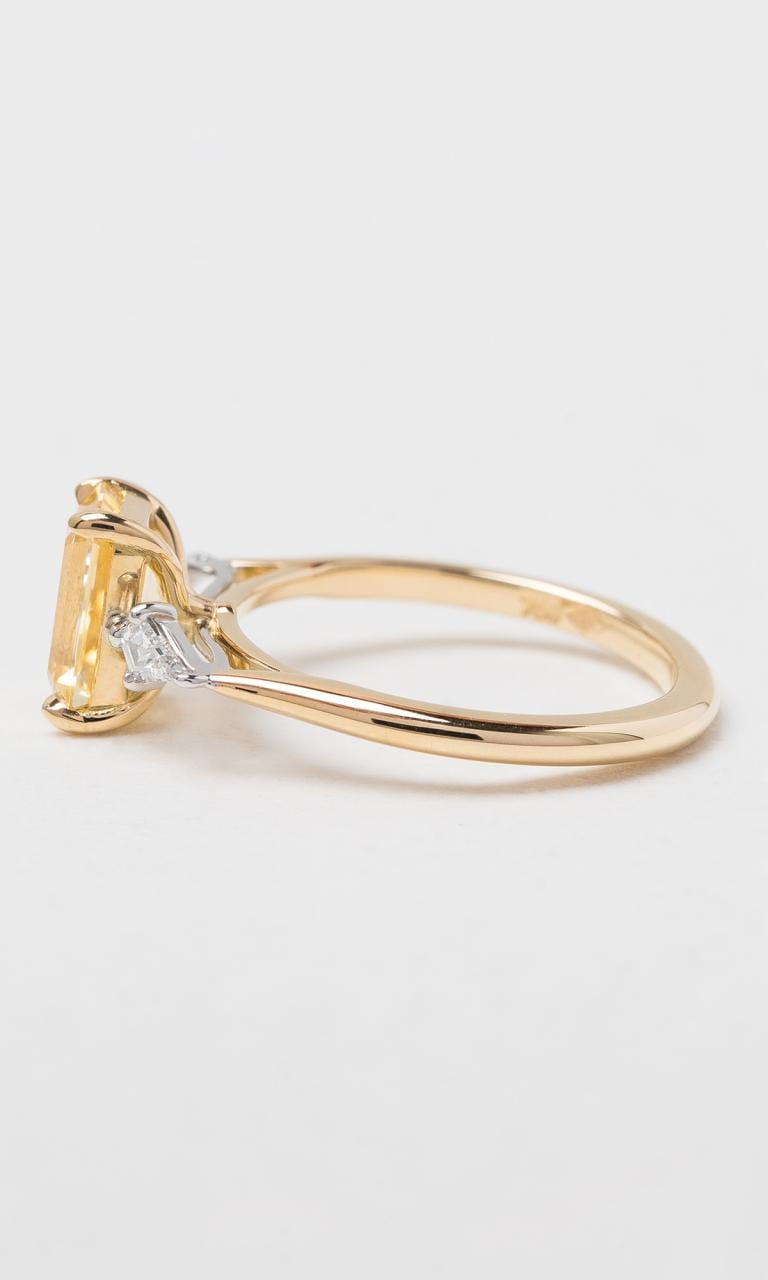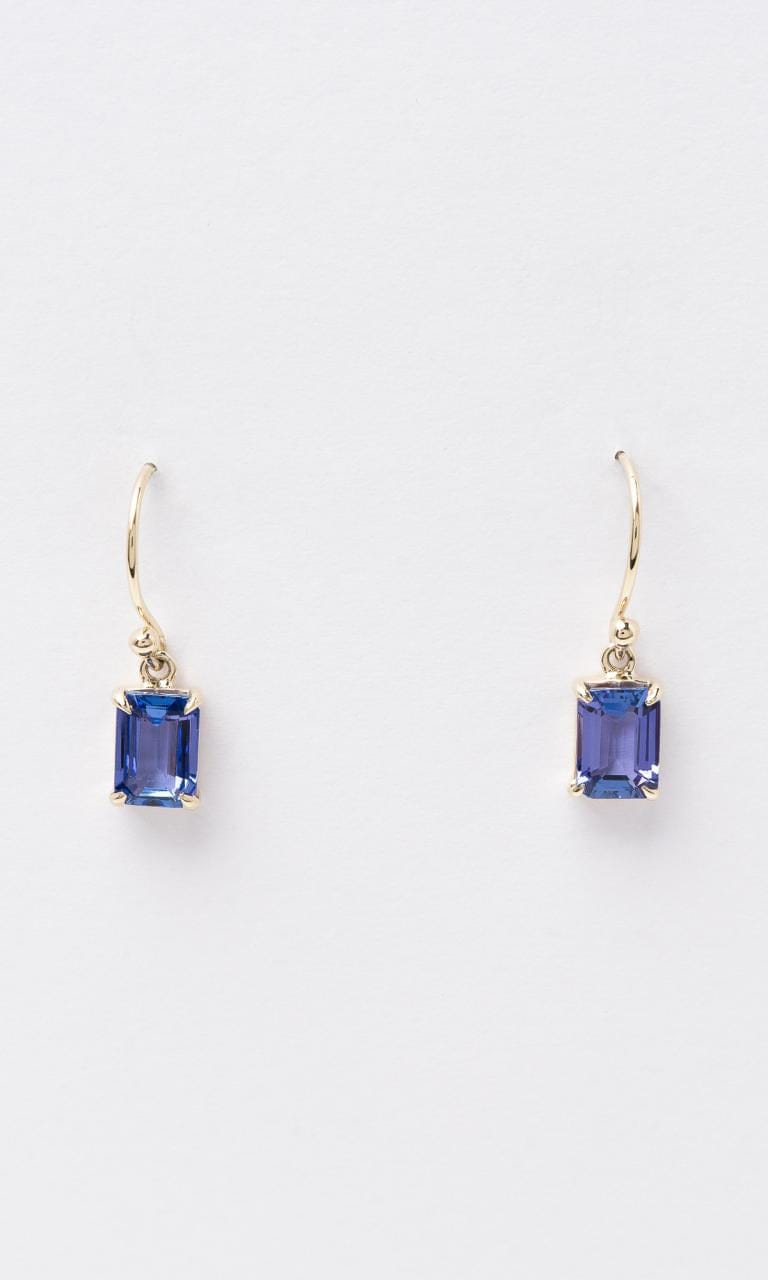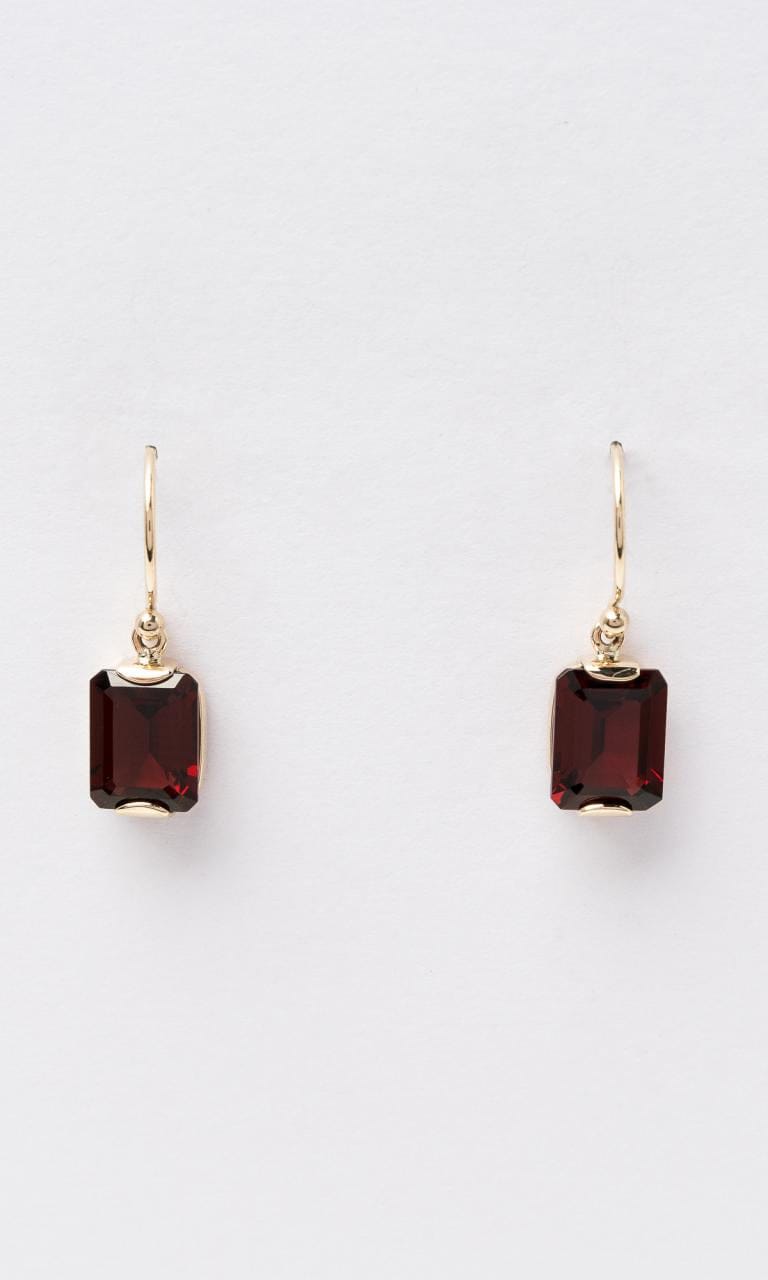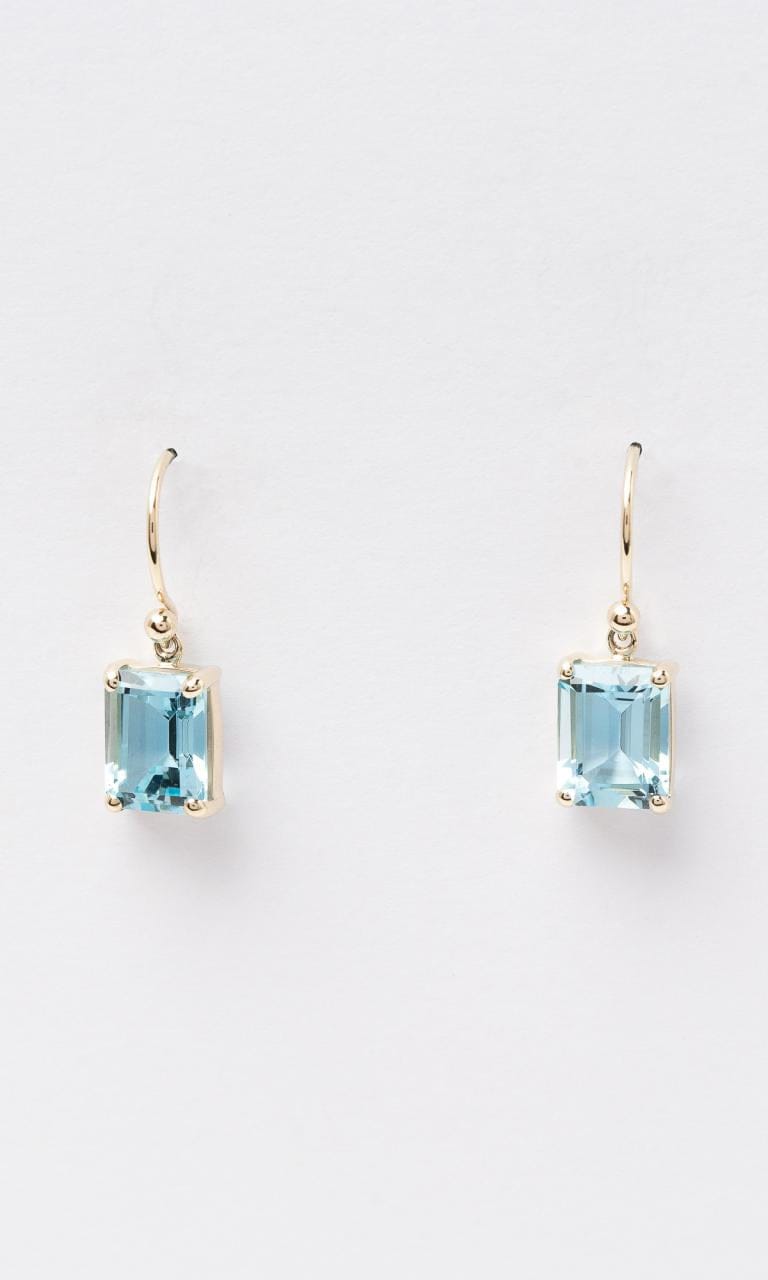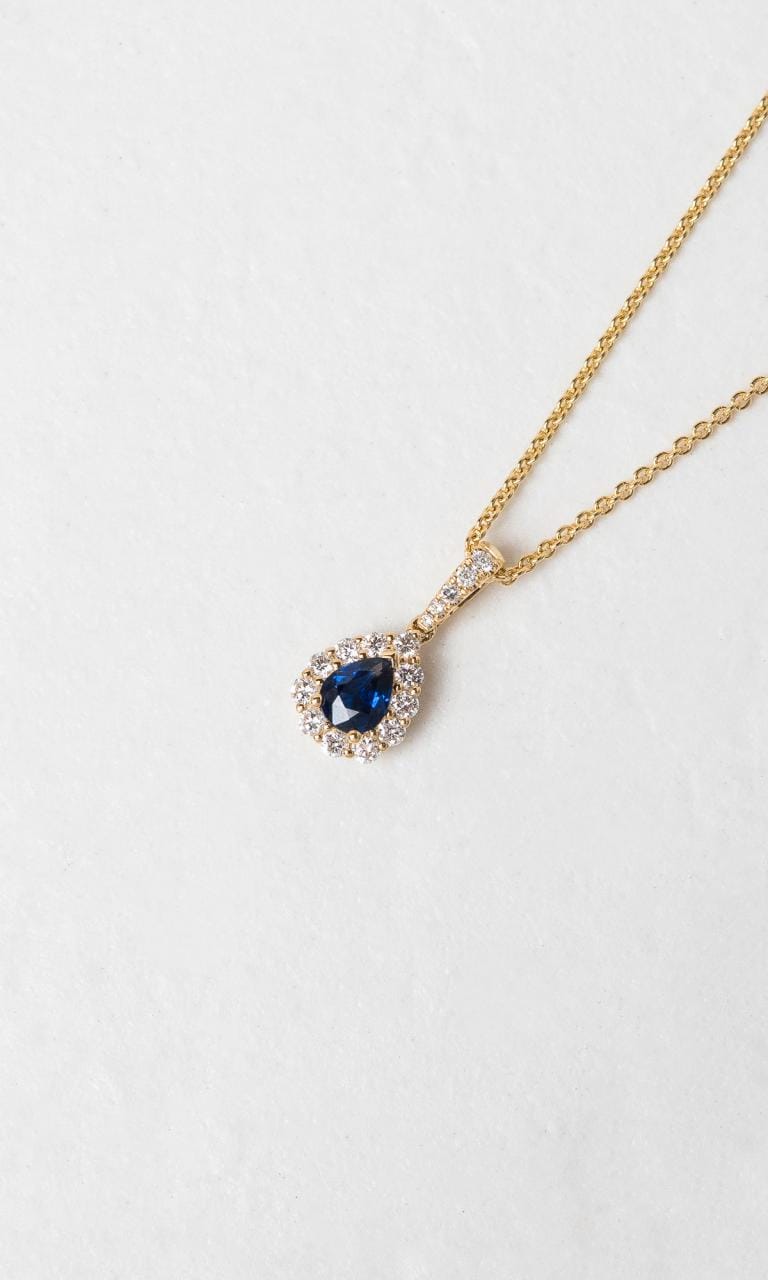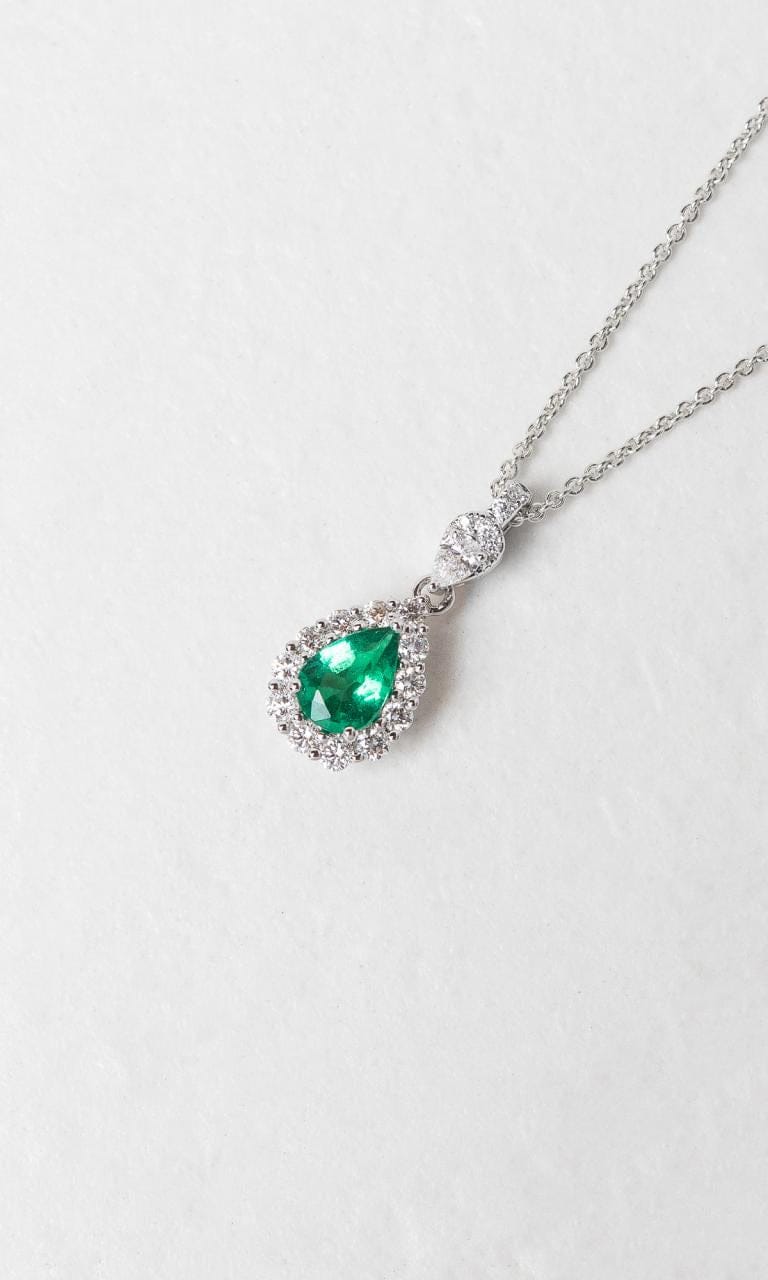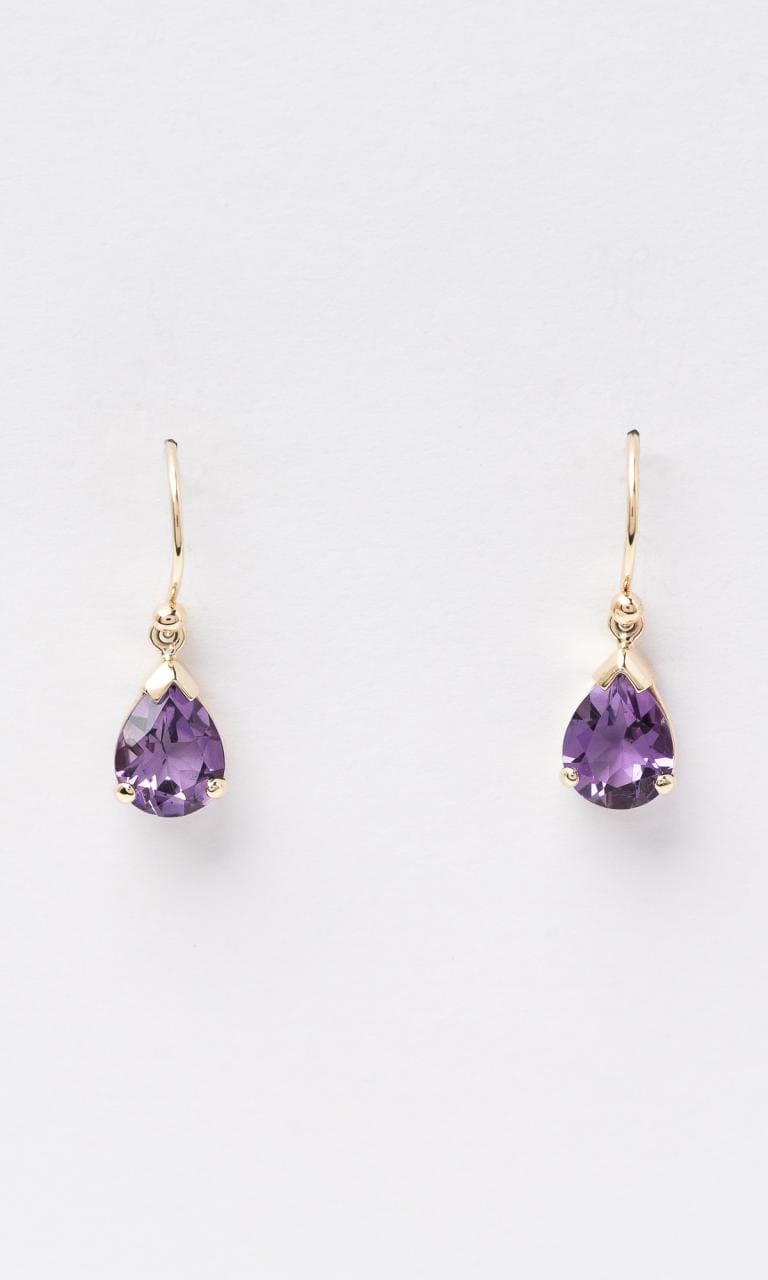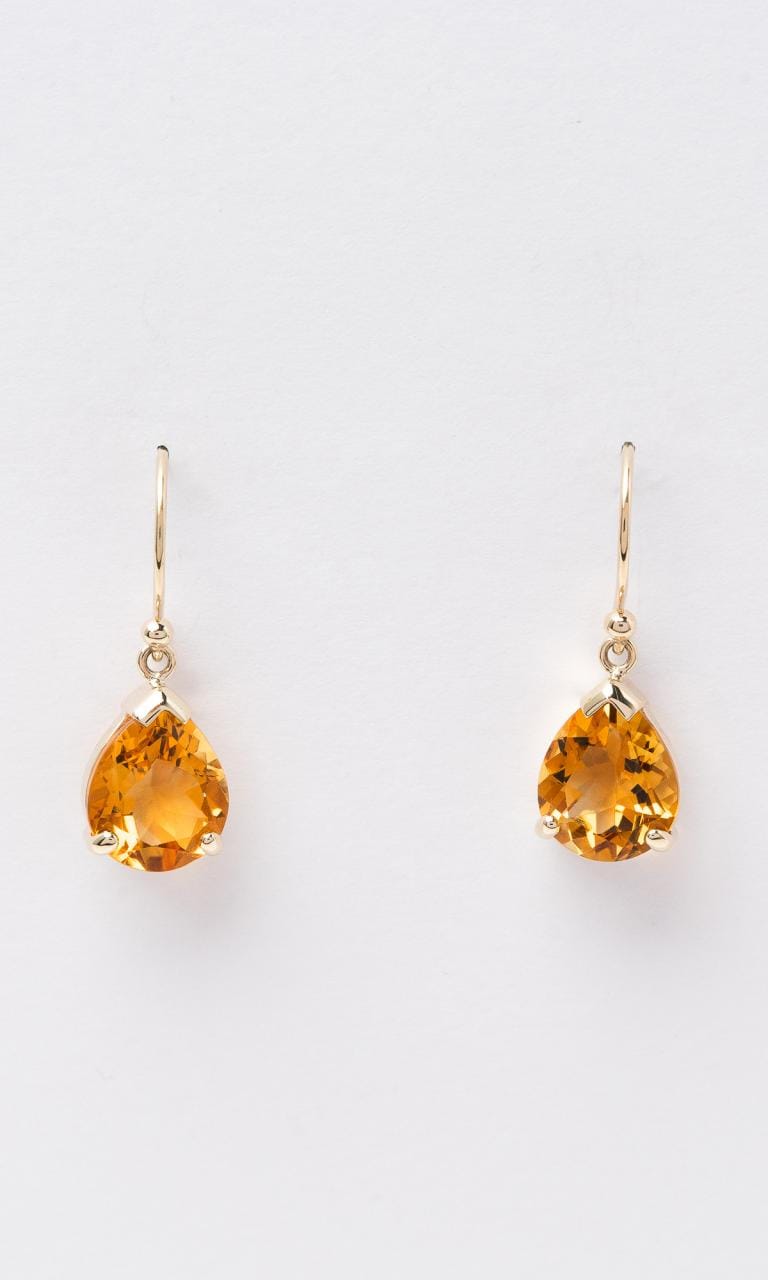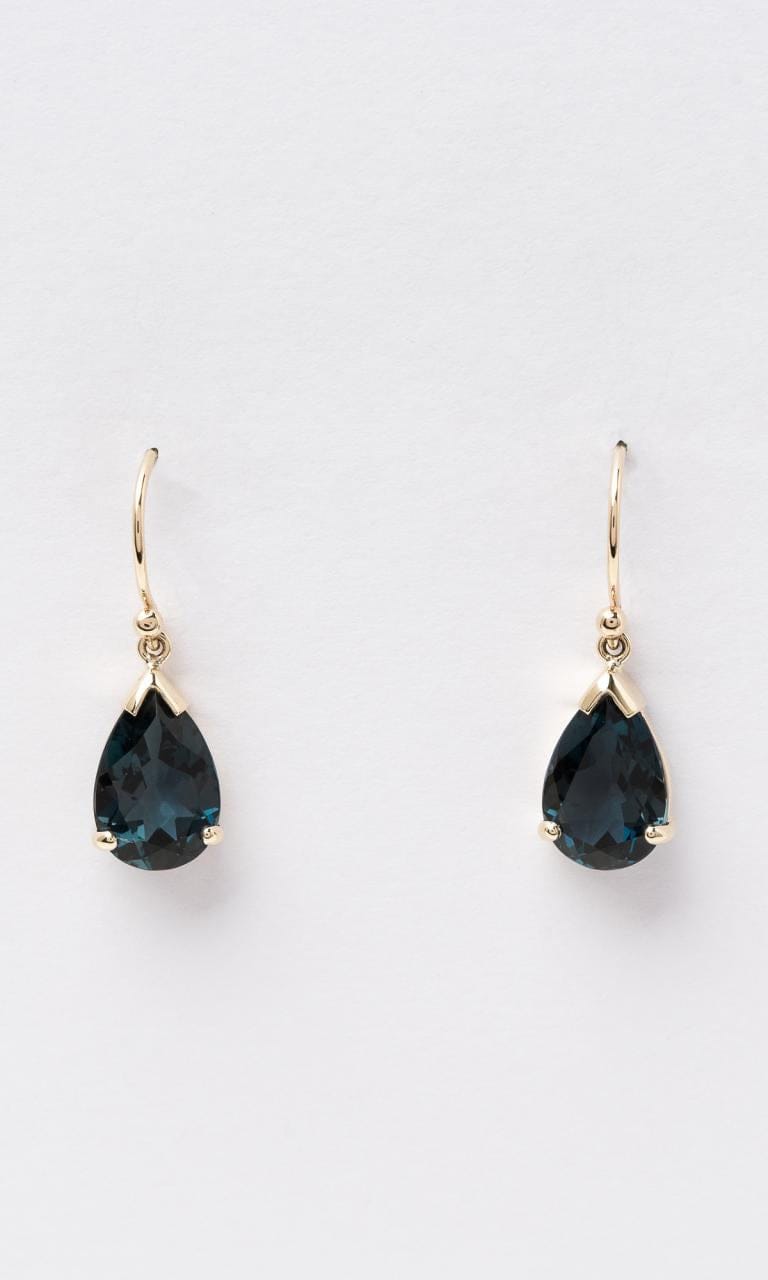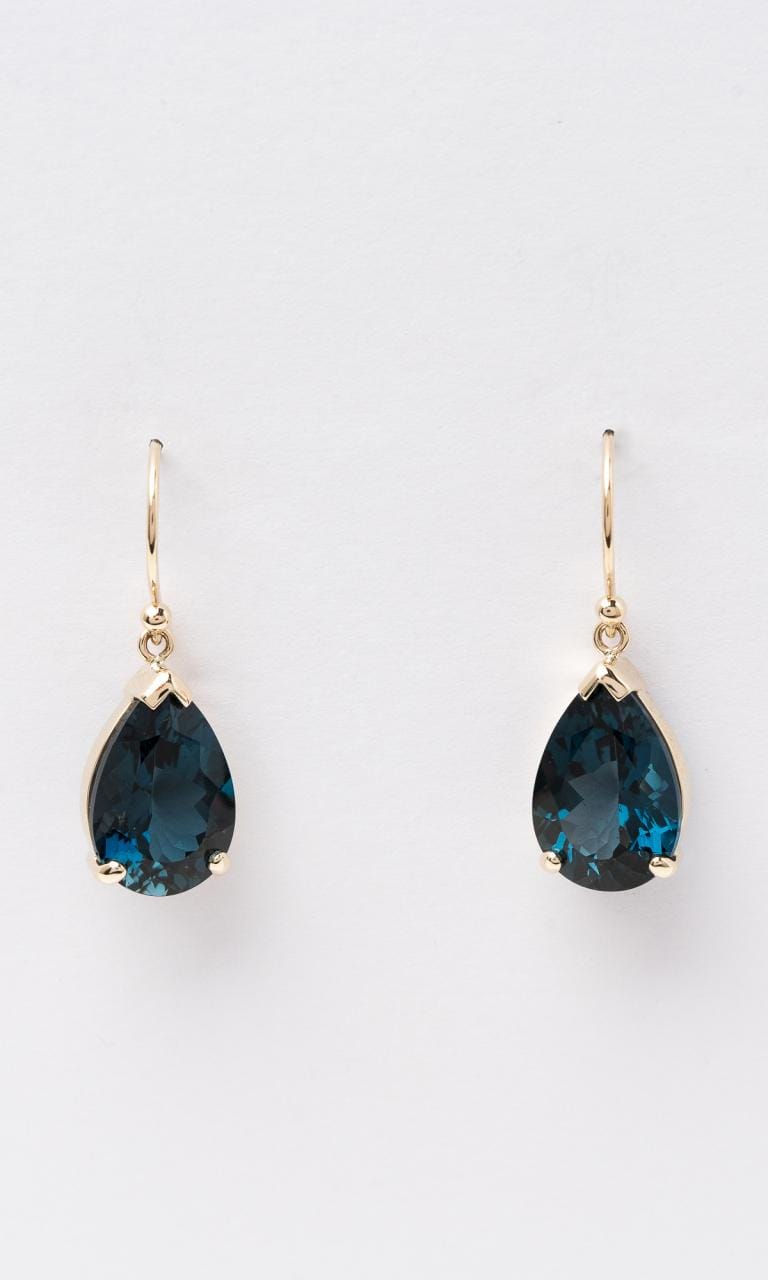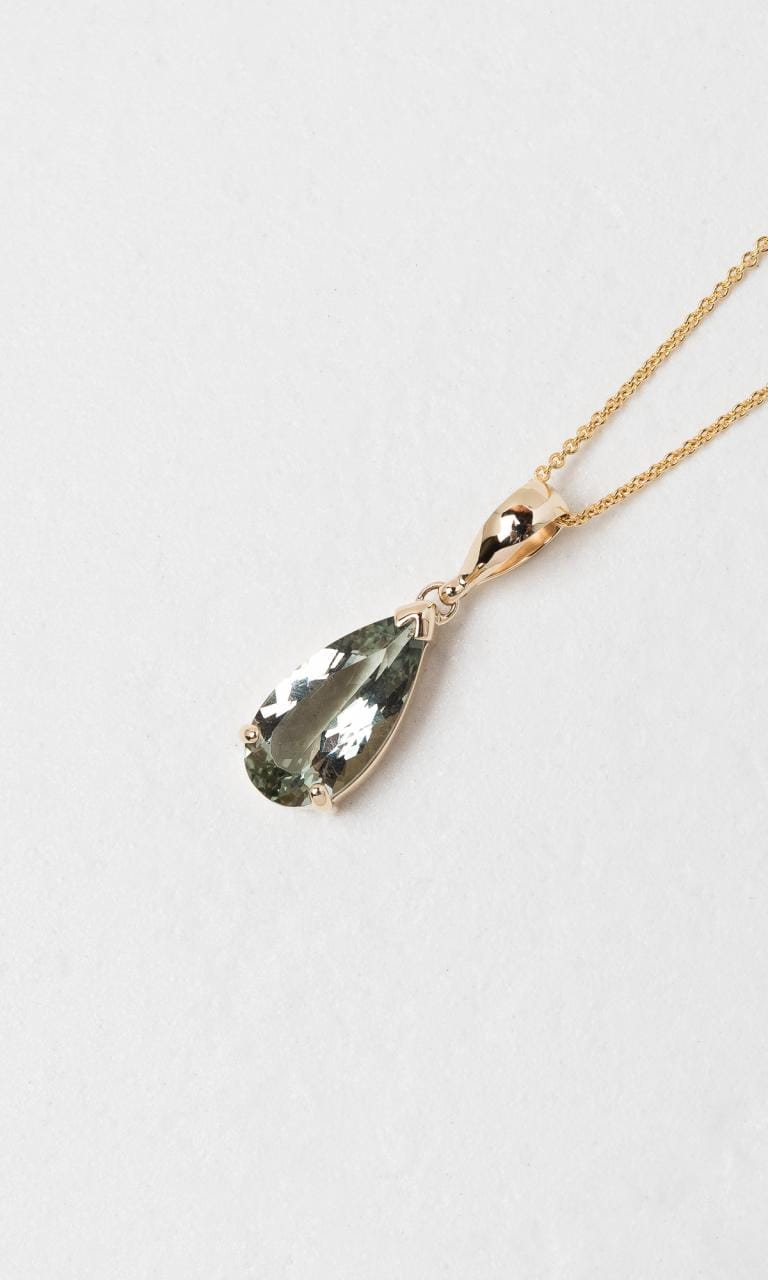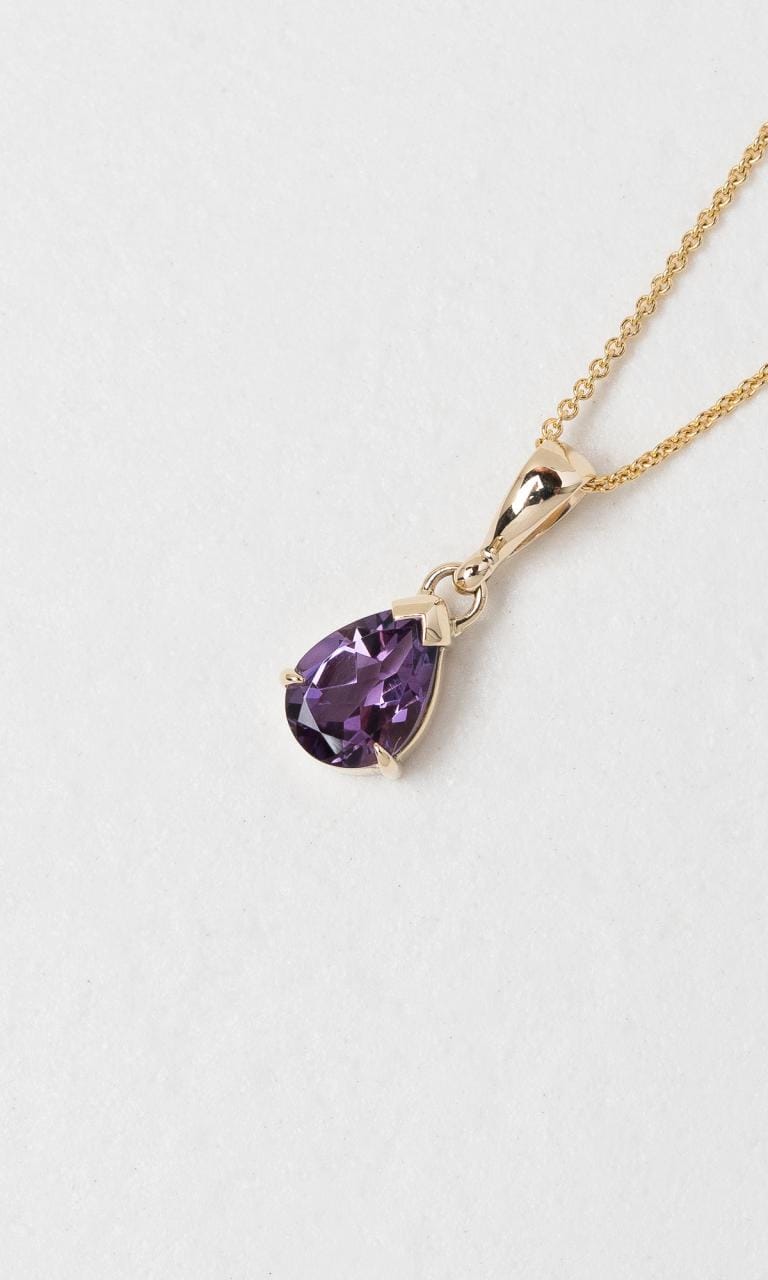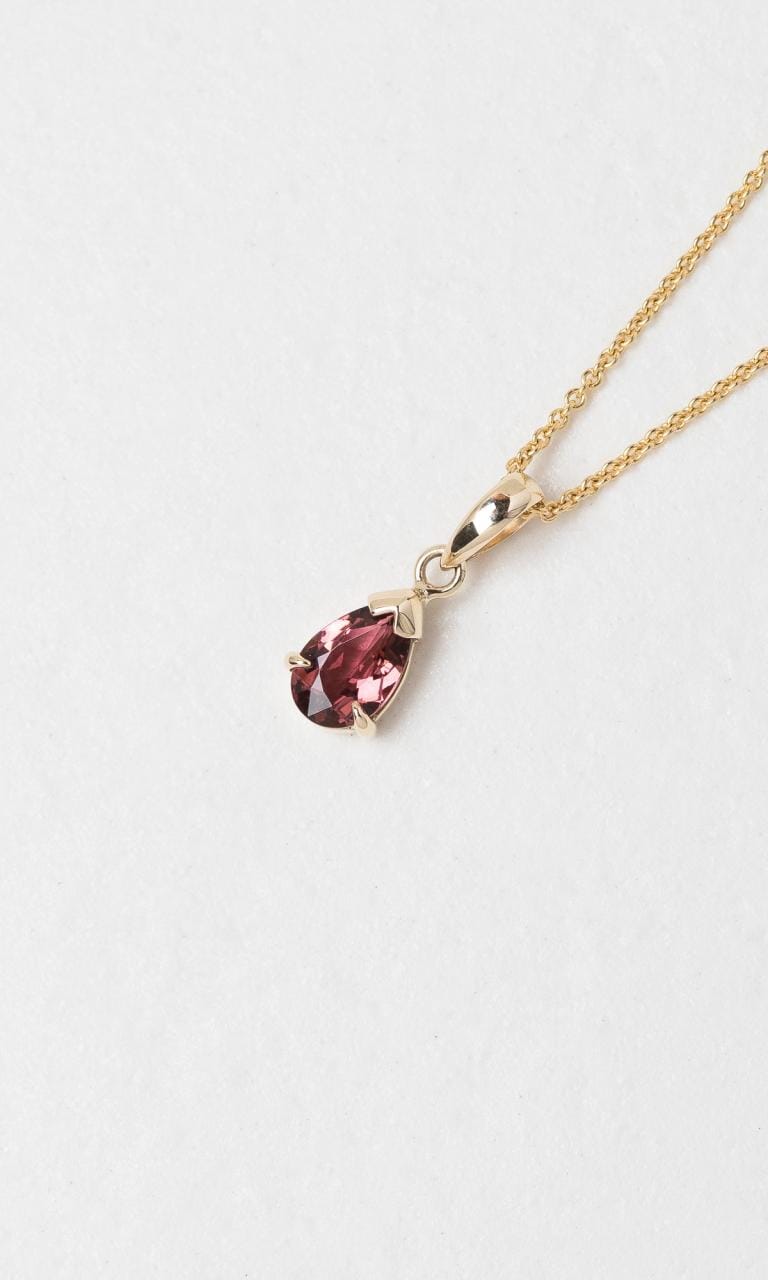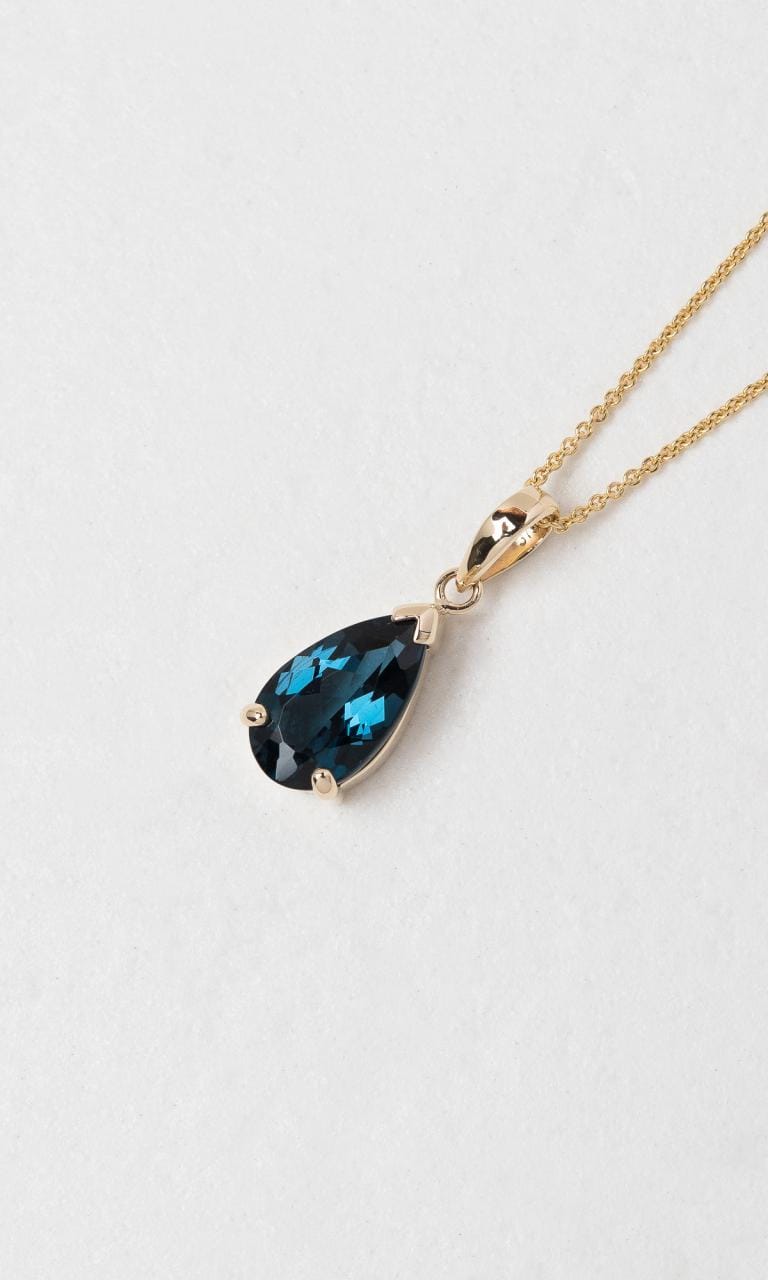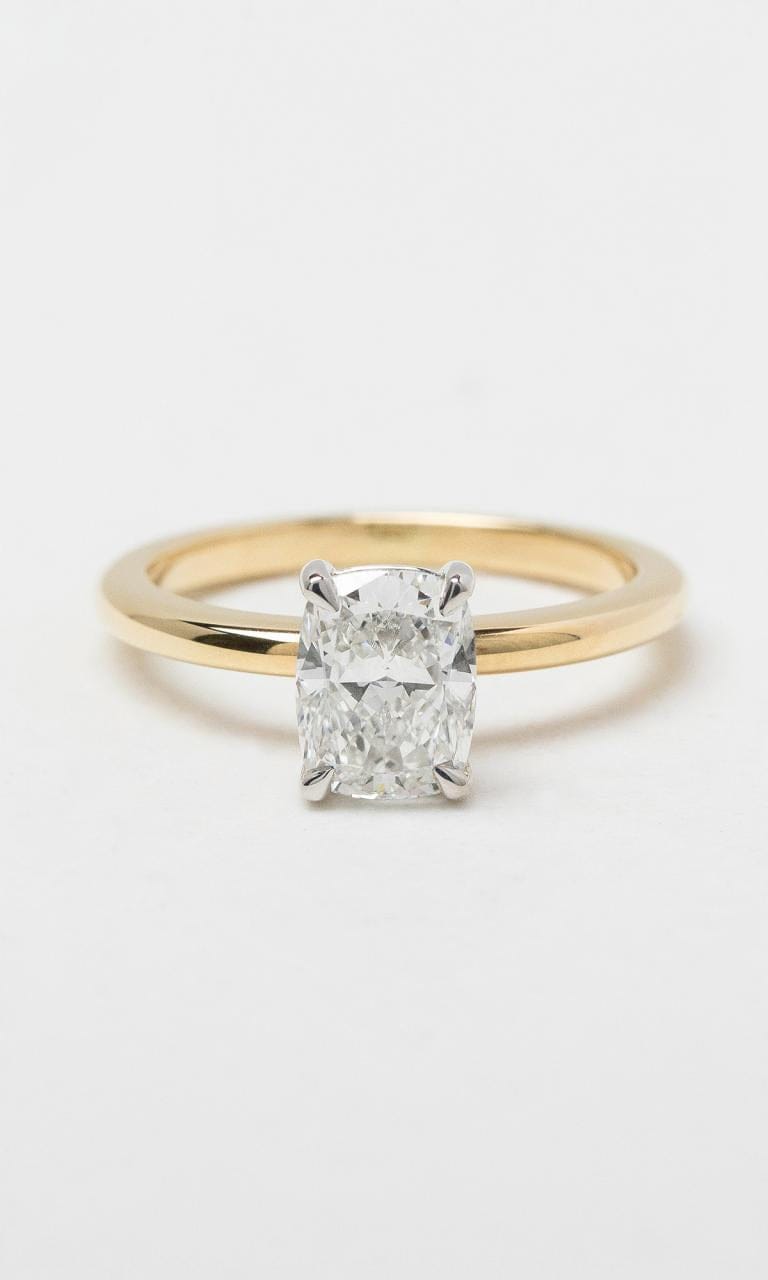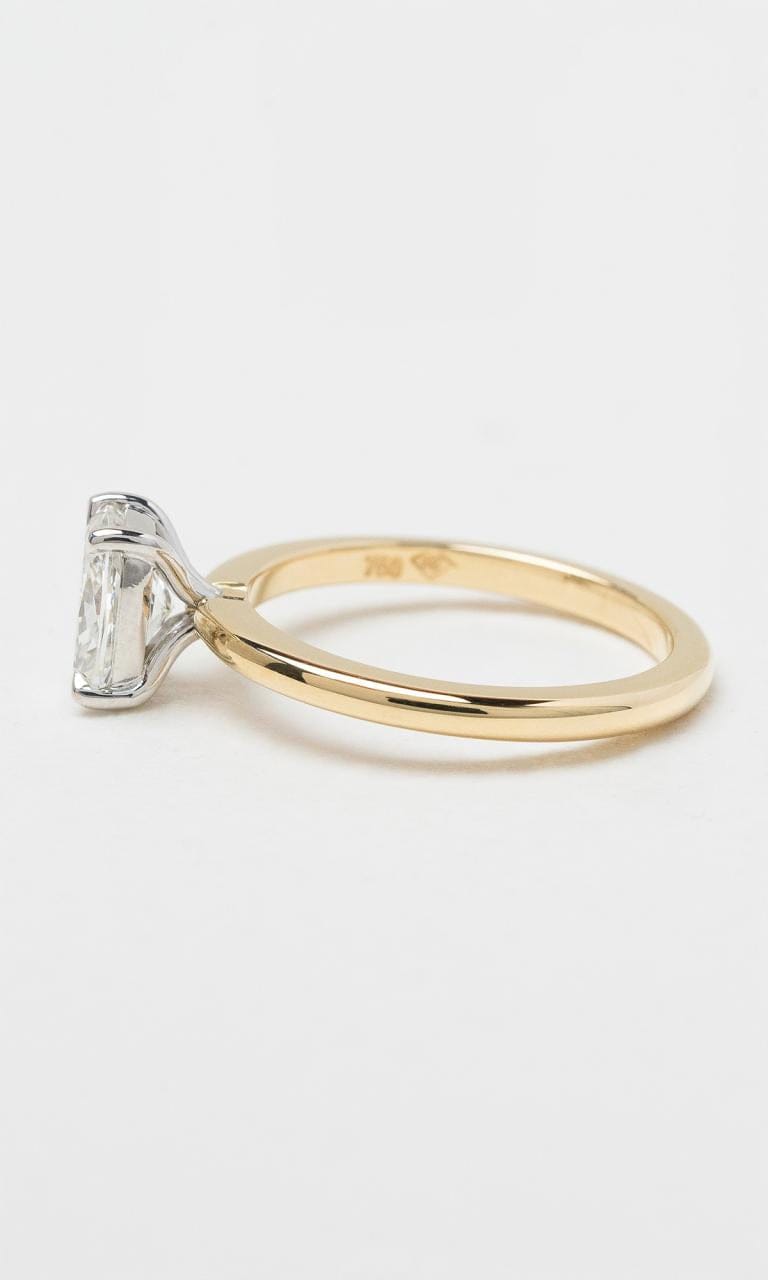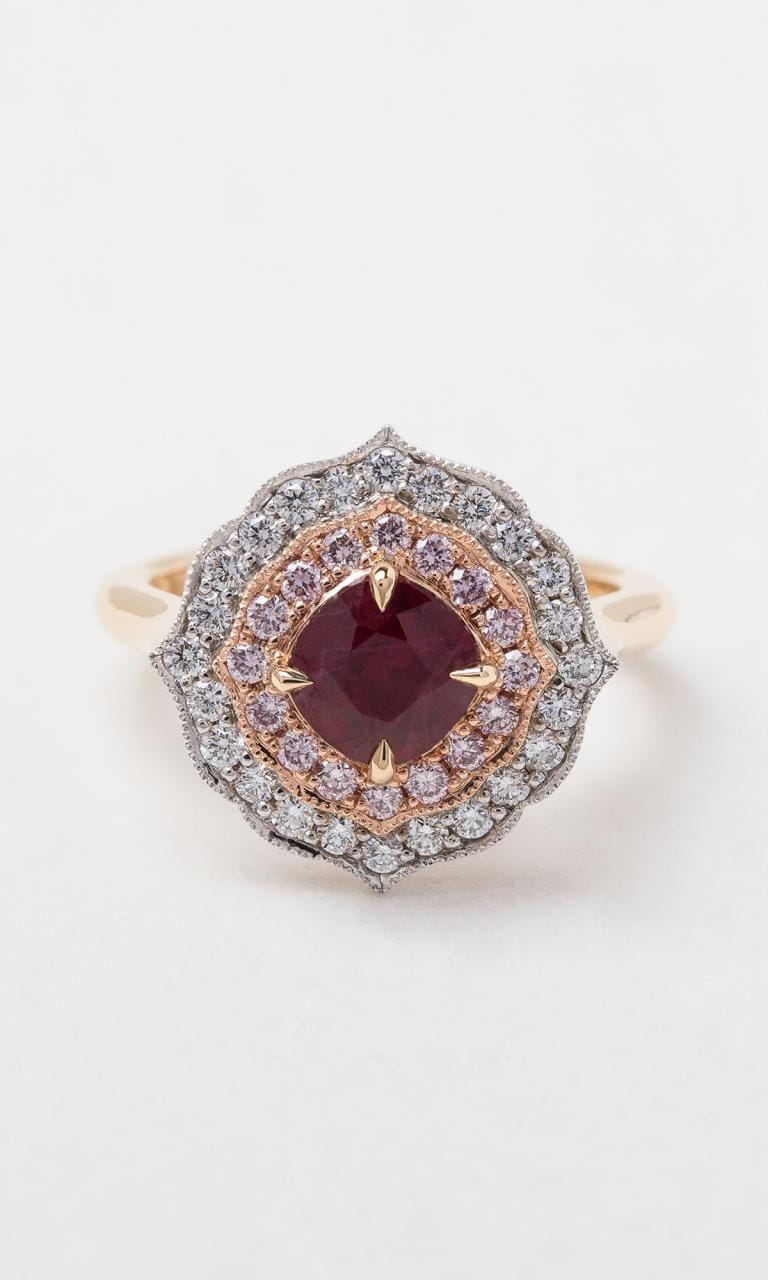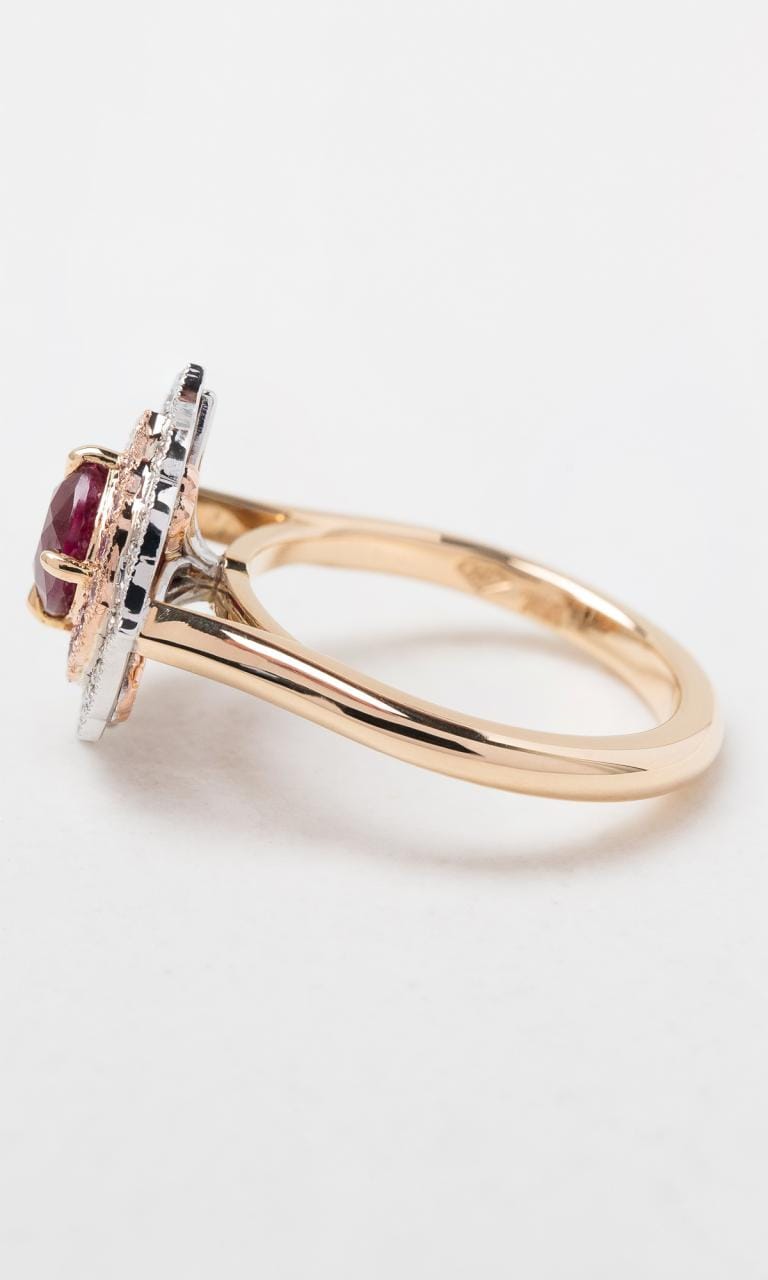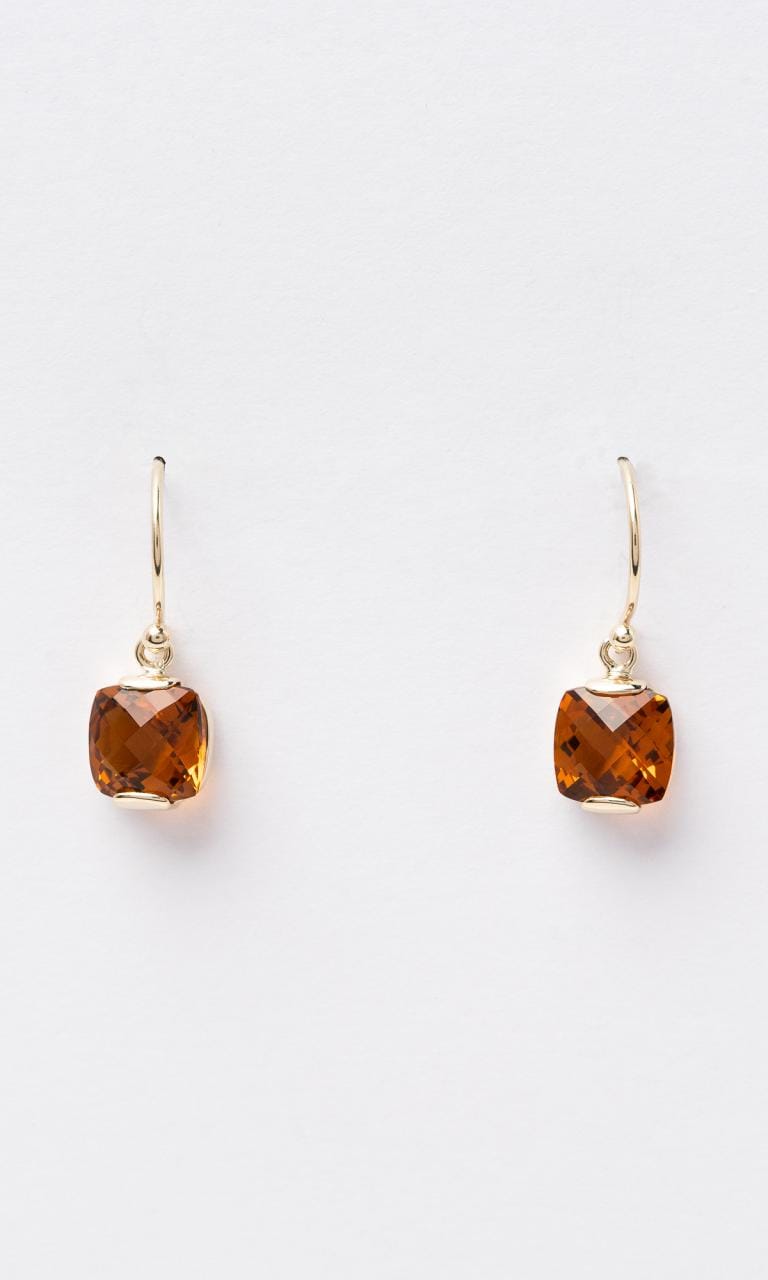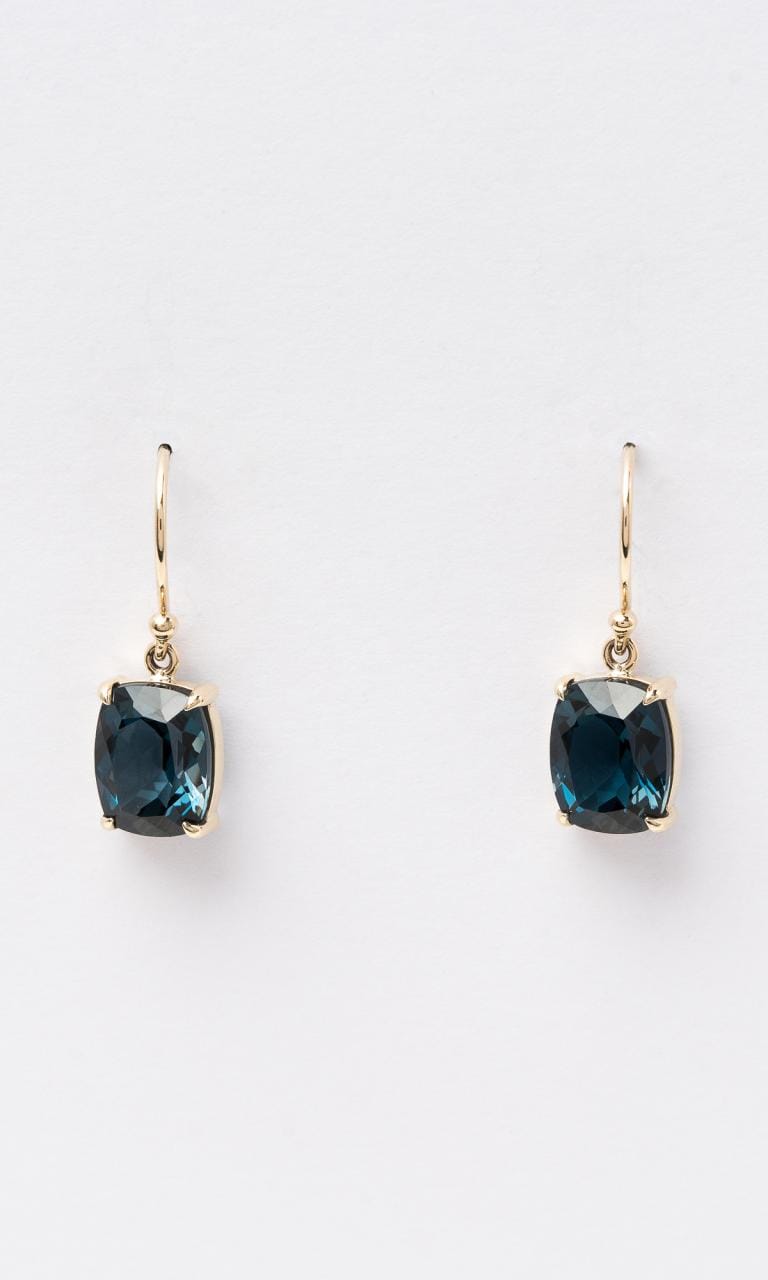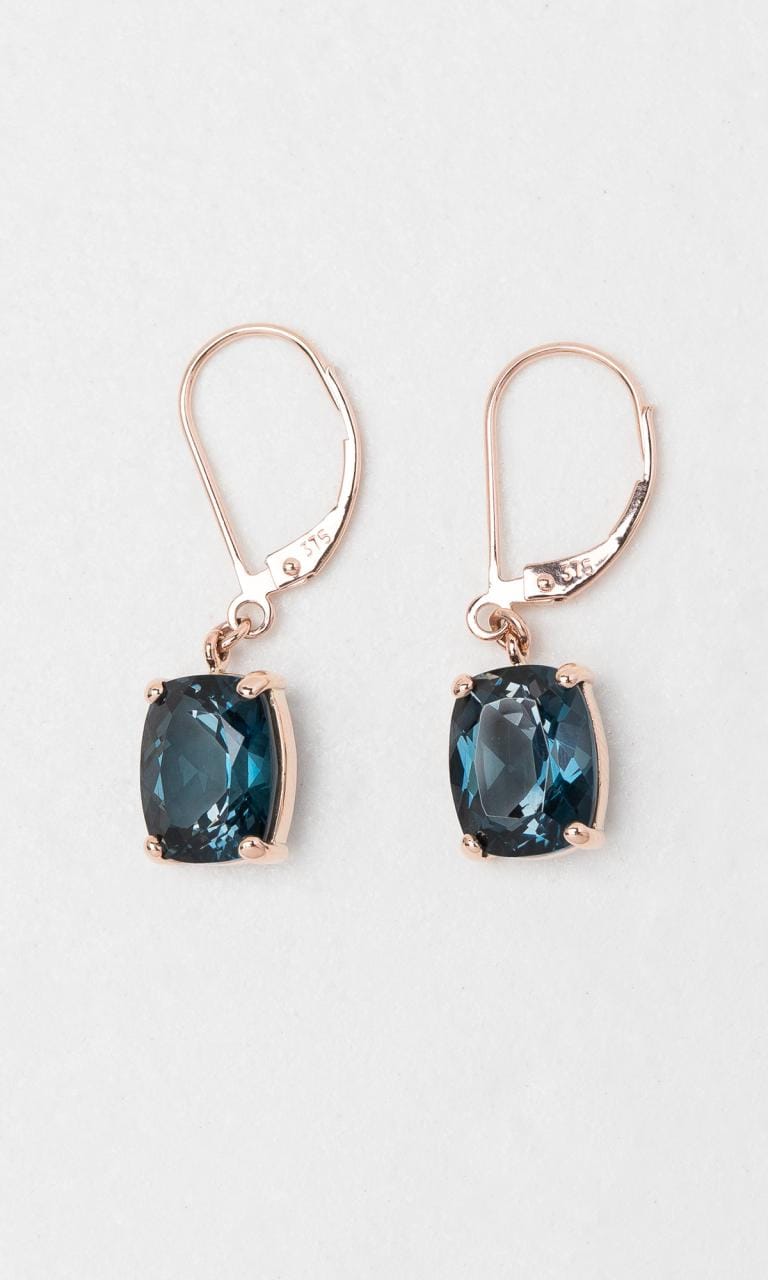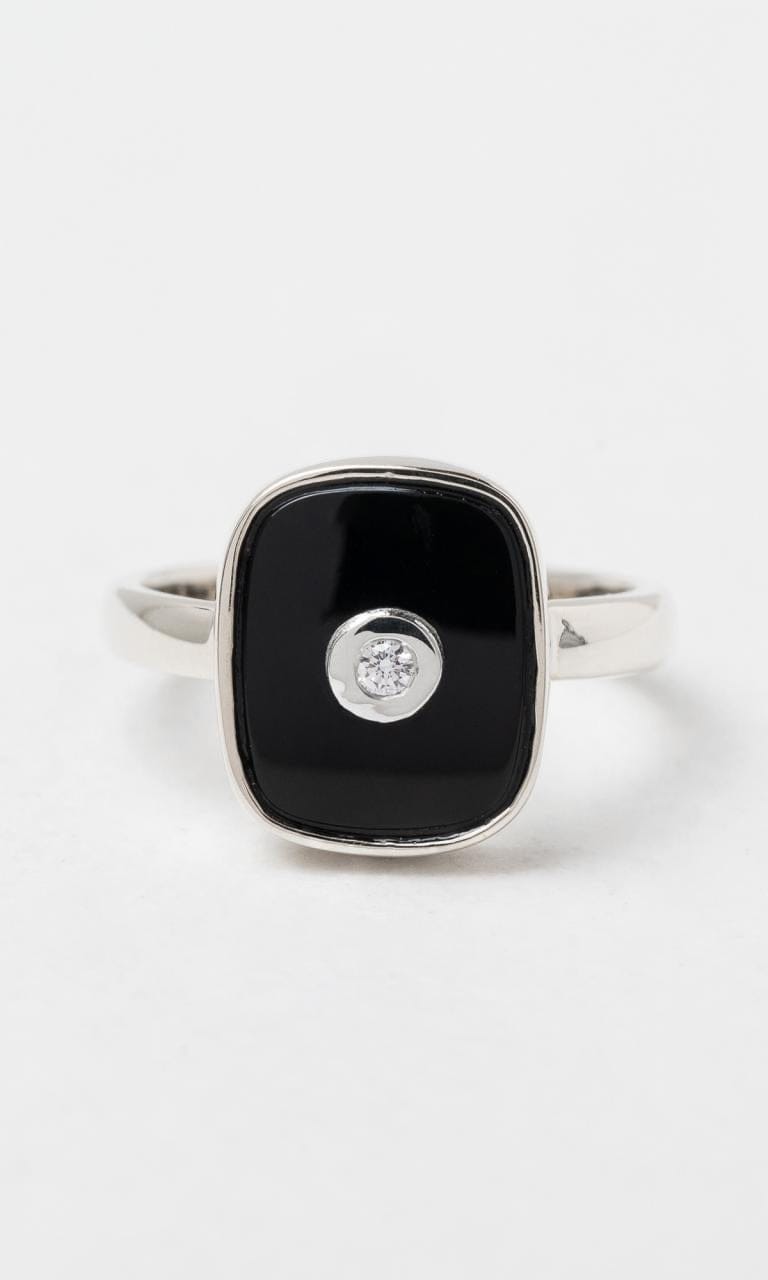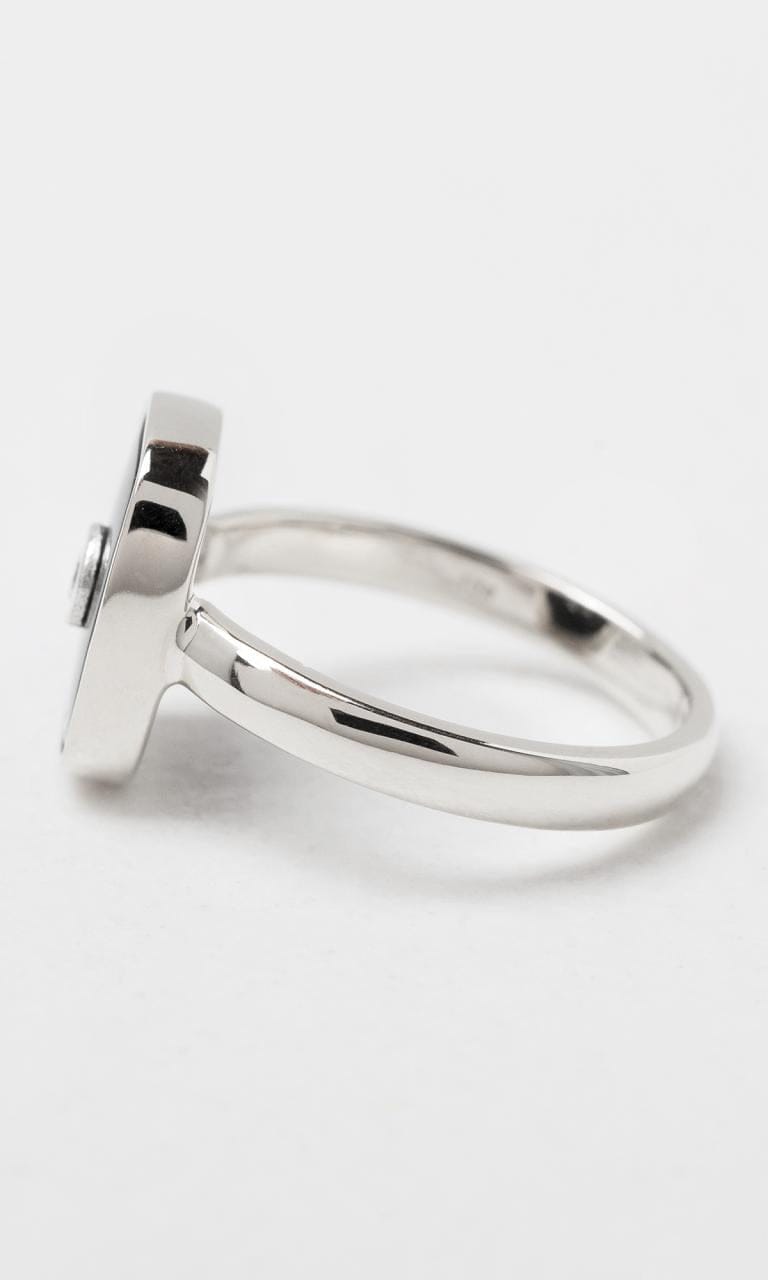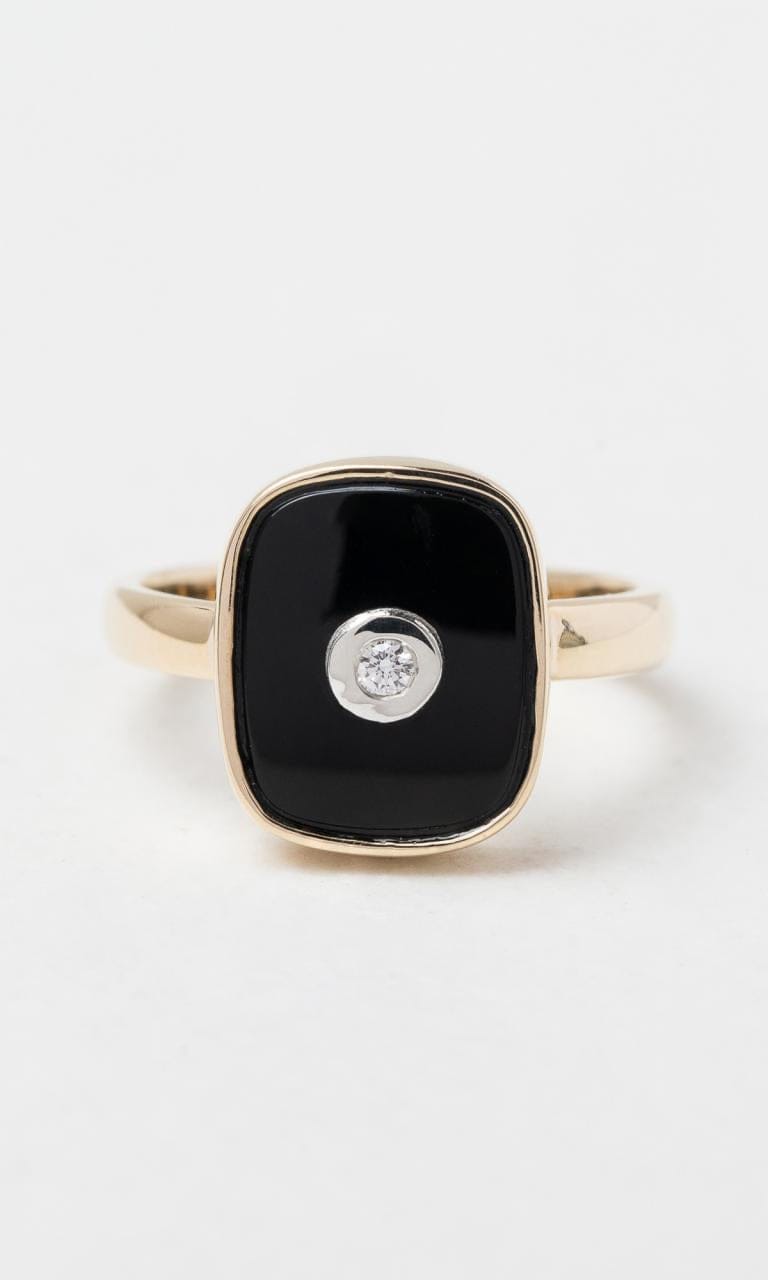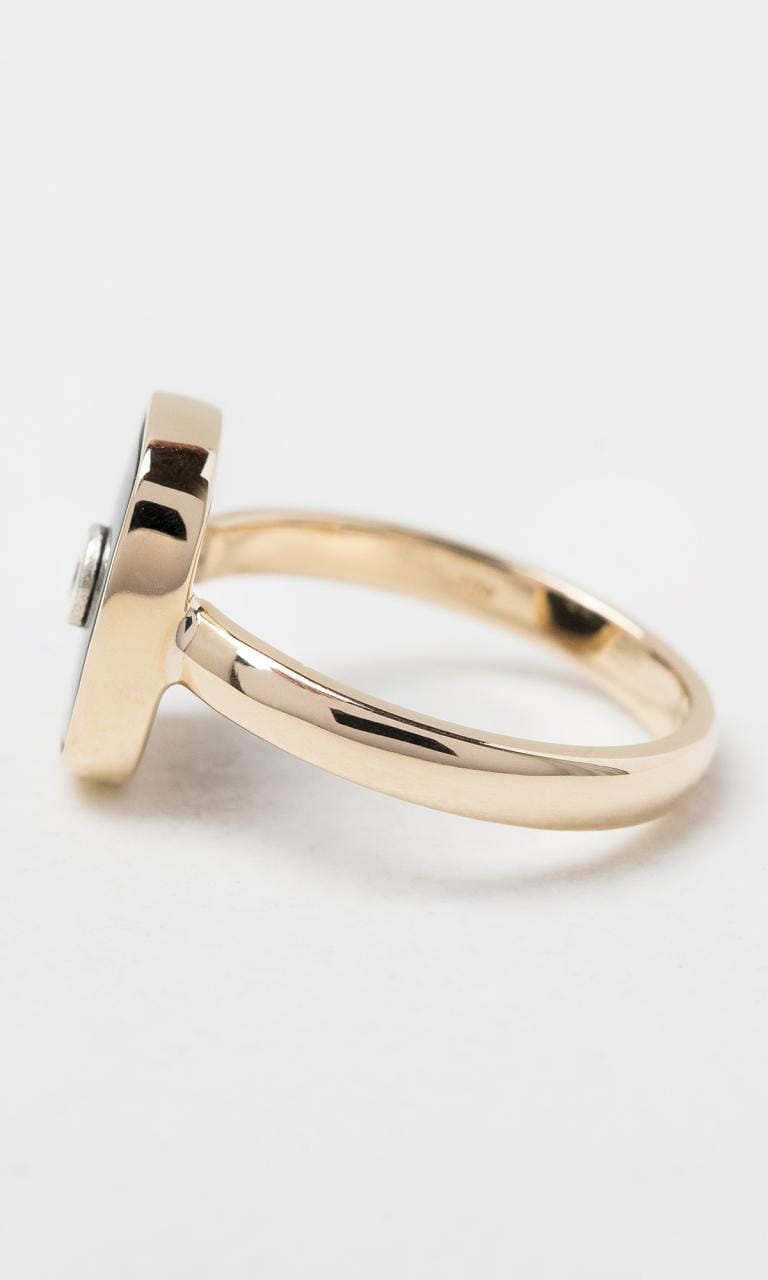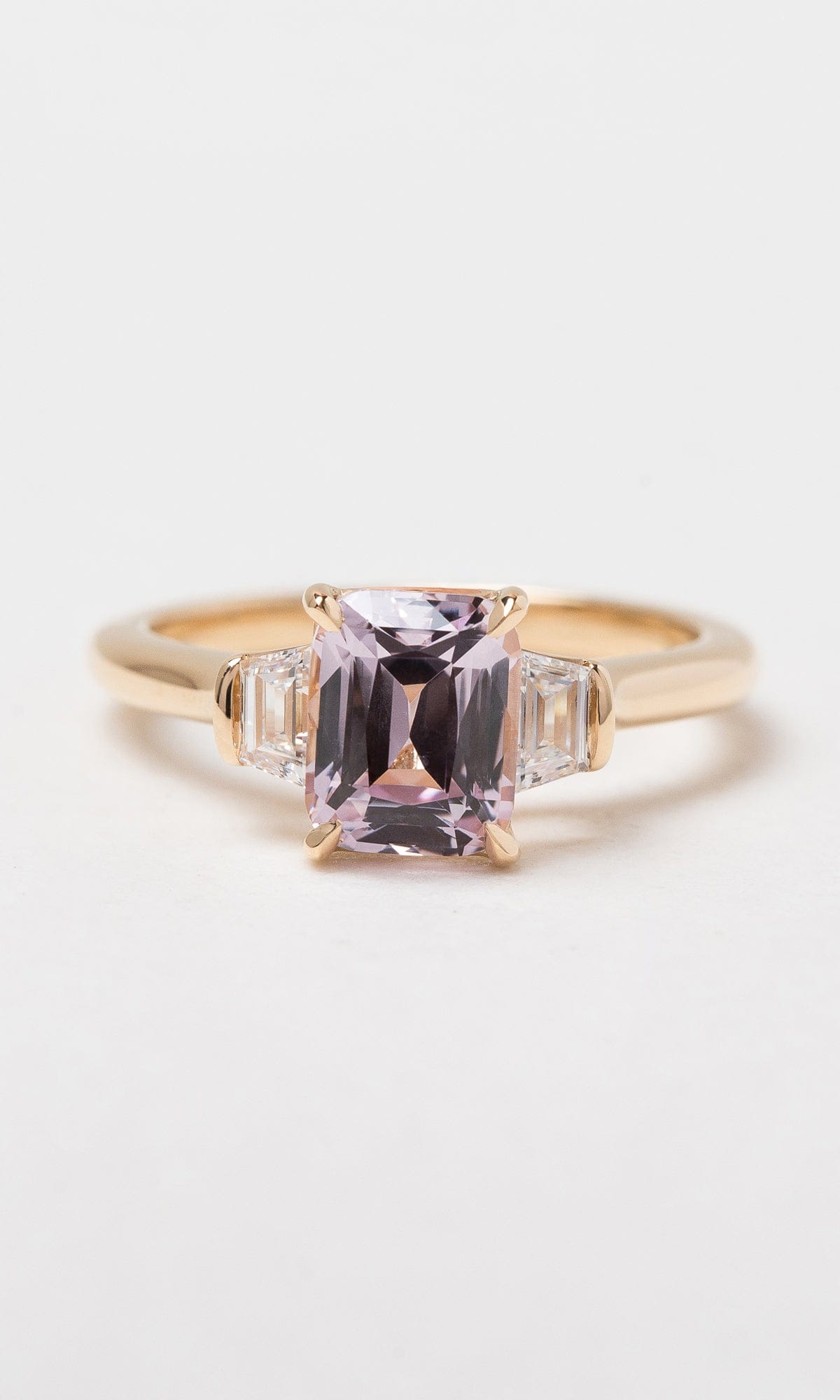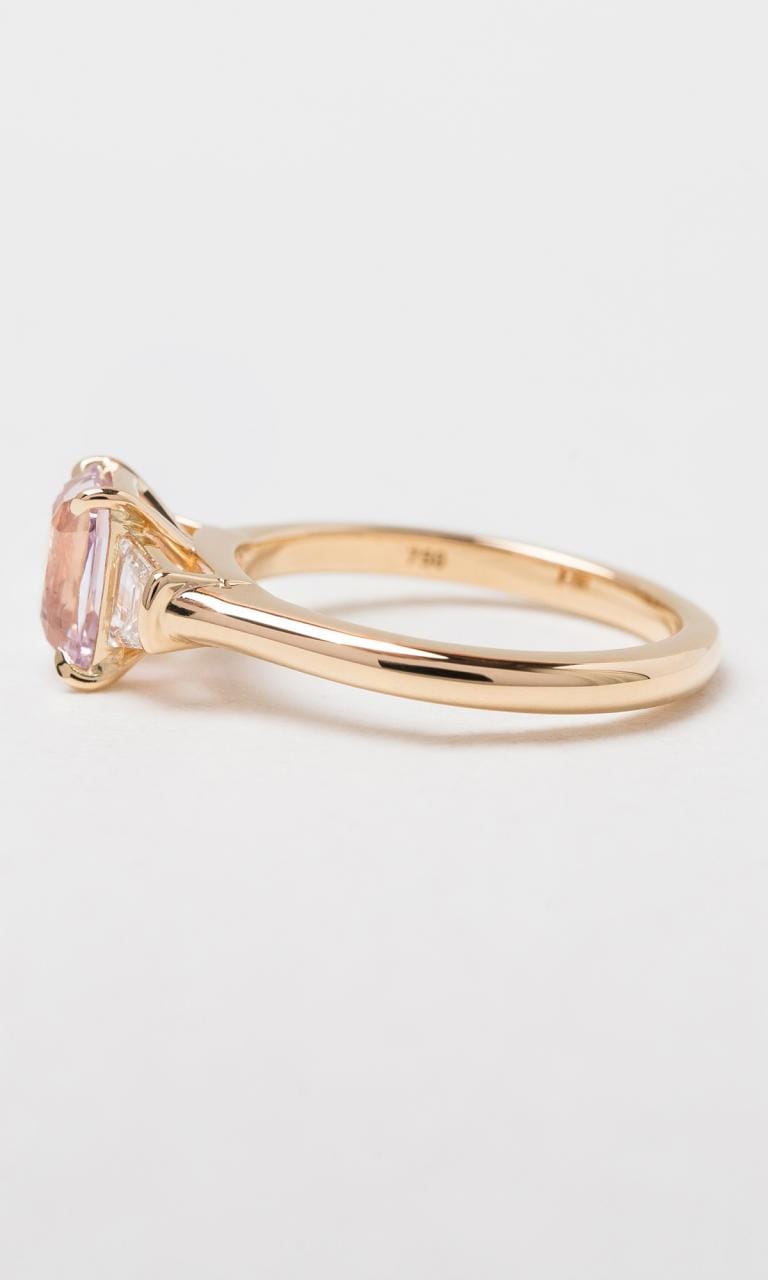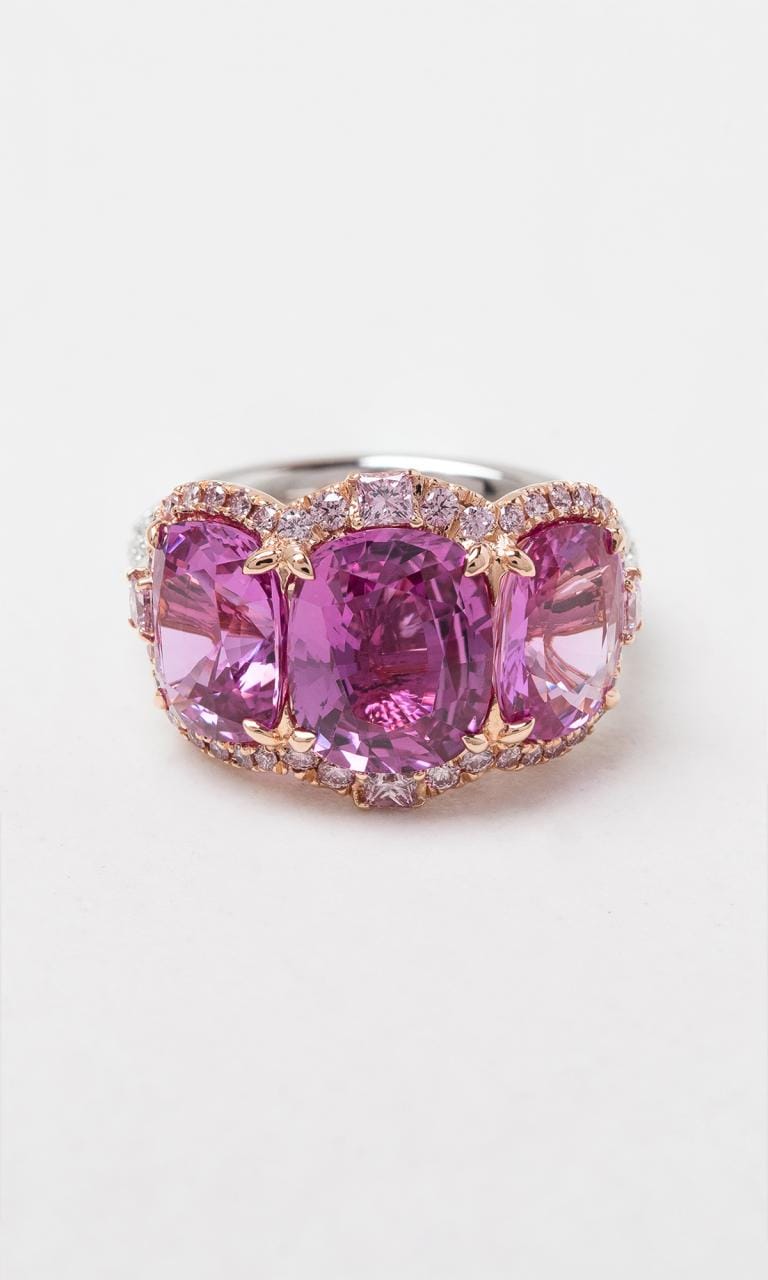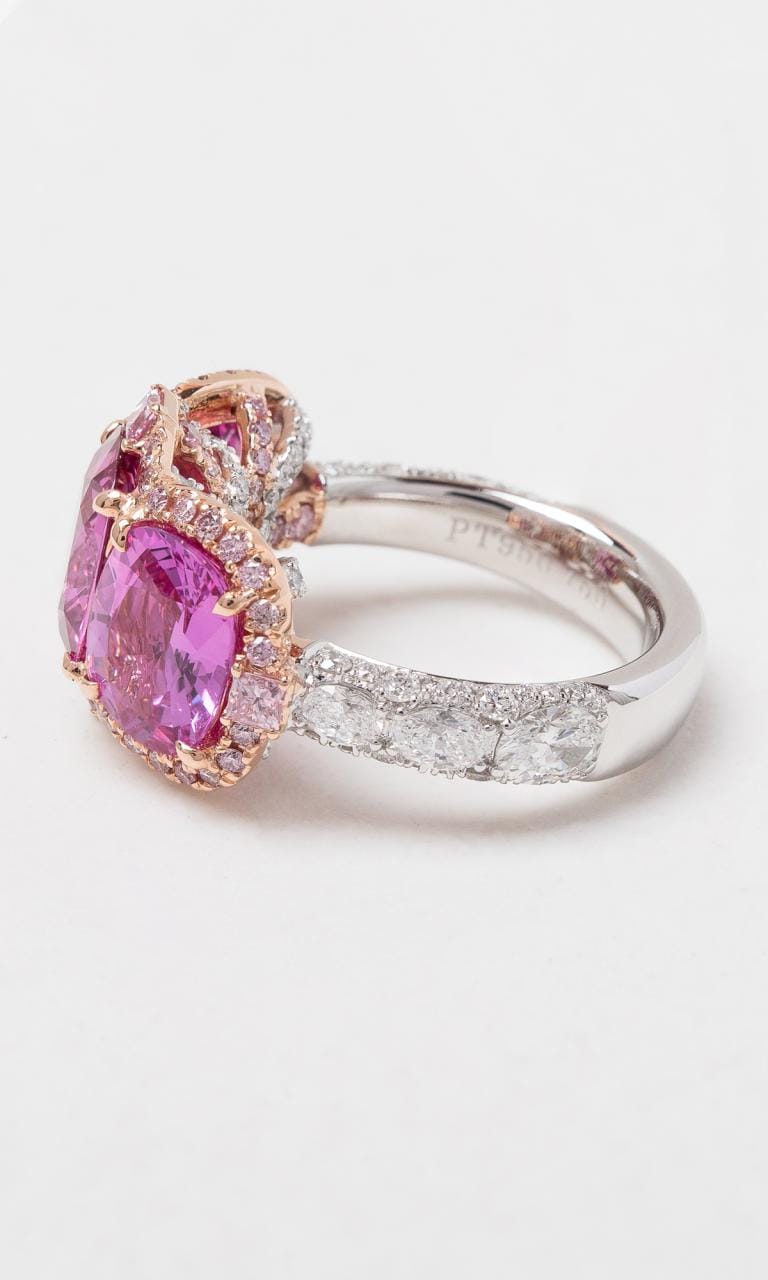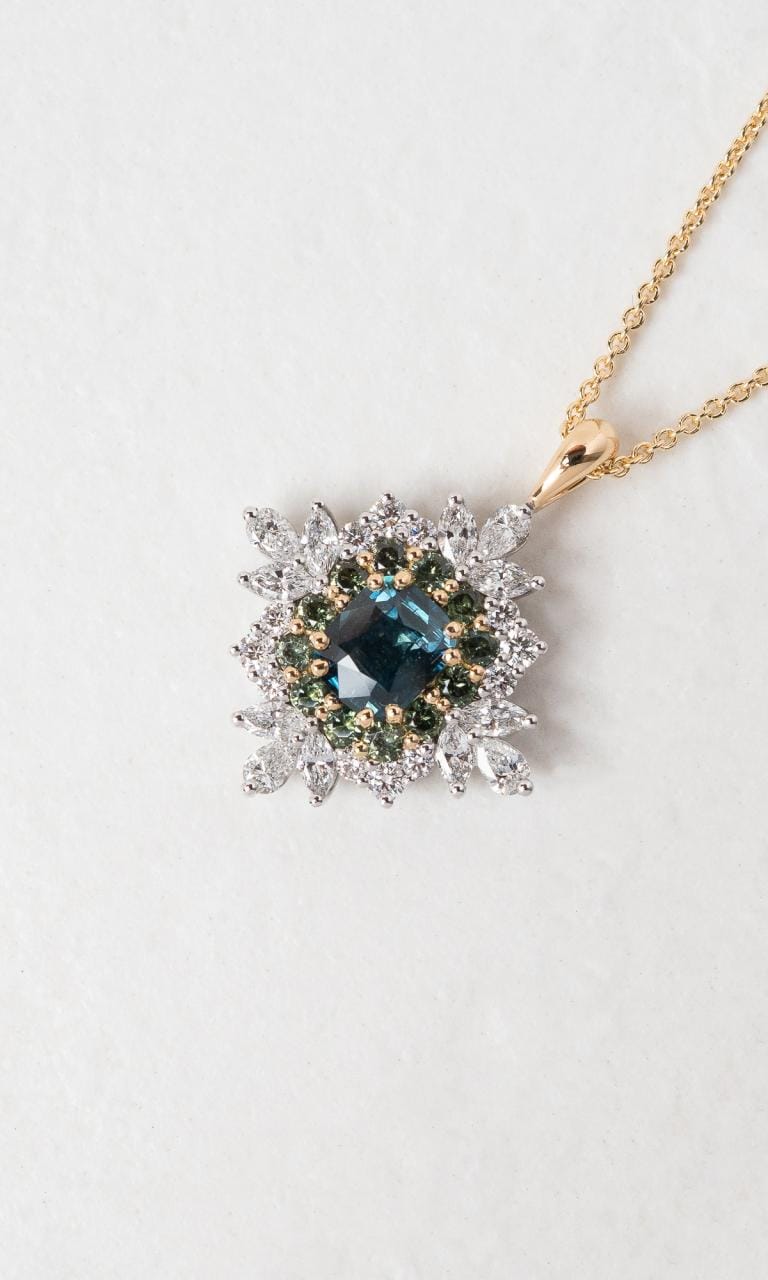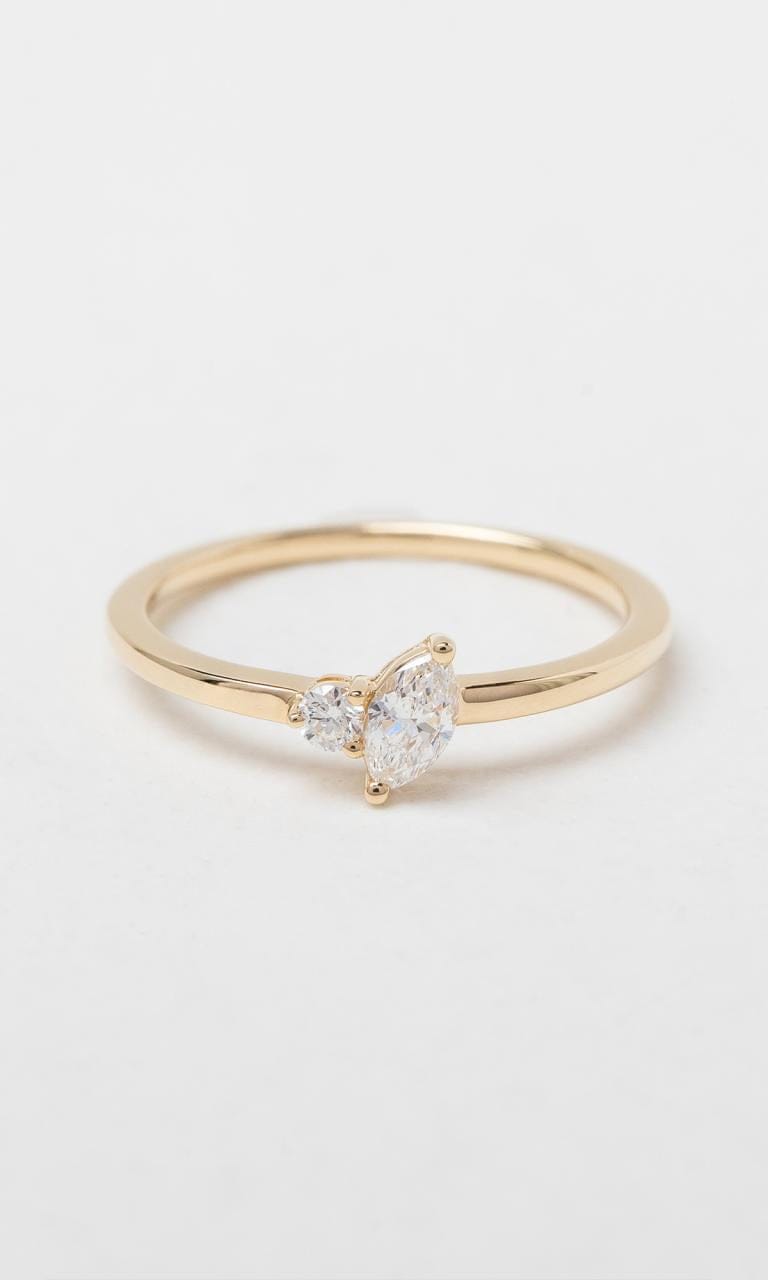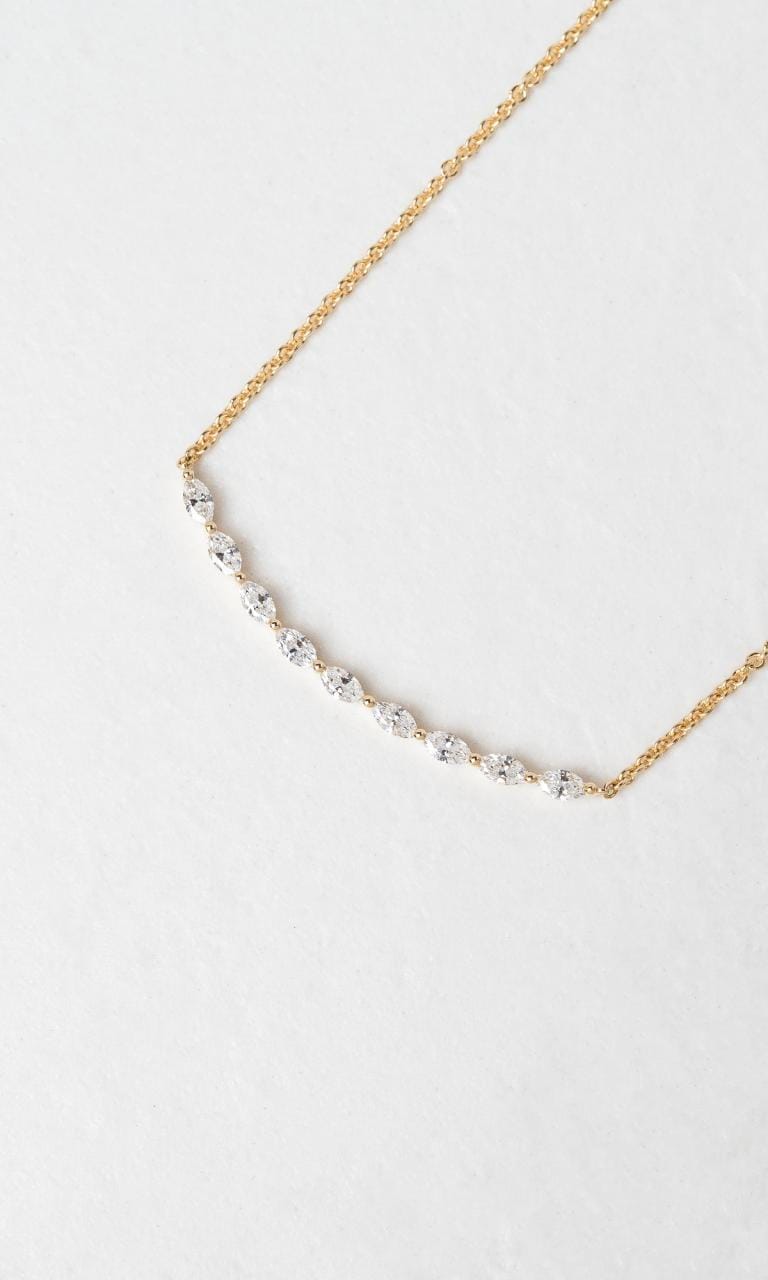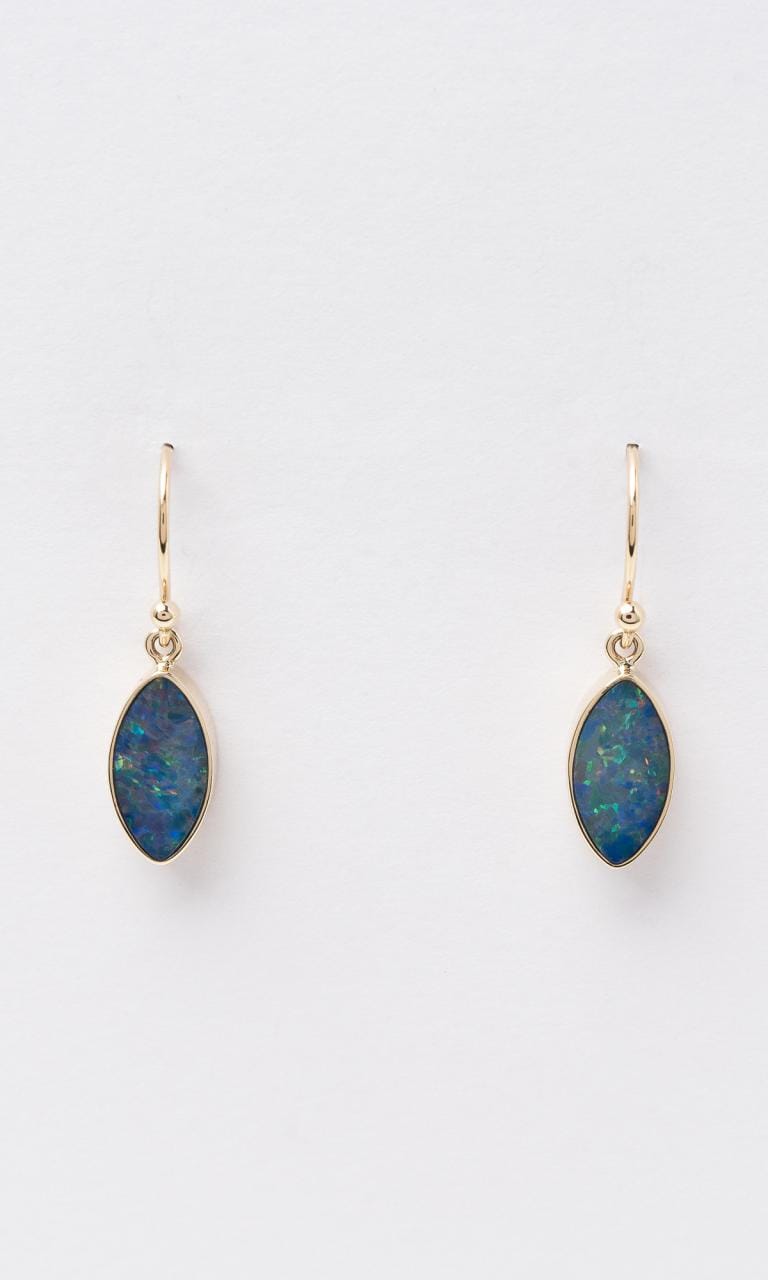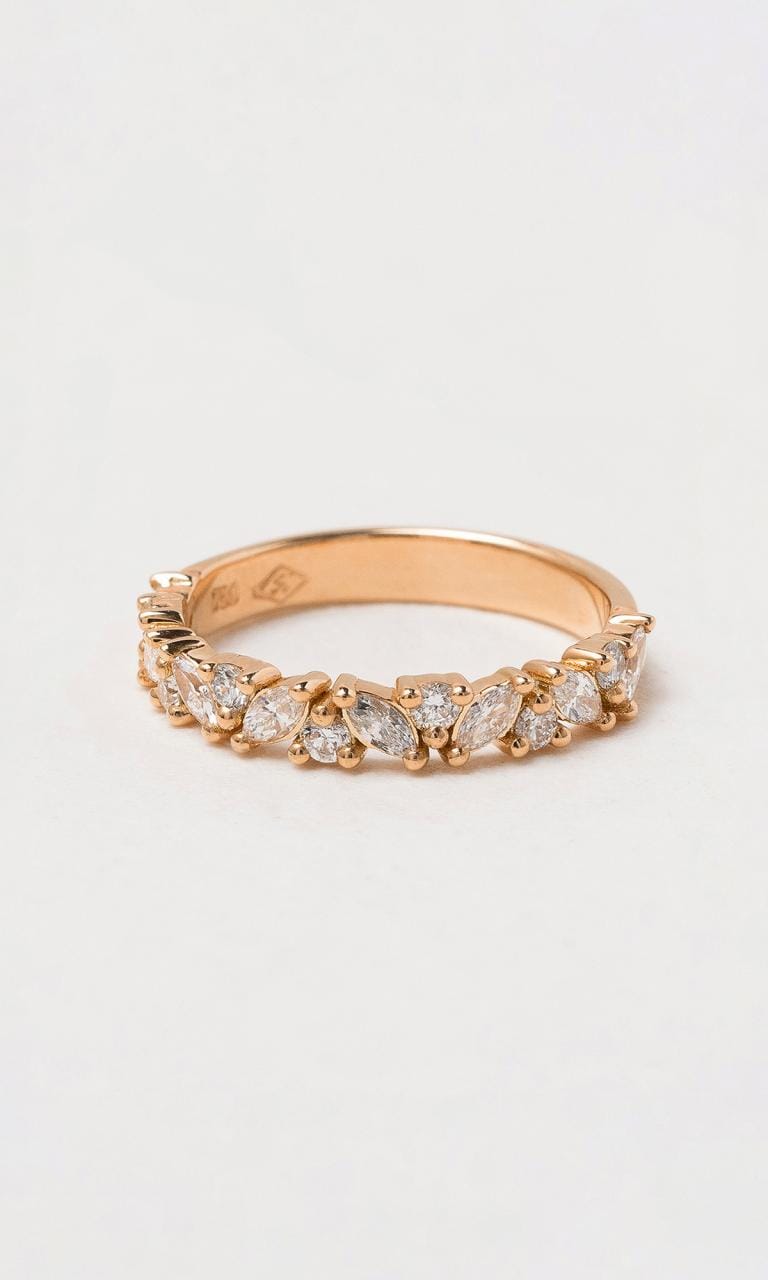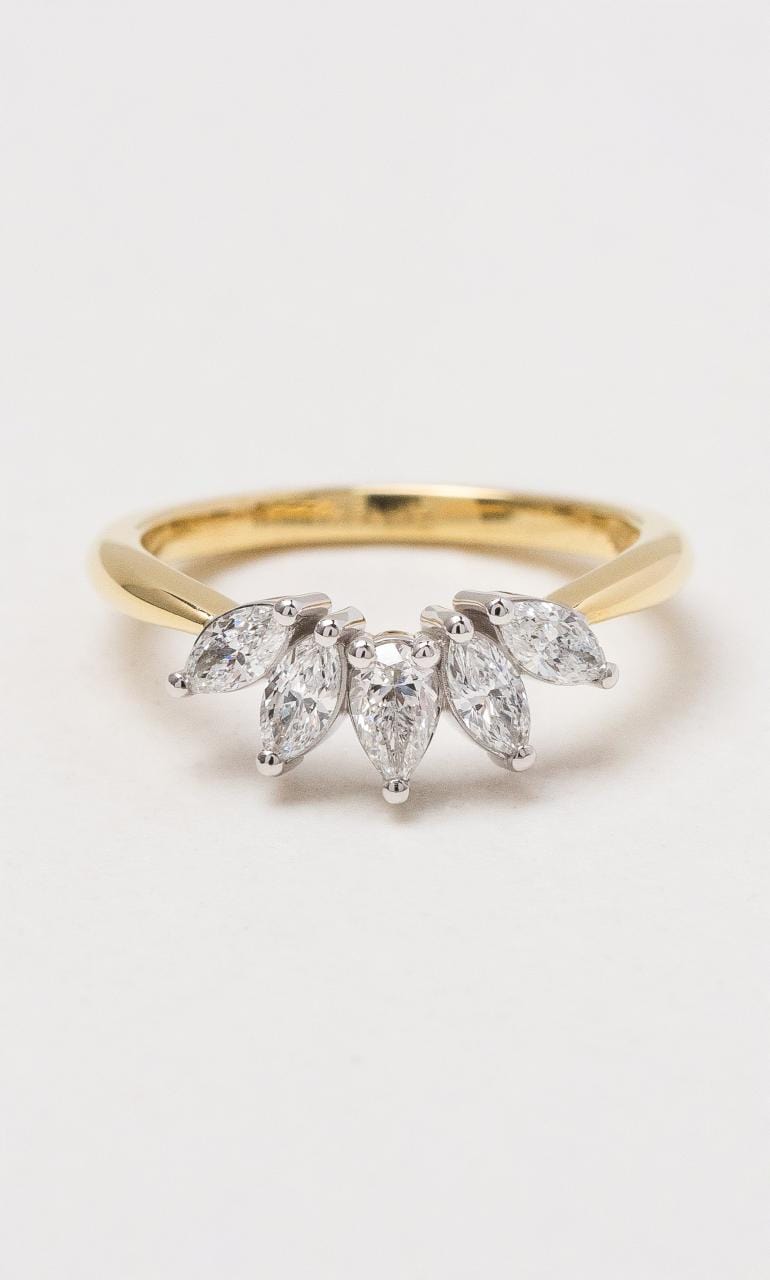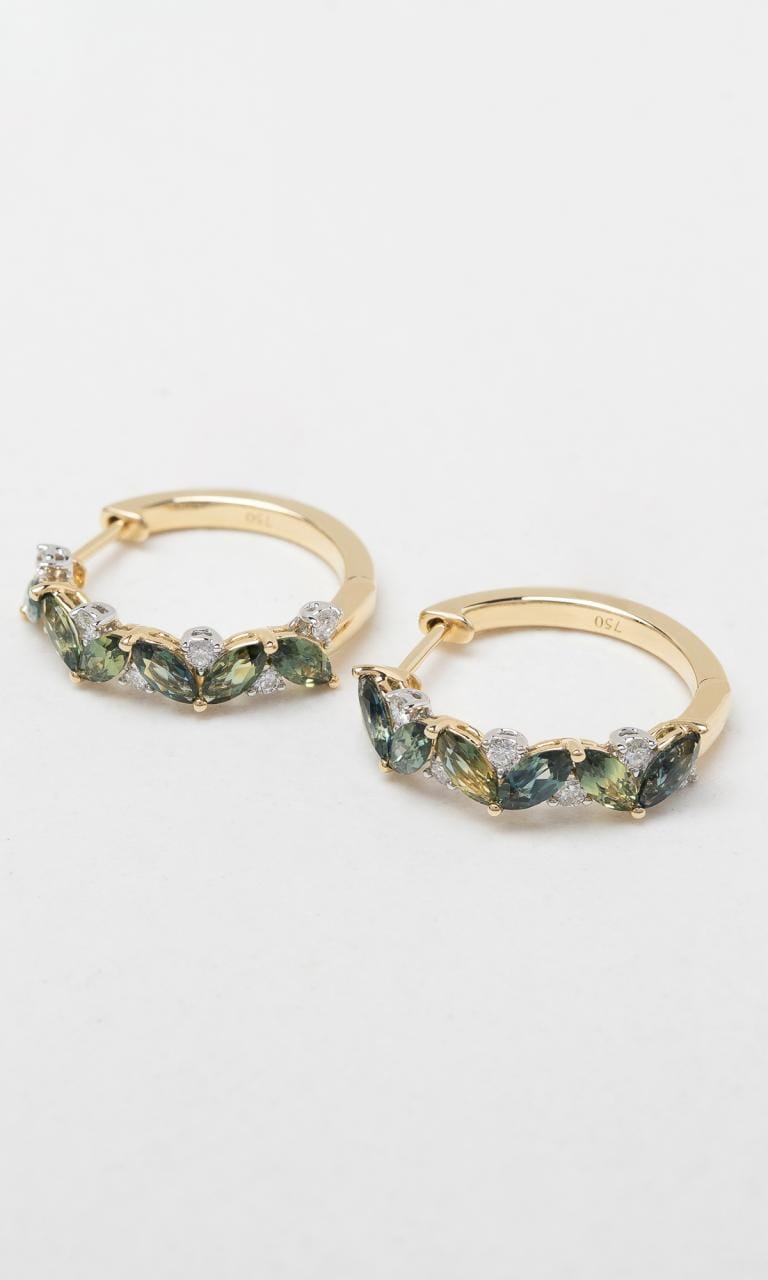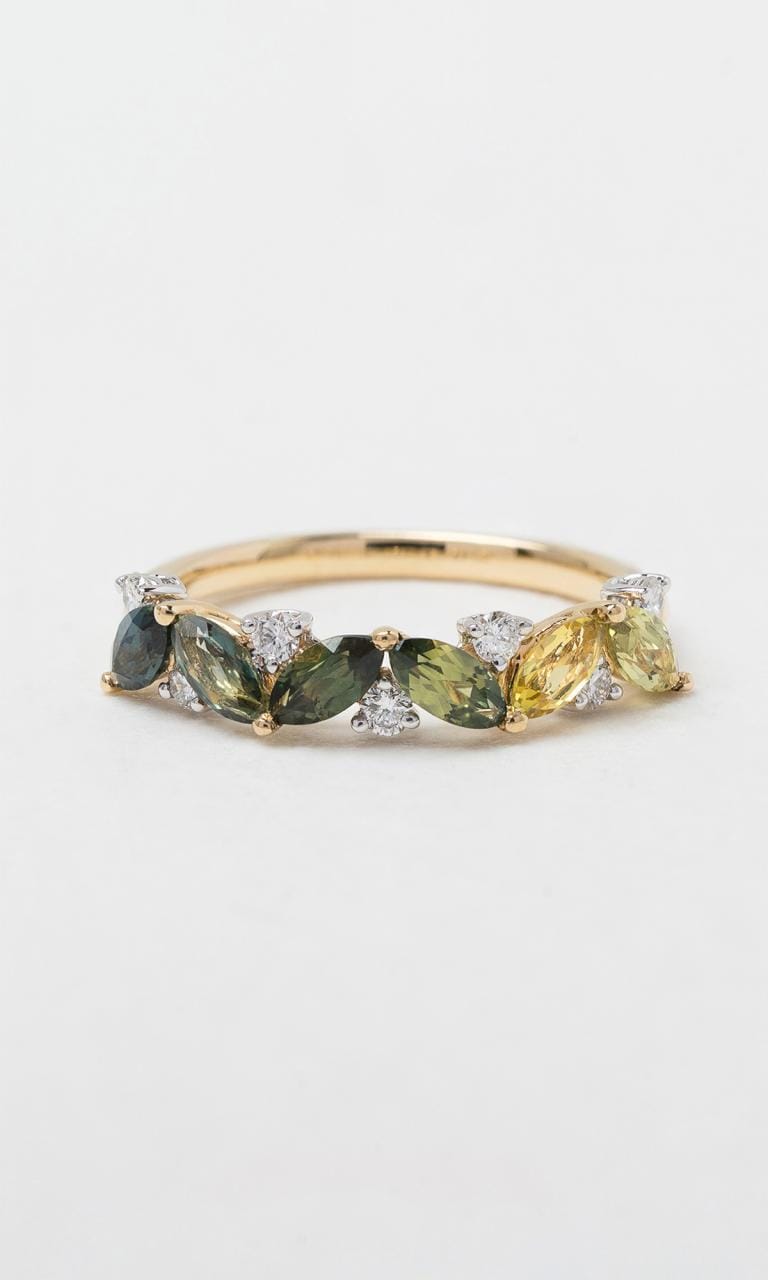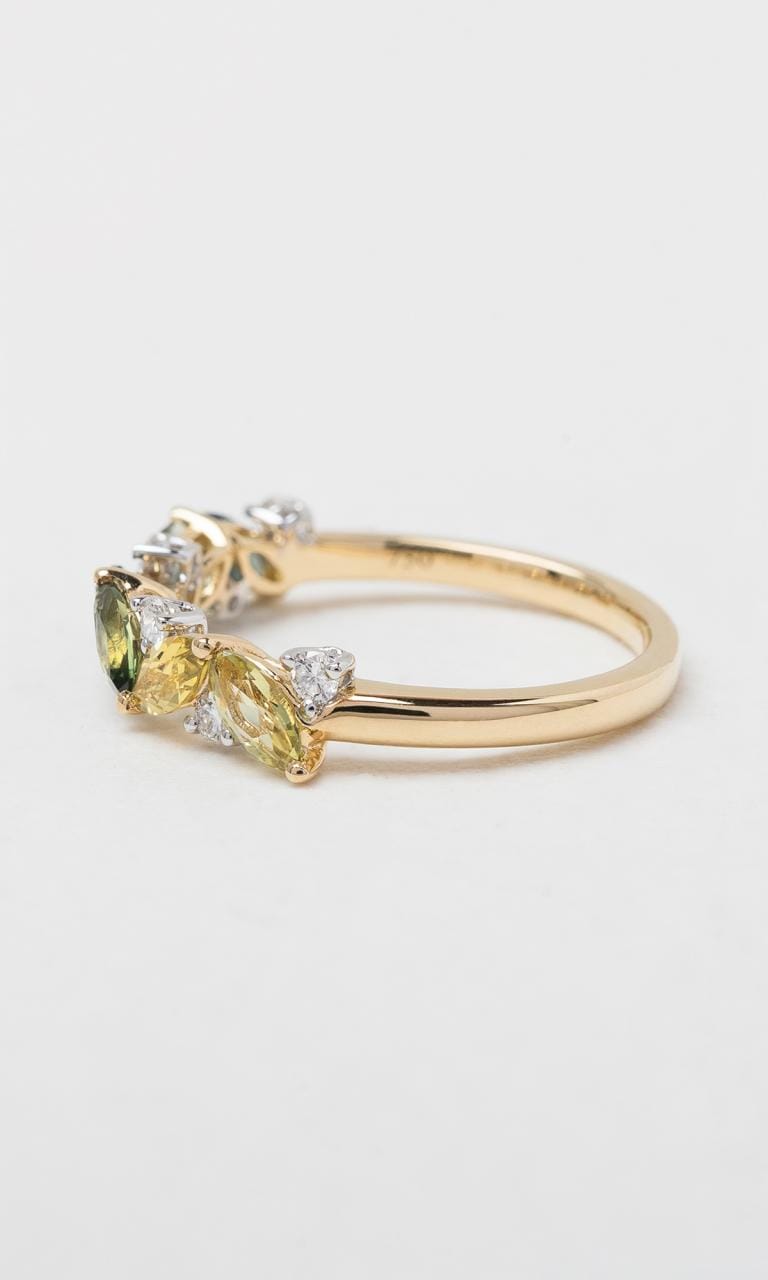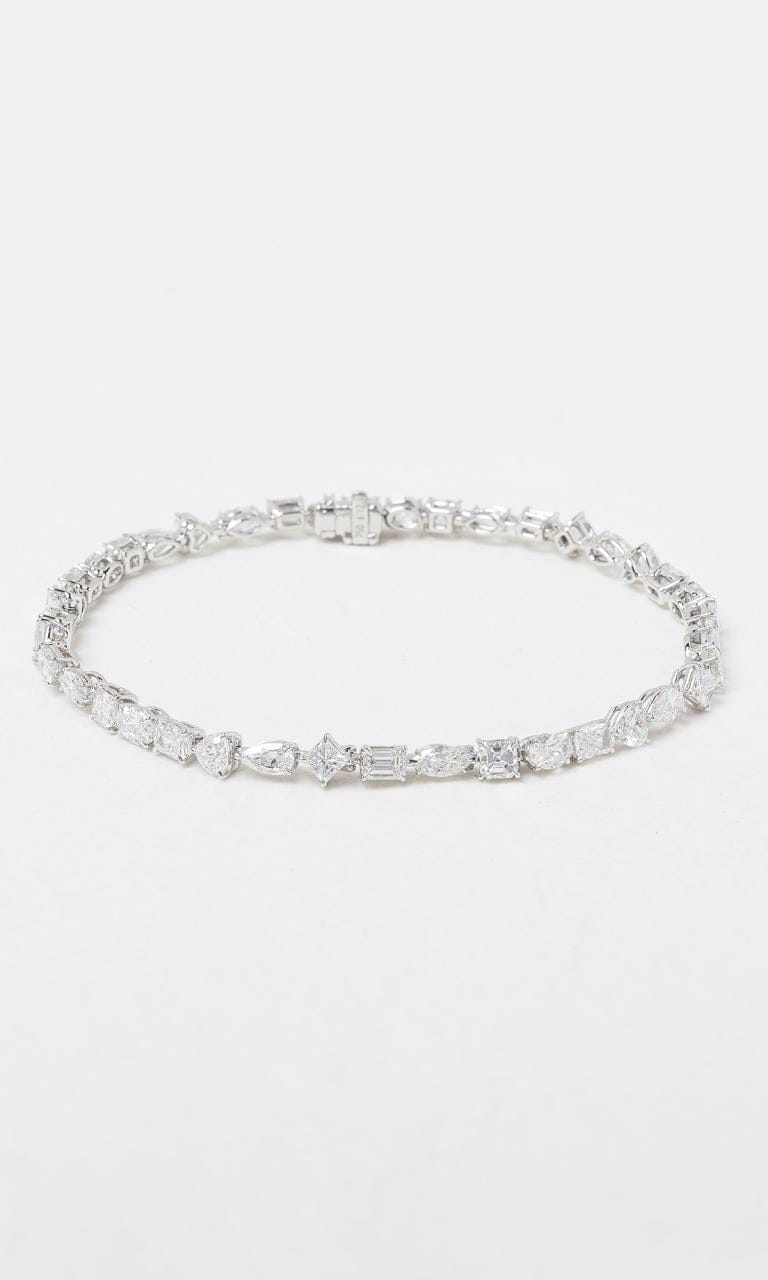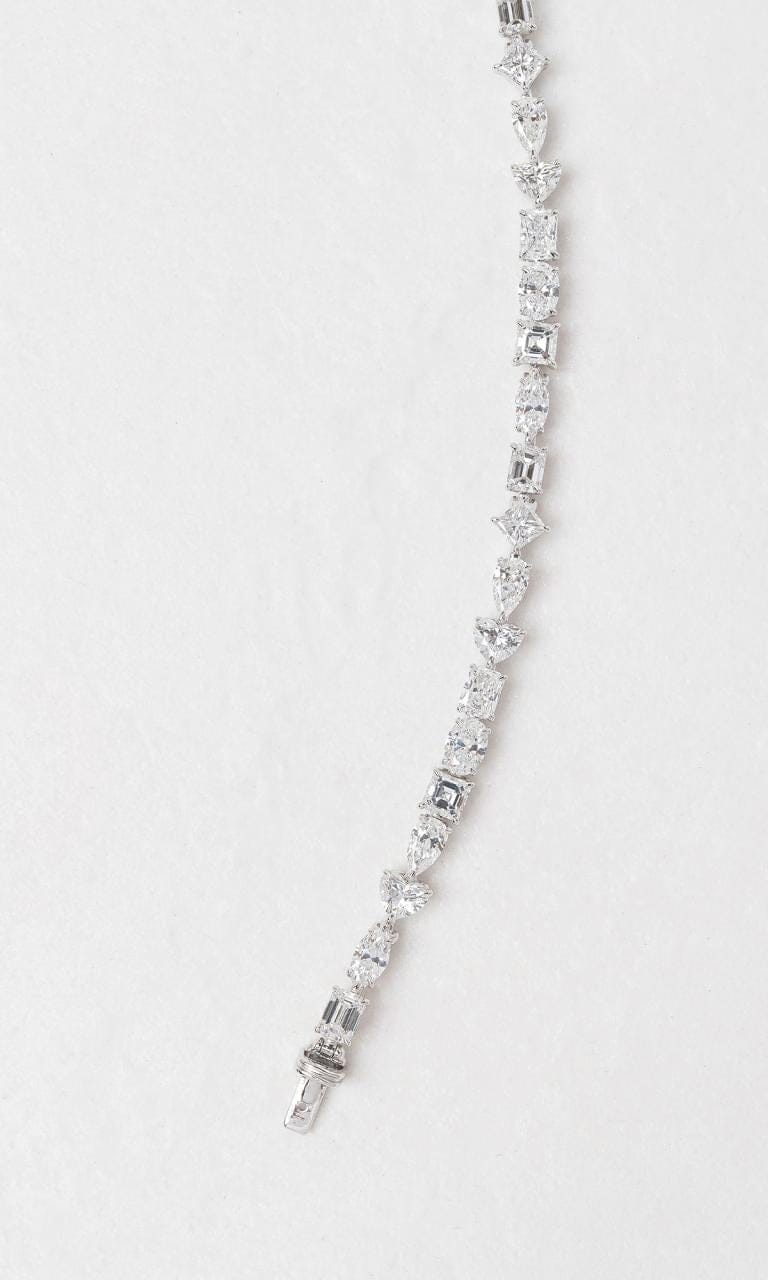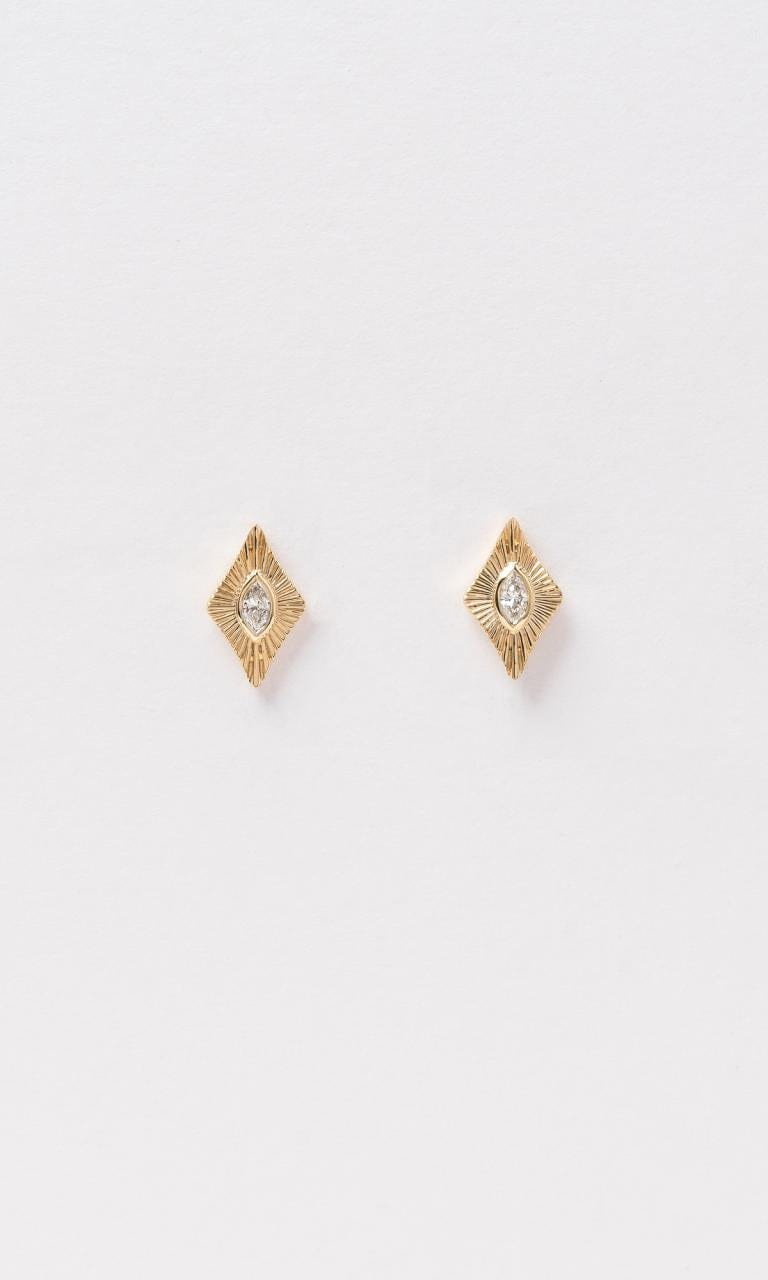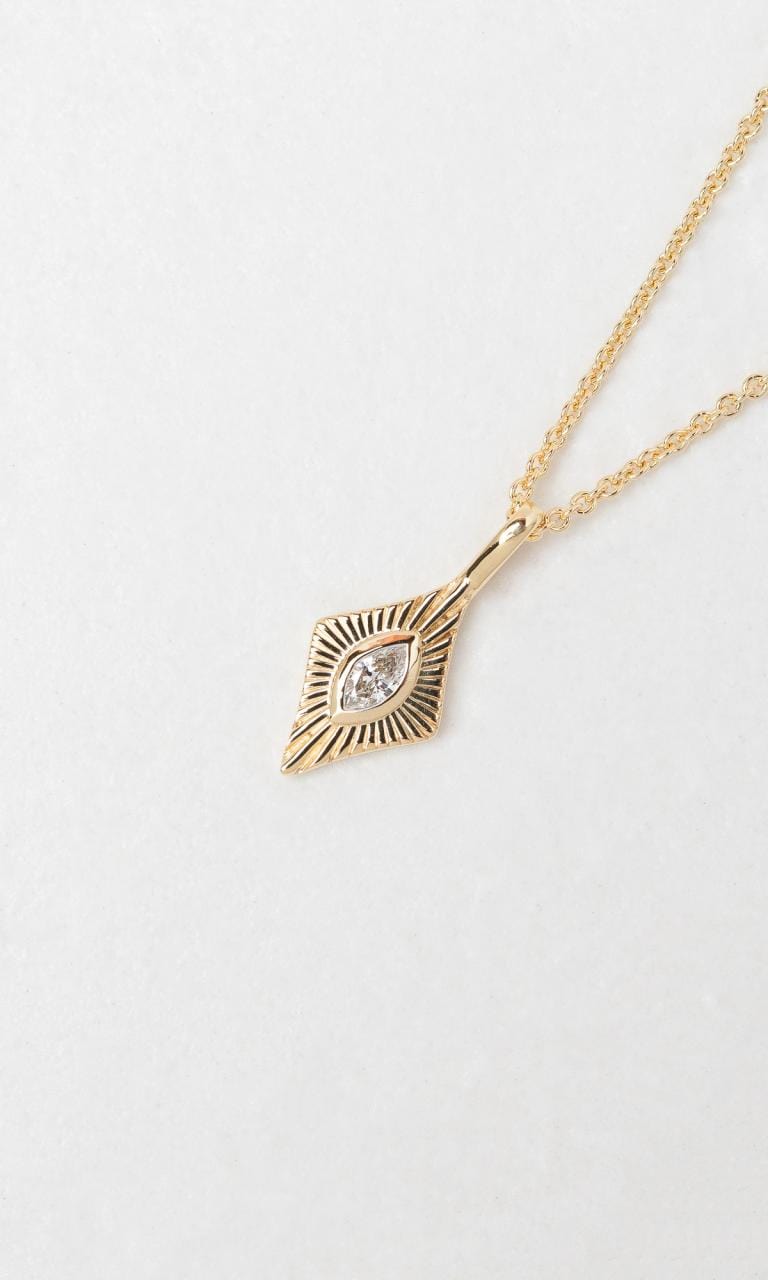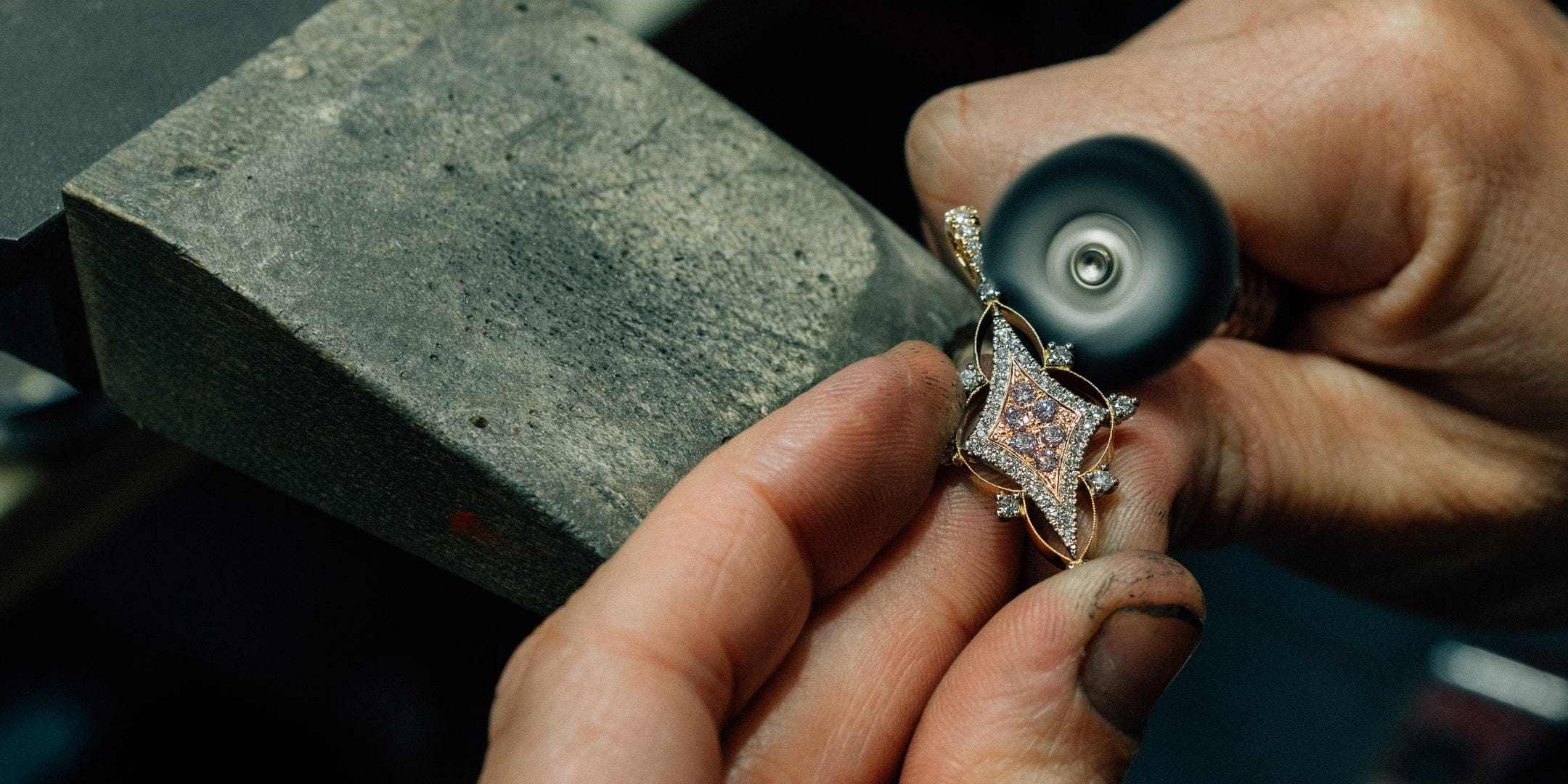Understanding Different Gemstone Cuts
______________
Of the 4Cs, cut is the most complex and doesn't just refer to the shape of the stone, but the way in which the stone has been cut. When you think of diamonds, you might picture the classic round diamond shape, which is by far the most popular.
If you’re looking for something different, there are plenty of other shapes available to match your distinct style and taste. Since each diamond shape is cut to different specifications, they reflect light differently, giving each shape its own fire and brilliance. When choosing a diamond for your engagement ring, it's vital to have a comprehensive understanding to ensure you are getting only the finest quality.
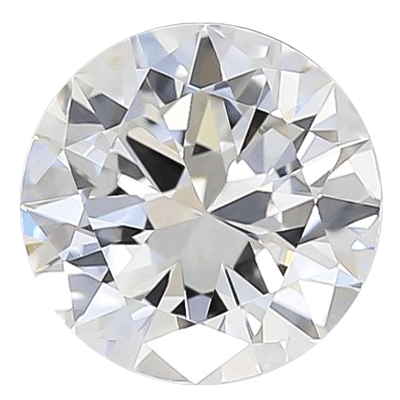
Round Brilliant
A brilliant cut is defined as one resembling two pyramids placed base to base, intended to enhance the gem's sparkle with the least possible sacrifice in carat weight.
Created by Marcel Tolkowsky in 1919, round diamonds have 58 facets, which causes light to bounce from the bottom of the diamond back through the top. This dancing of light gives this shape its beautiful sparkle.
In order to achieve the fire and brilliance of the round shape a large amount of the rough stone must be cut away. This is the main reason round diamonds are more expensive than other fancy shape diamonds.
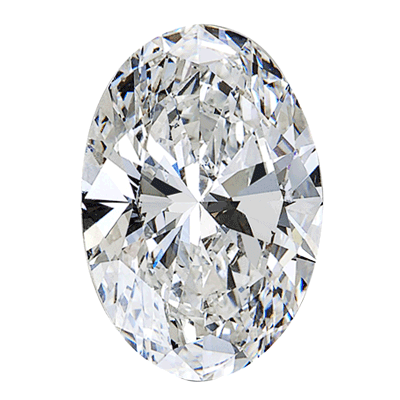
Oval
An oval cut diamond provides excellent brilliance, durability and style for the discerning buyer.
Created by Lazare Kaplan in the 1960's, oval diamonds are a uniquely modified brilliant cut. This beautiful cut has the same fire and brilliance of the round brilliant cut and is an an ideal diamond for someone who likes the beauty of the round but the elongated look of an oval cut.
As the shape has no corners, the oval cut is less prone to chipping and is able to be set in almost any style.
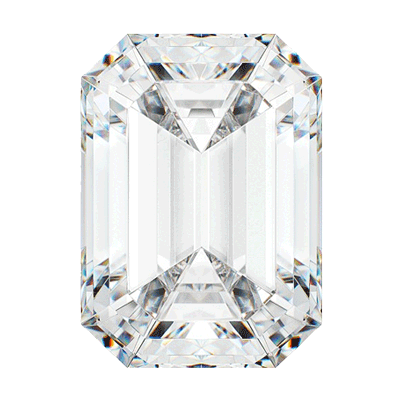
Emerald
The emerald cut diamond provides for deep clarity, a large surface table and abundant reflections both of white and coloured light.
The emerald cut diamond is an elongated and rectangular shape with stepped cuts and linear form facets. To add stability and strength to the stone, the corners of an Emerald Cut Diamond are usually cropped. These beautiful cuts are more prominent in rectangle but are available in square and perfect for solitaire, pave and trio settings.
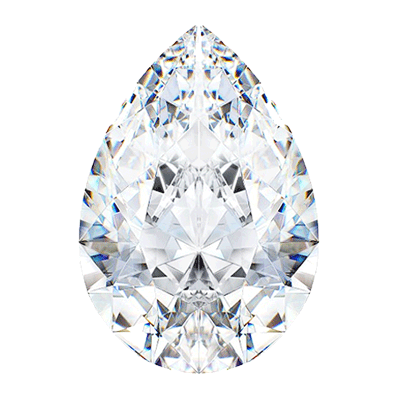
Pear
The pear cut diamond is unlike any other diamond cut blending the marquise and round brilliant cuts together to forge one rounded end tapering to a point on the other.
It is also commonly known as a teardrop or pendeloque cut and because of their elongated shape, they have a larger table on the top - up to 8% larger than a round brilliant cut diamond. Pear cut diamonds are visually stunning and versatile across modern, classic and vintage styles.
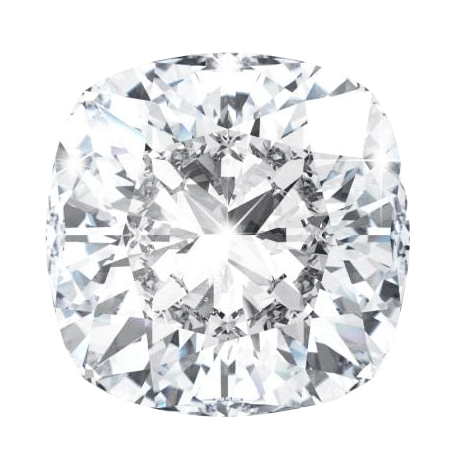
Cushion
Cushion cut diamonds have a timeless and classic appeal, with soft, rounded edges that no other shape can rival.
They're also the cut with the most dispersion, or fire. If you love those colored flashes of light coming from a diamond, you'll cherish a cushion cut diamond engagement ring.
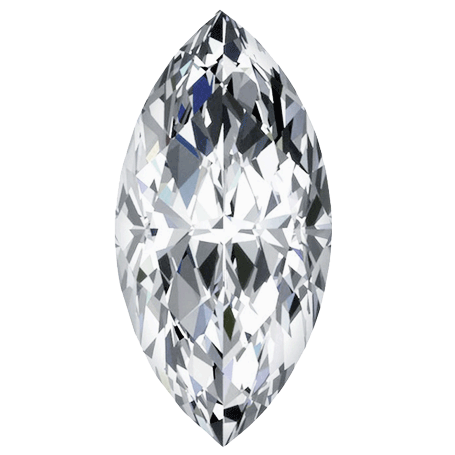
Marquise
A marquise diamond boasts 56 facets in a longer shape that ends with a point on each side.
This impressive and distinct appearance makes a marquise diamond a unique choice for those who want something different. The elongated shape makes the stone larger than other diamonds of the same carat weight and due to the length of the cut, the wearers fingers often appear slimmer and longer.
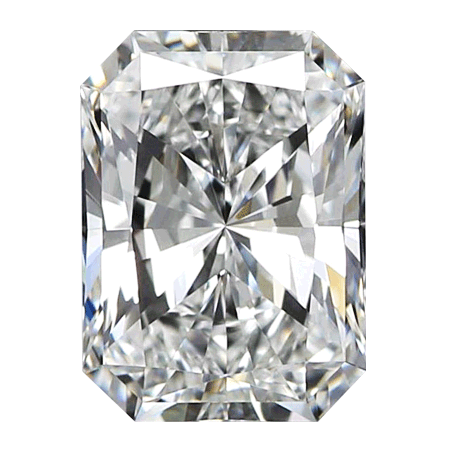
Radiant
This gorgeous cut combines the glamourous lines of a square or rectangular shape with the brilliance and fire of the impressive round brilliant cut.
Combining the finest elements of the round brilliant cut and the emerald cut, the radiant cut owes its brilliance to the 70 facets found its pavilion and crown. The precision of each facet is what produces such immense brilliance and fire.


